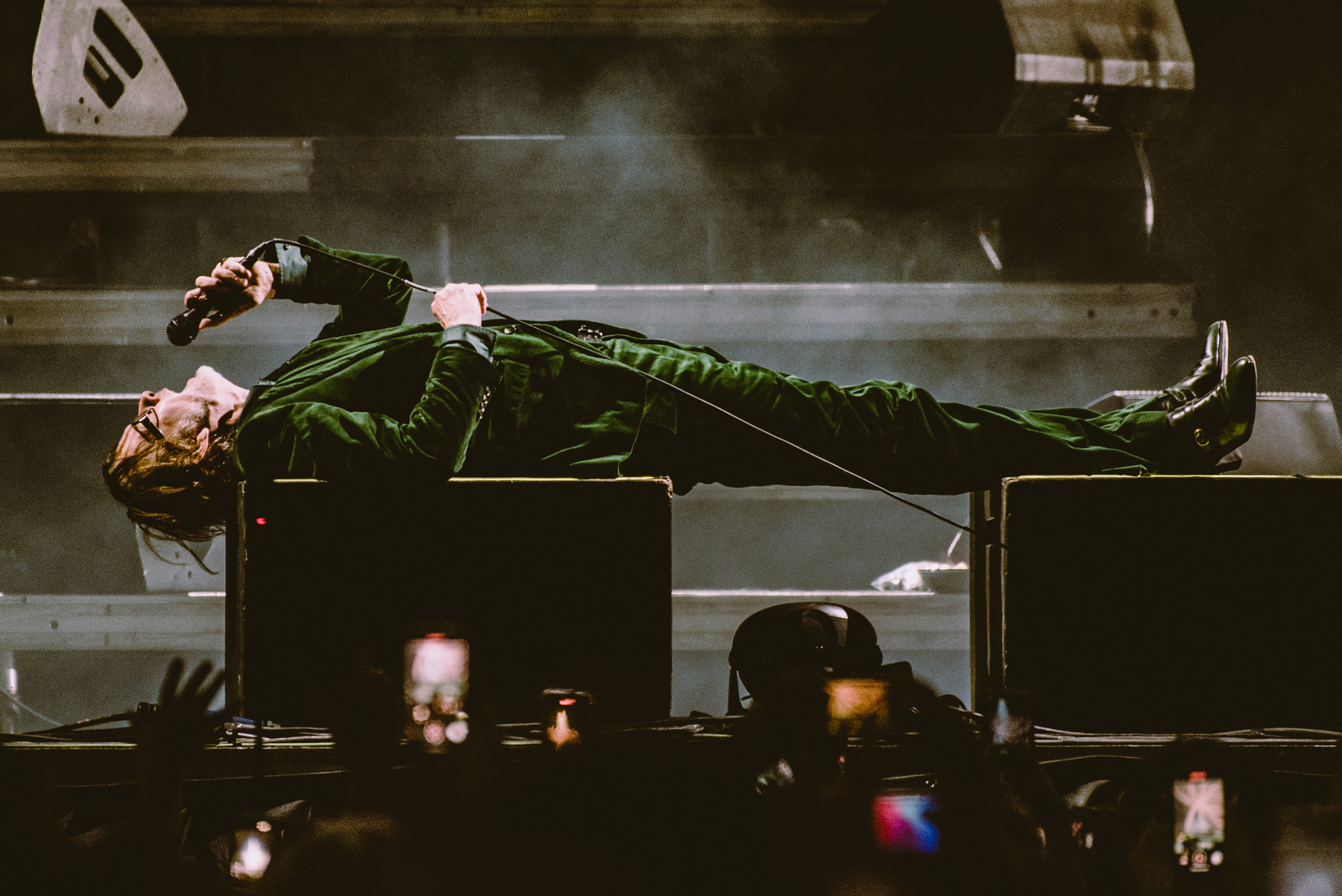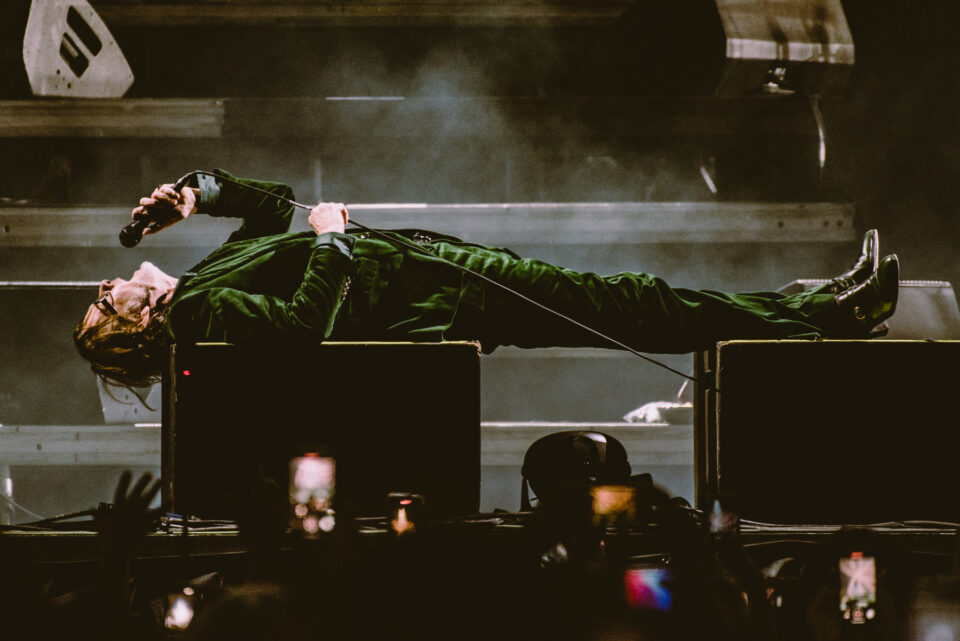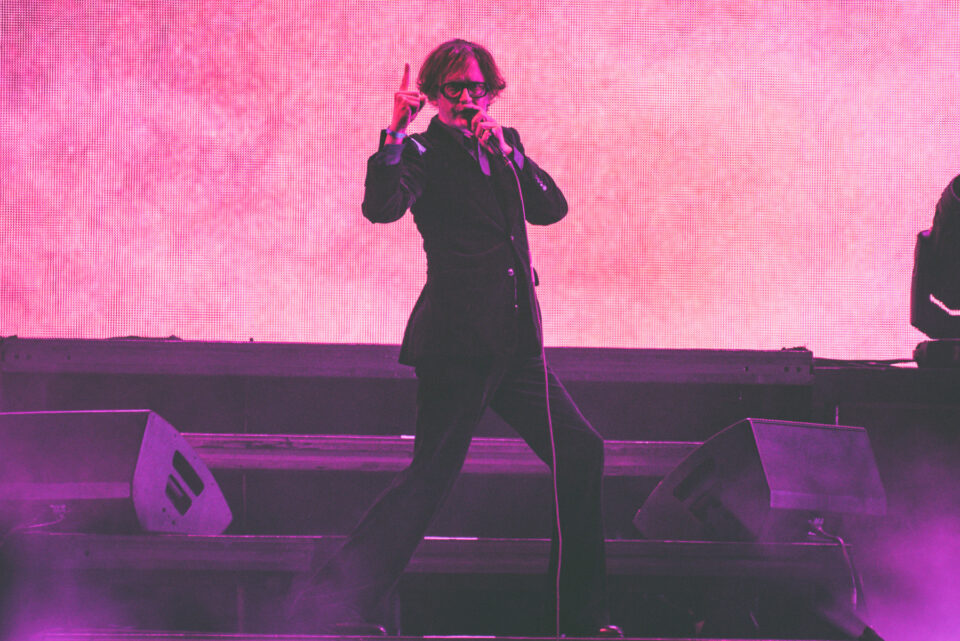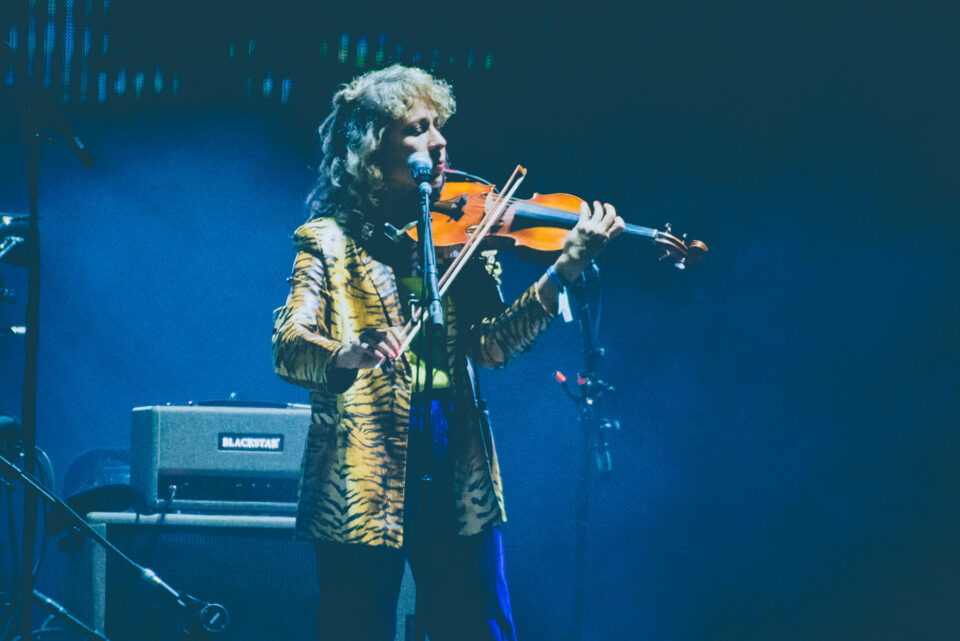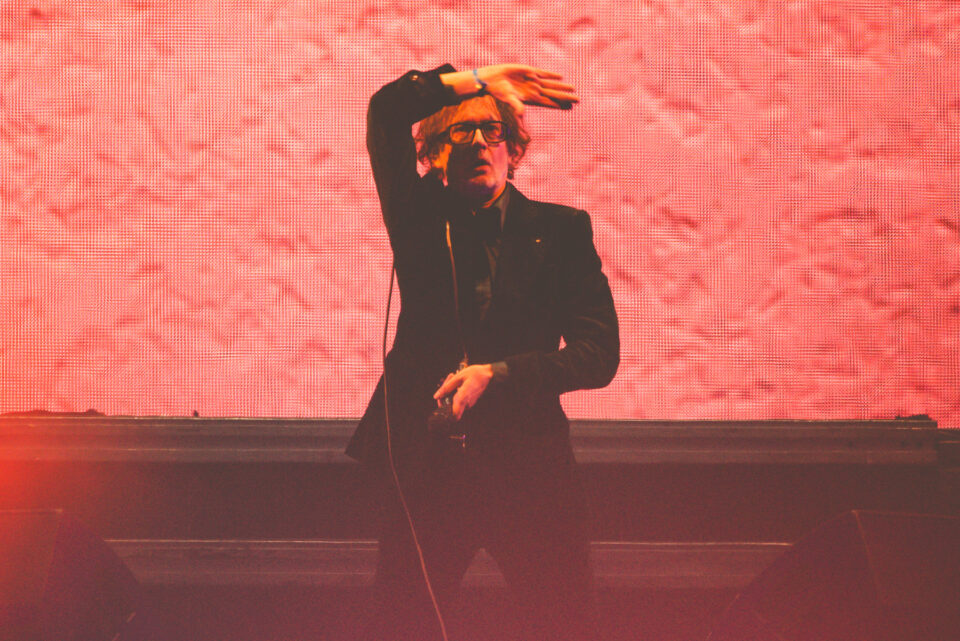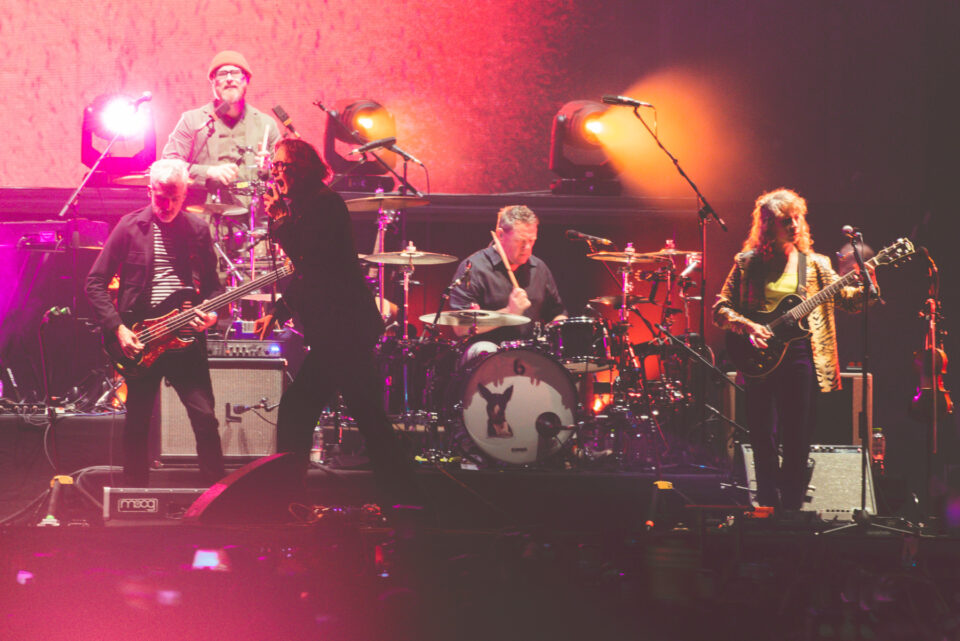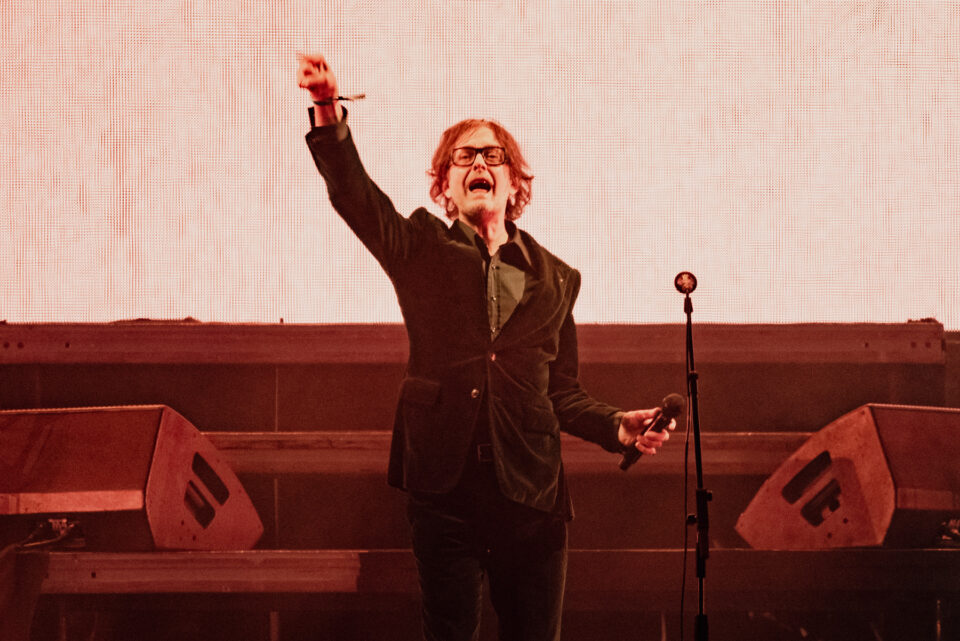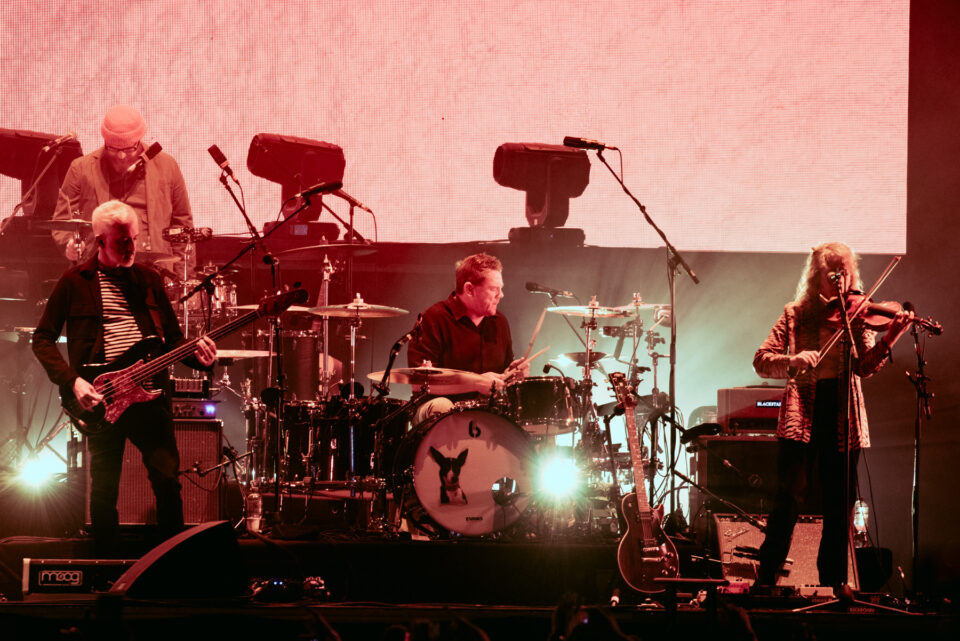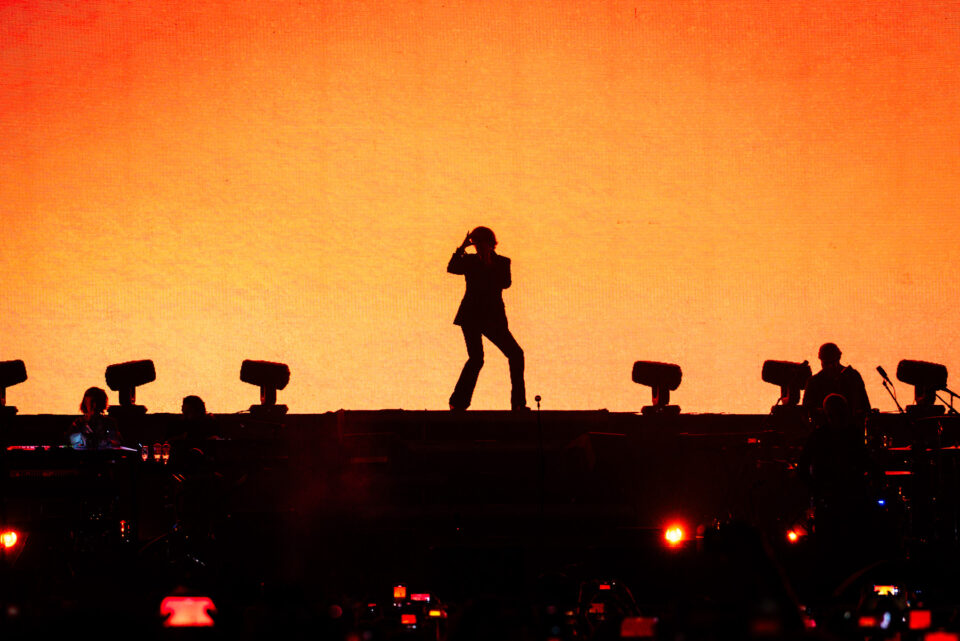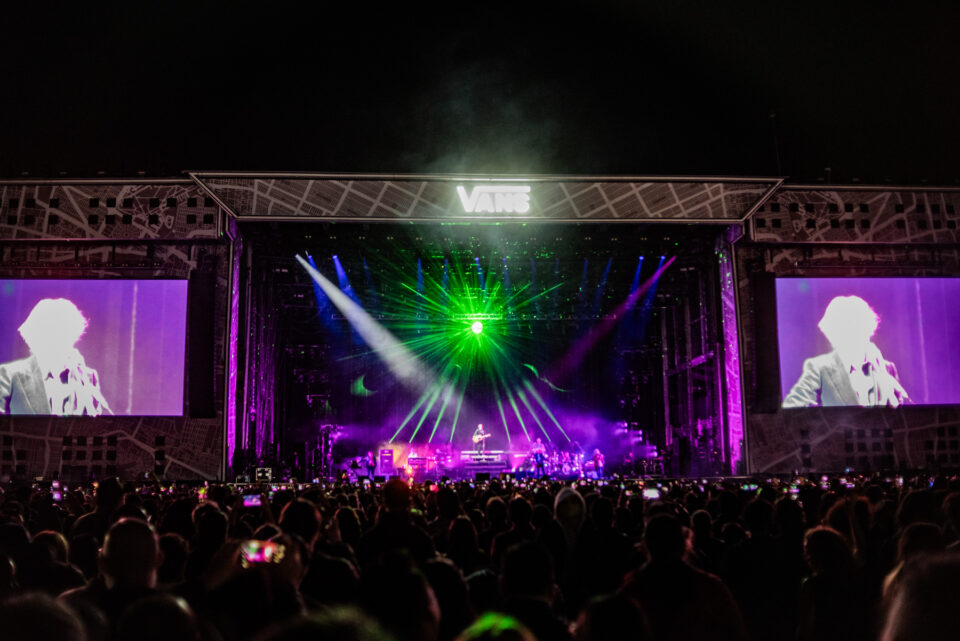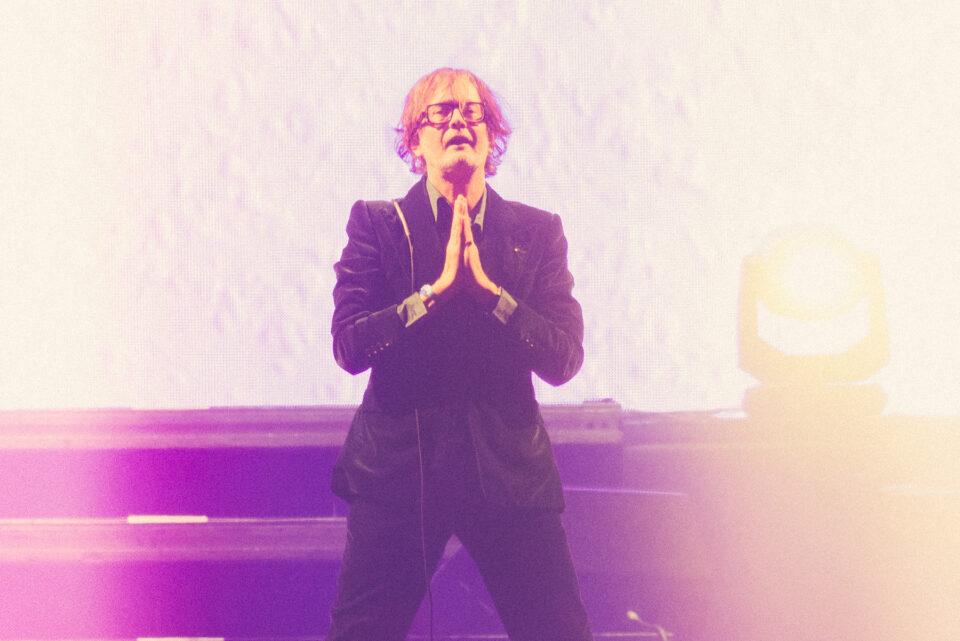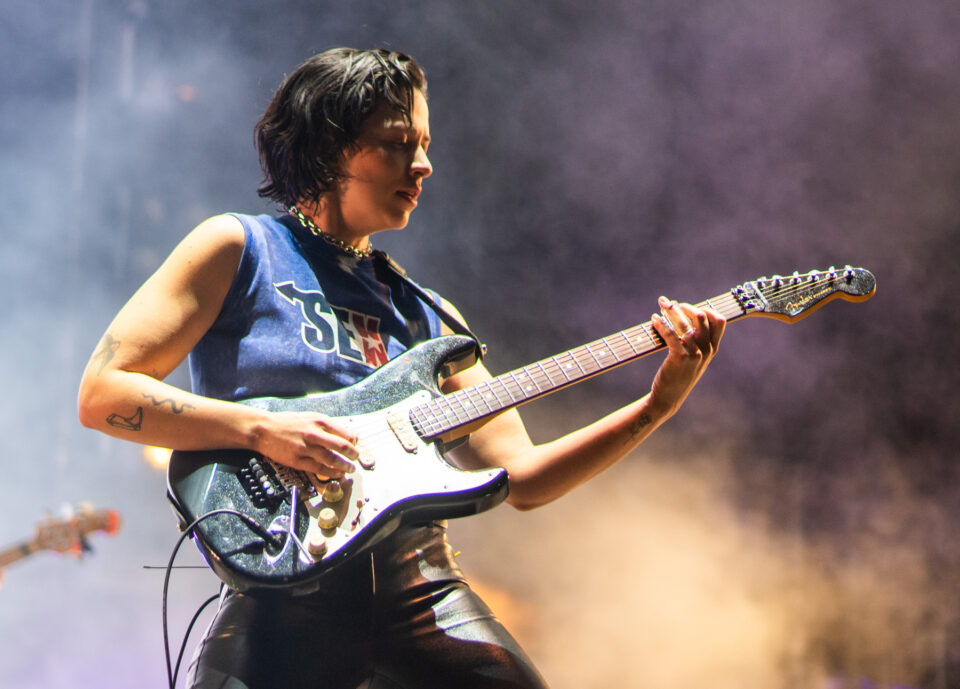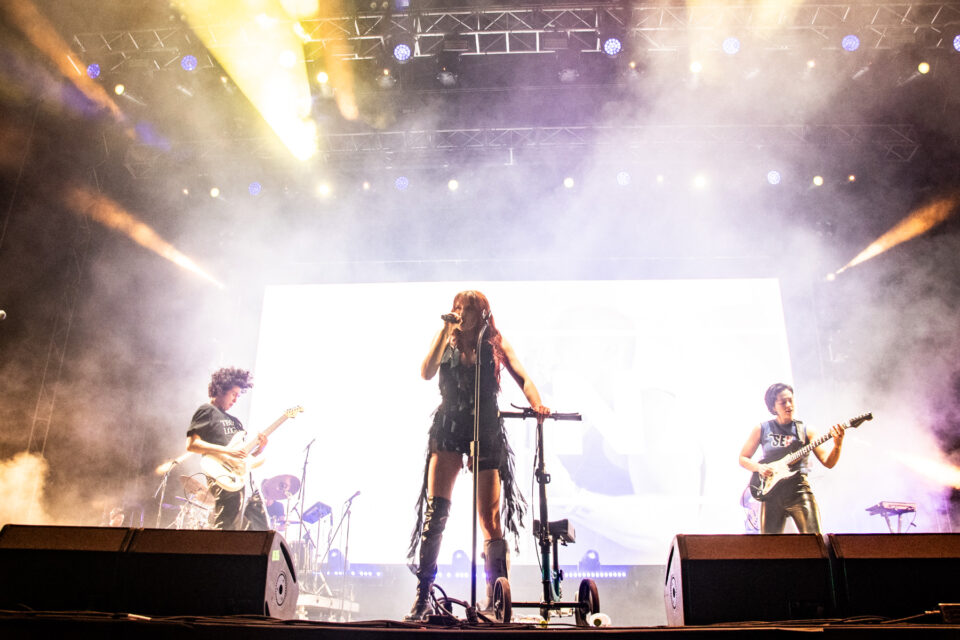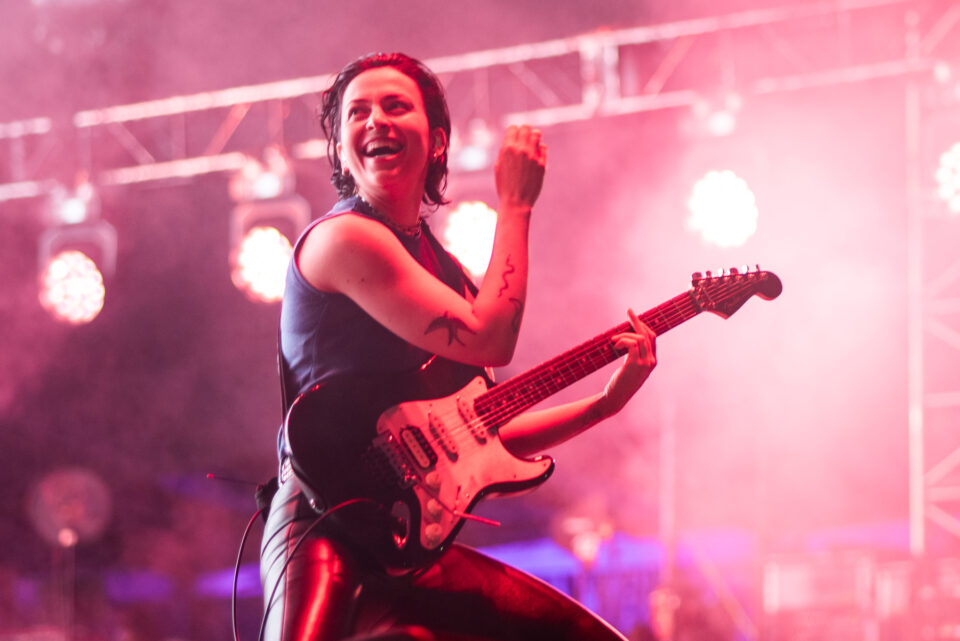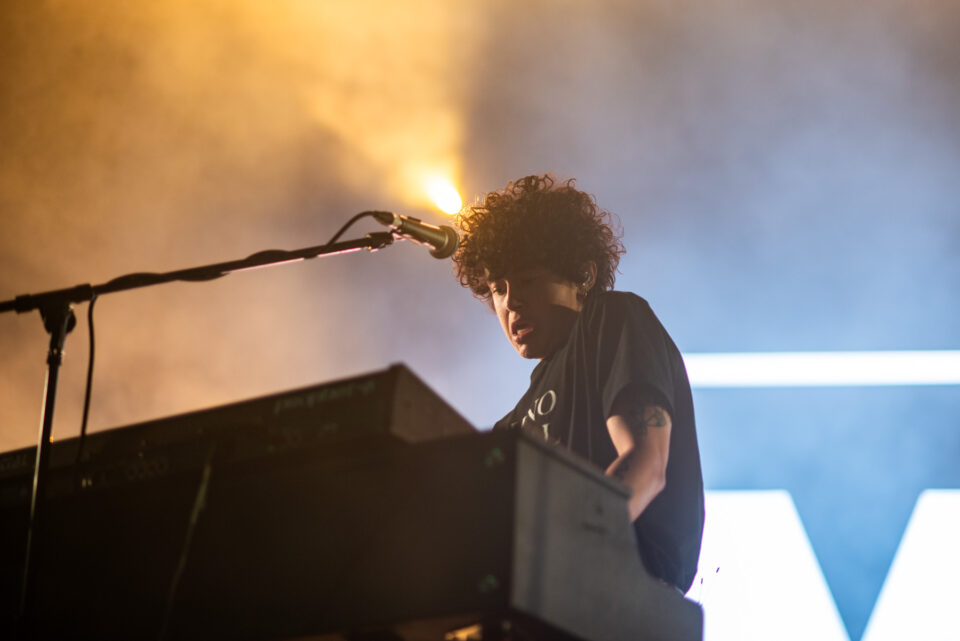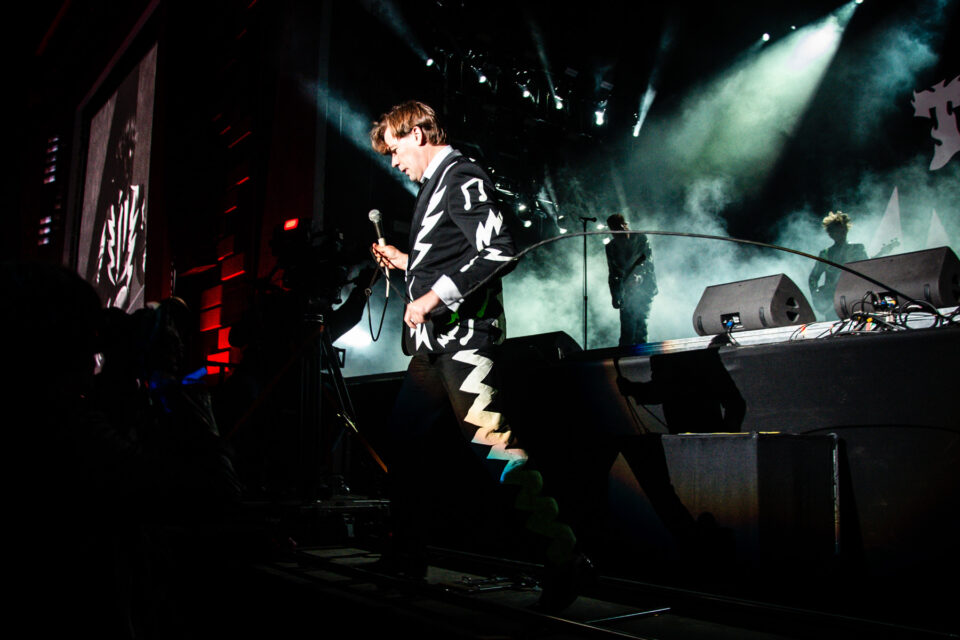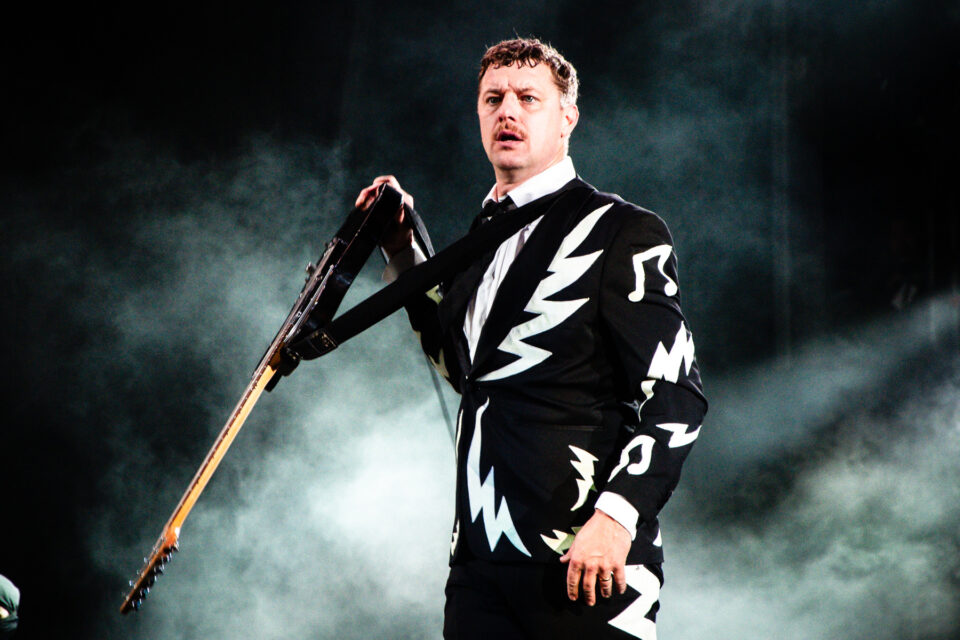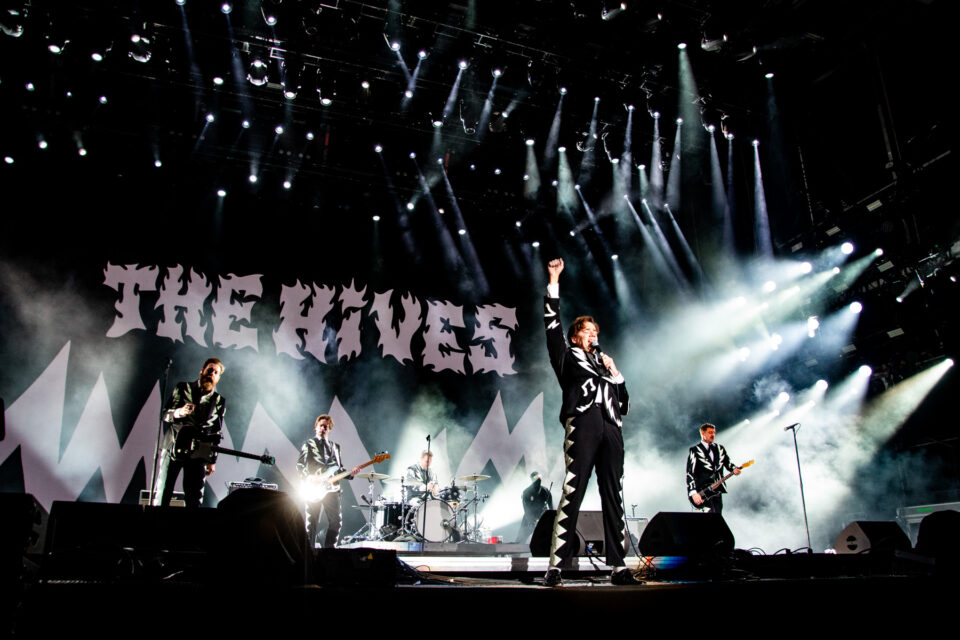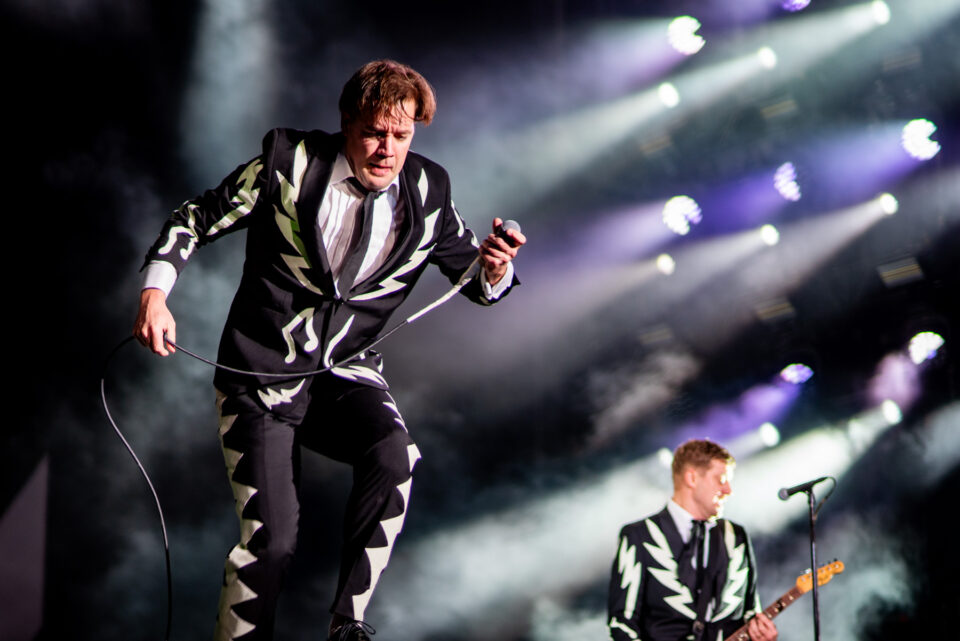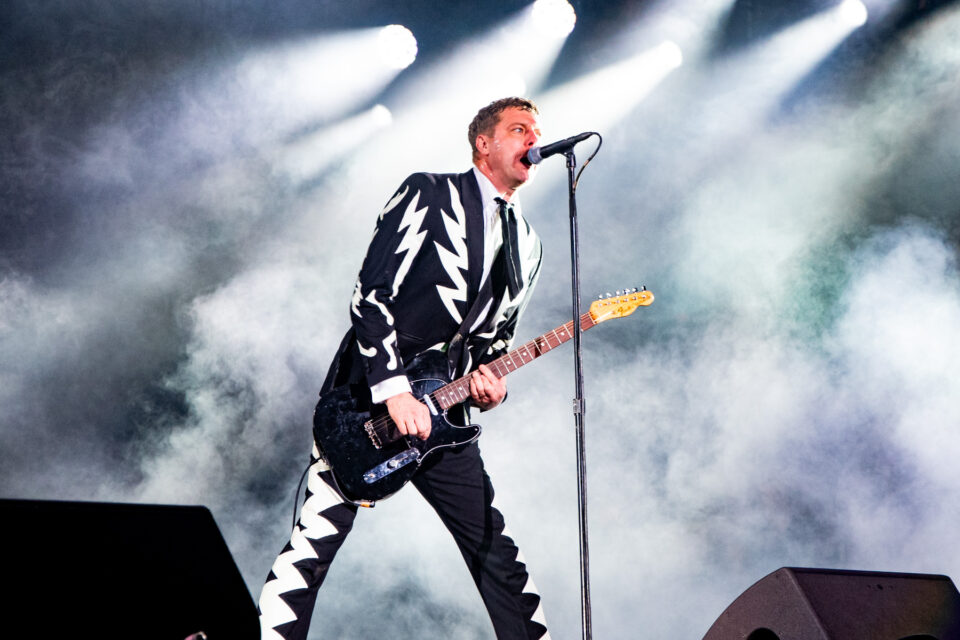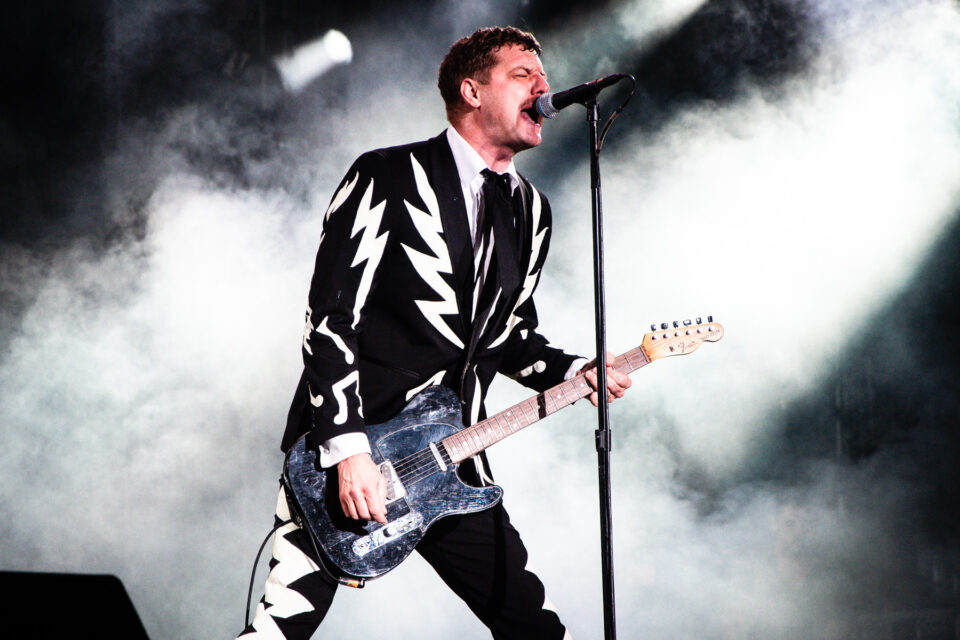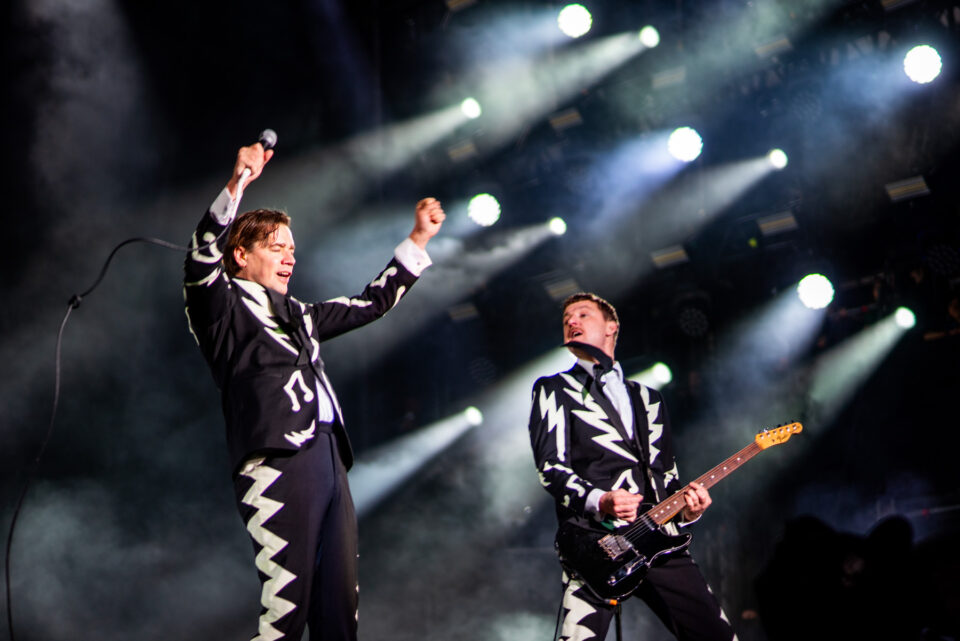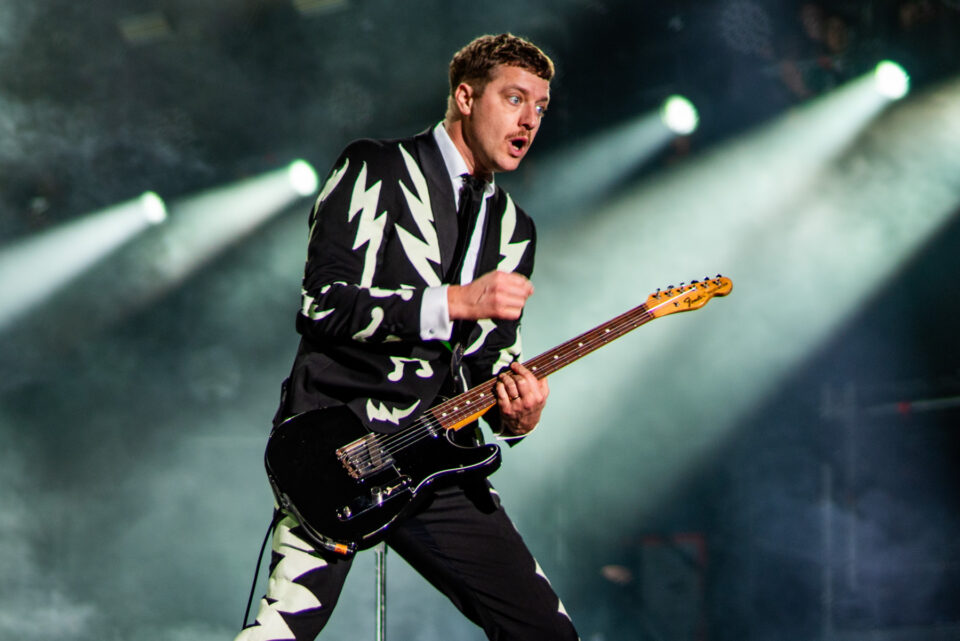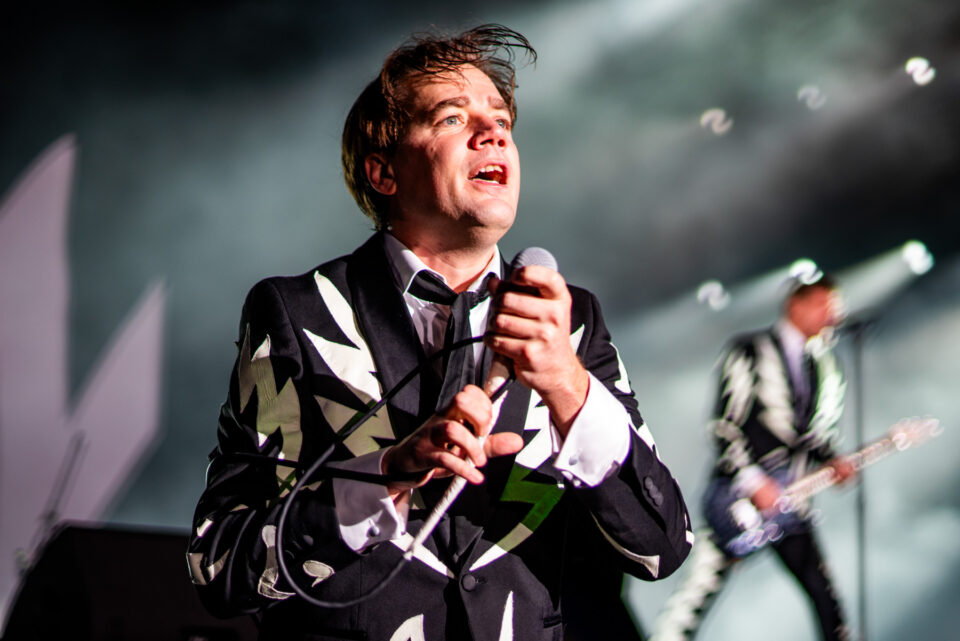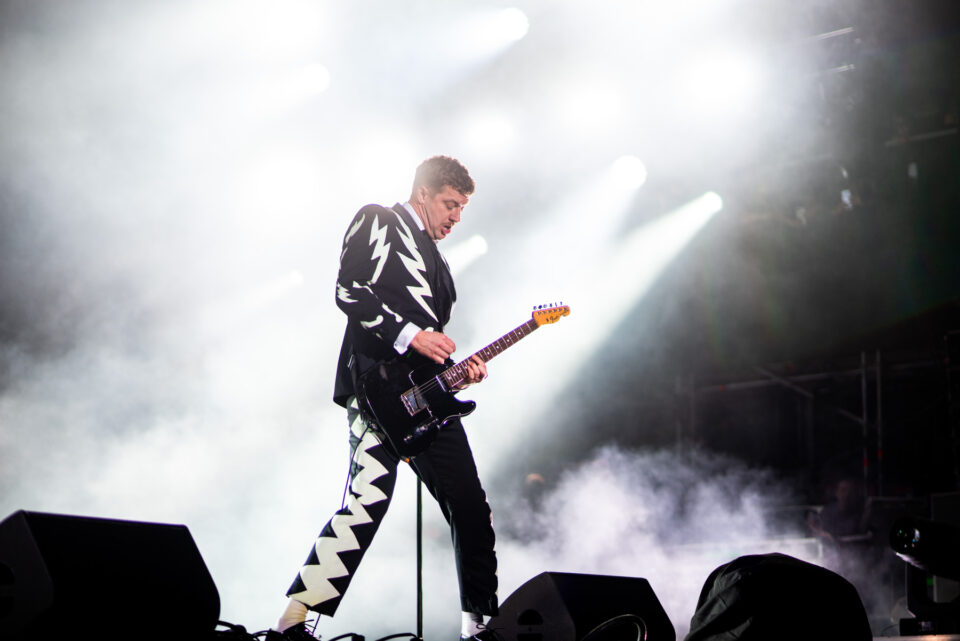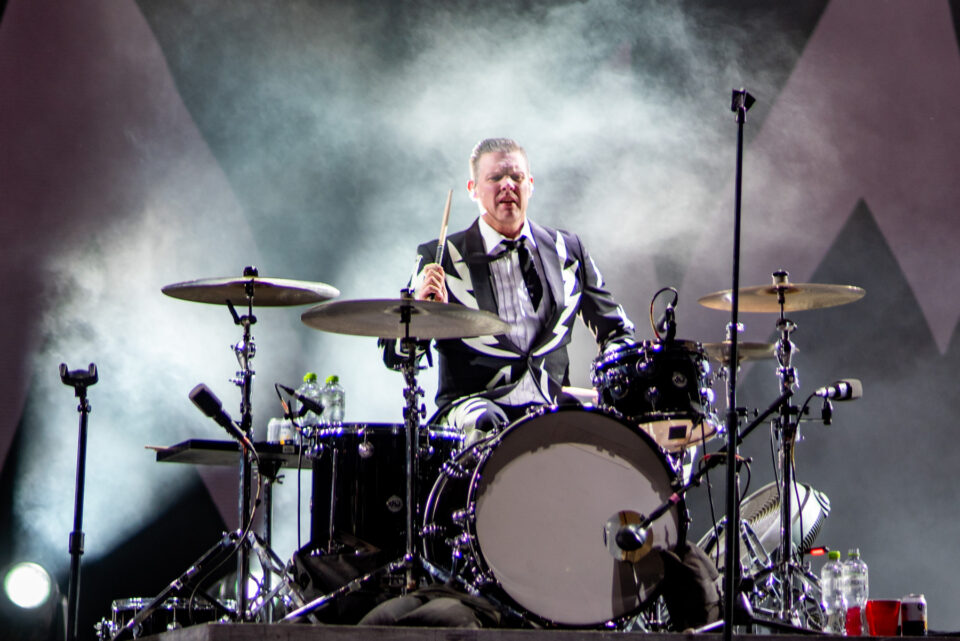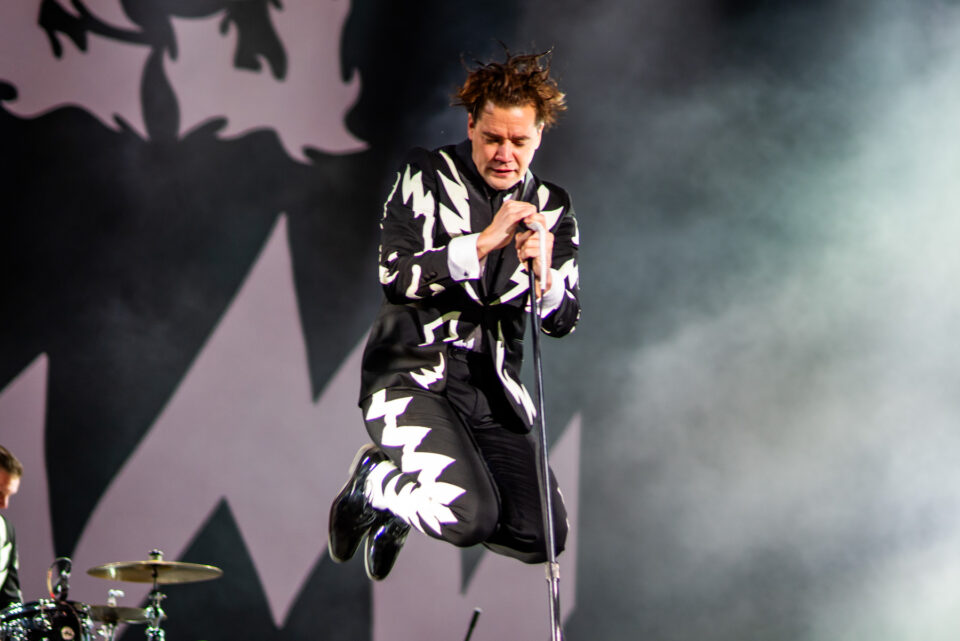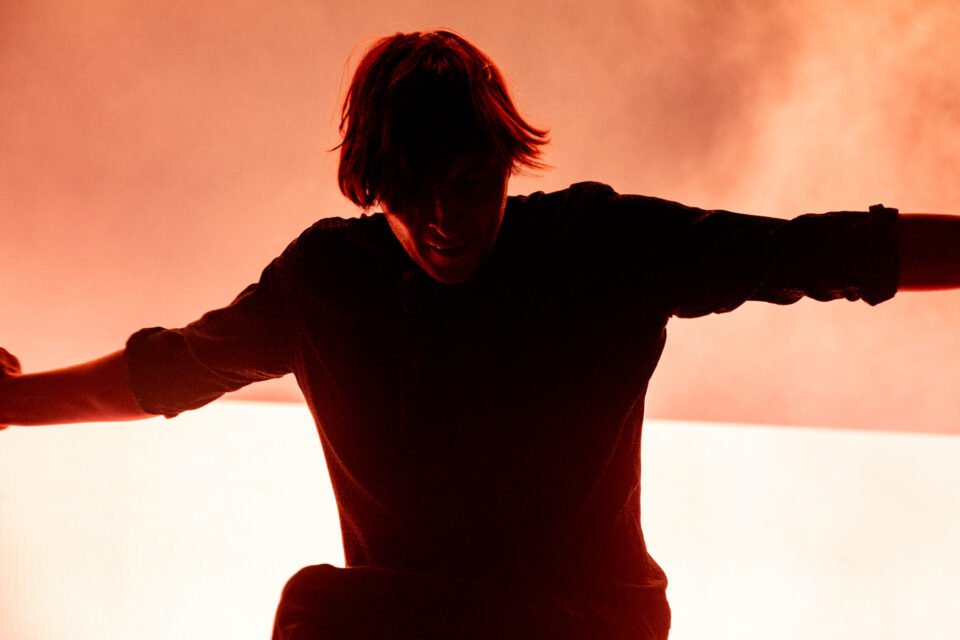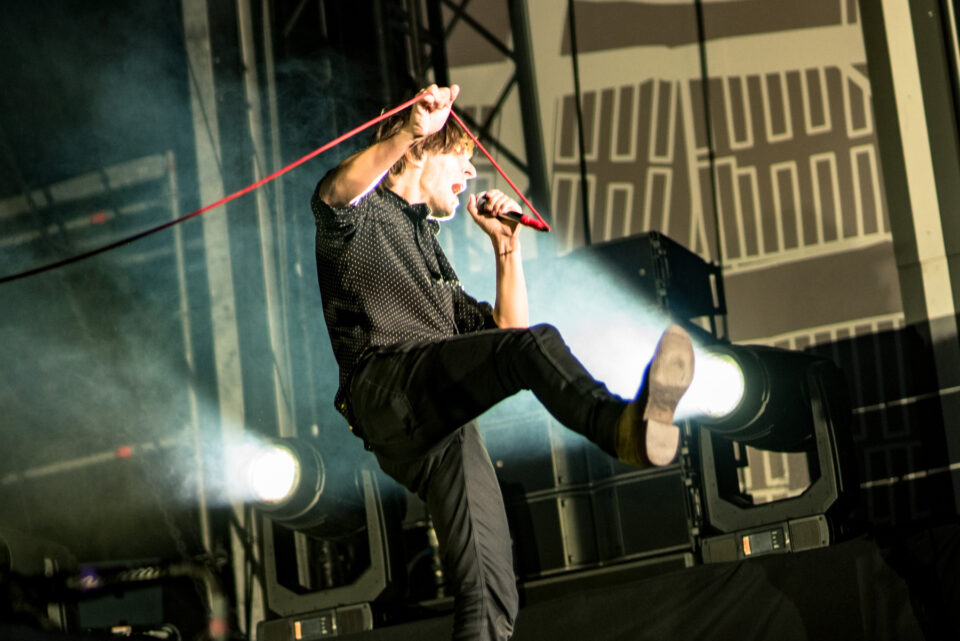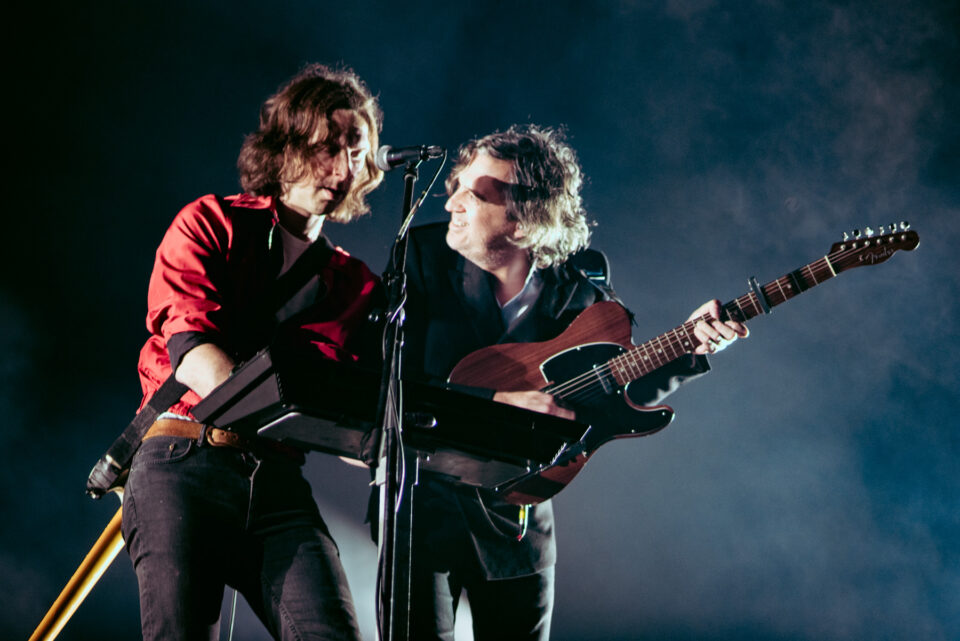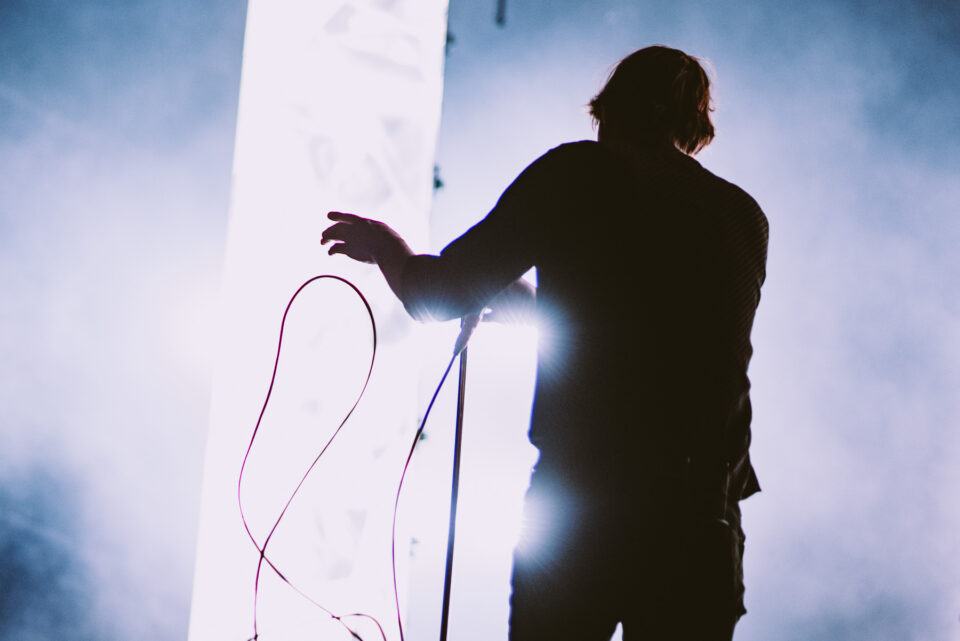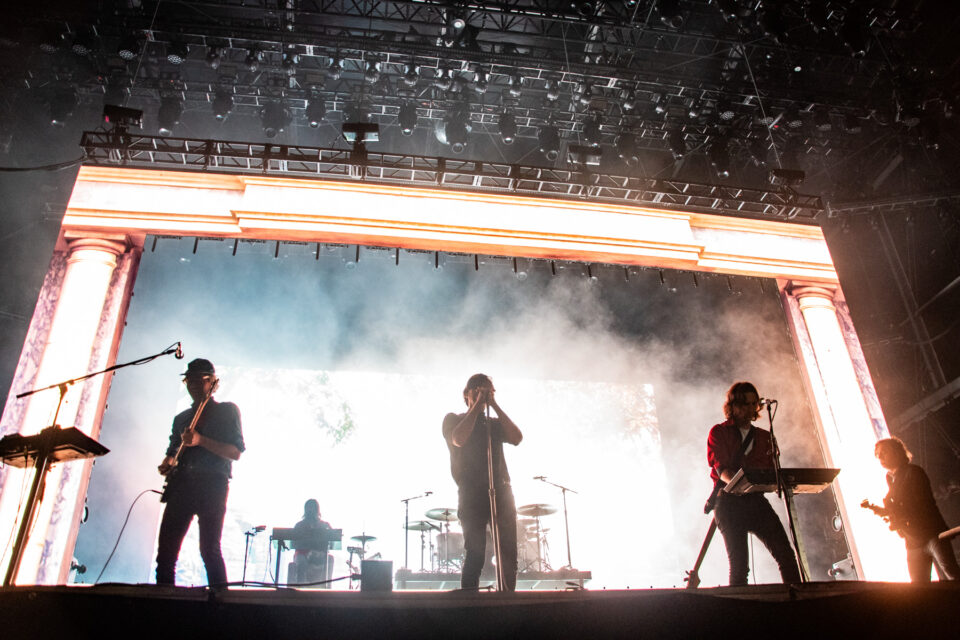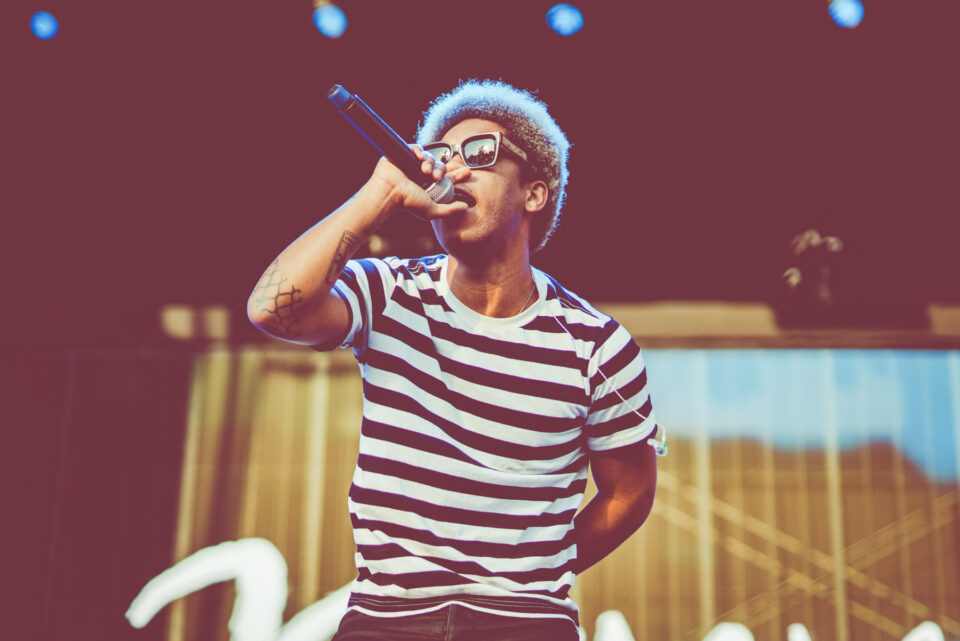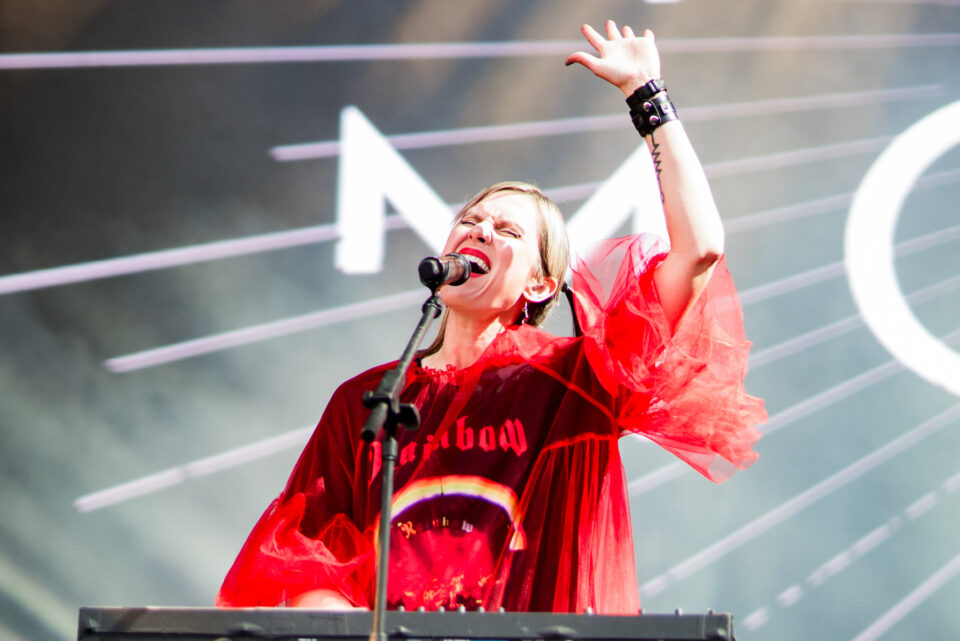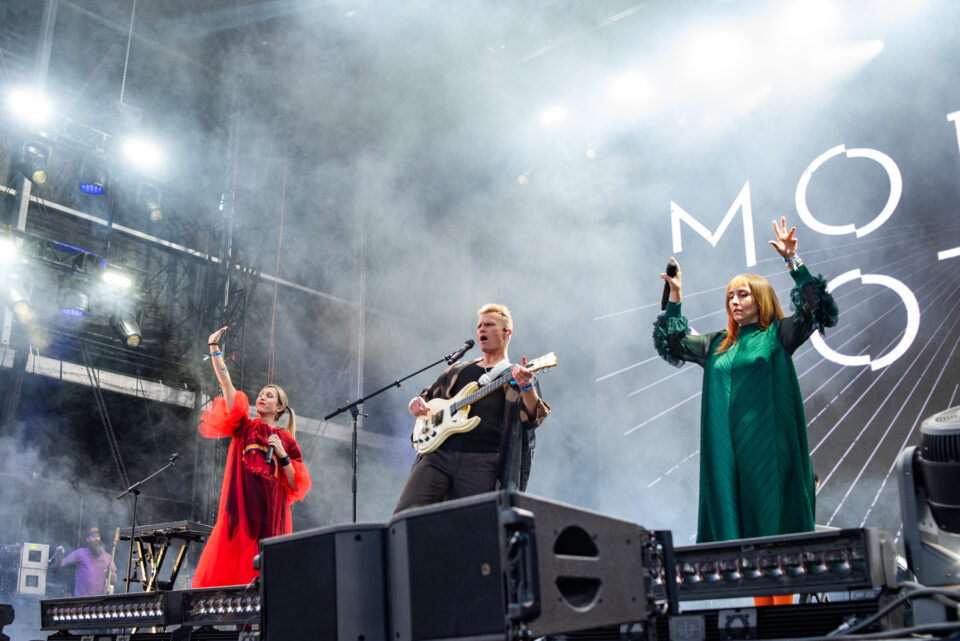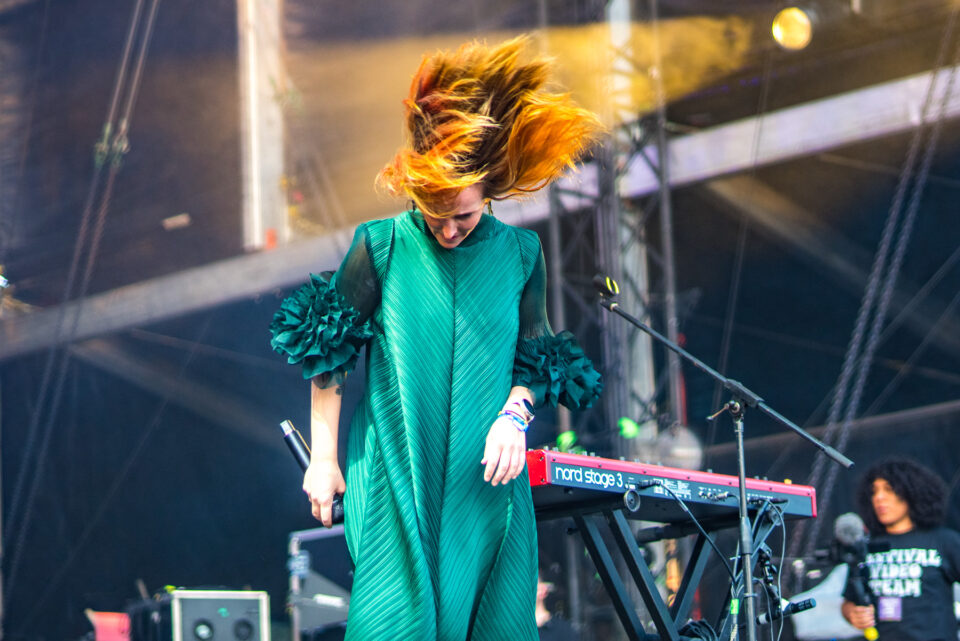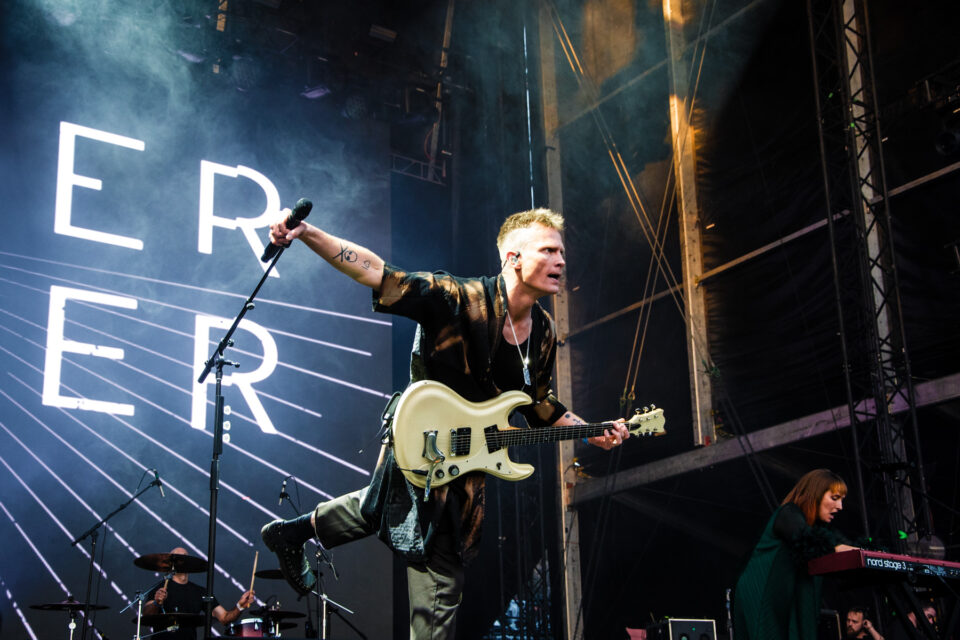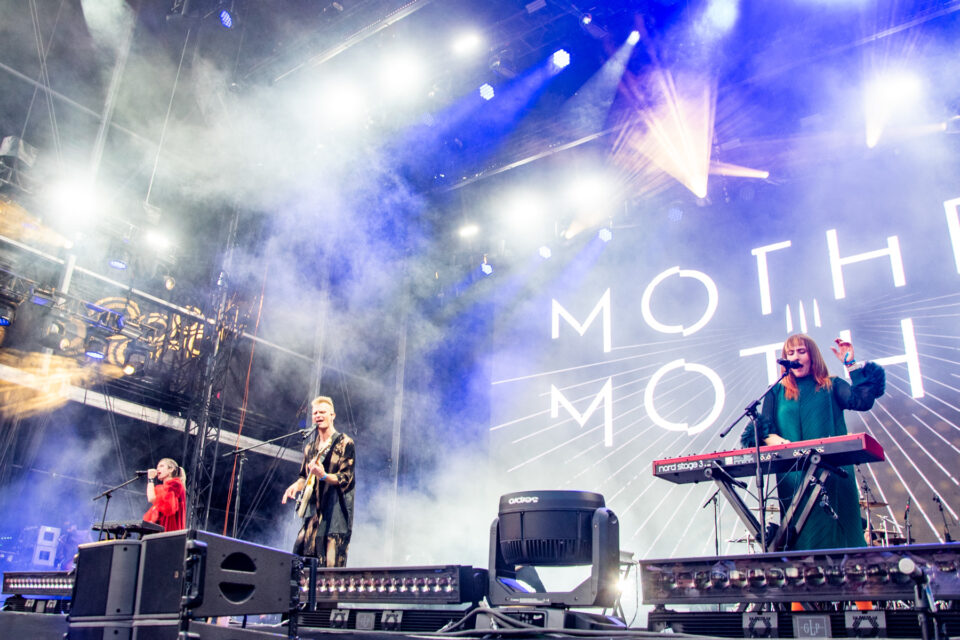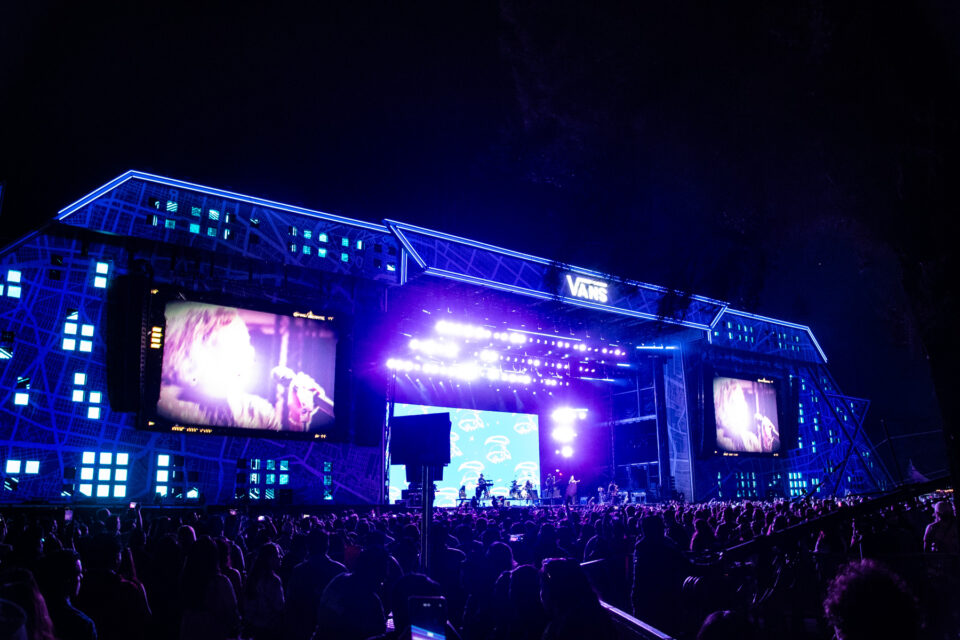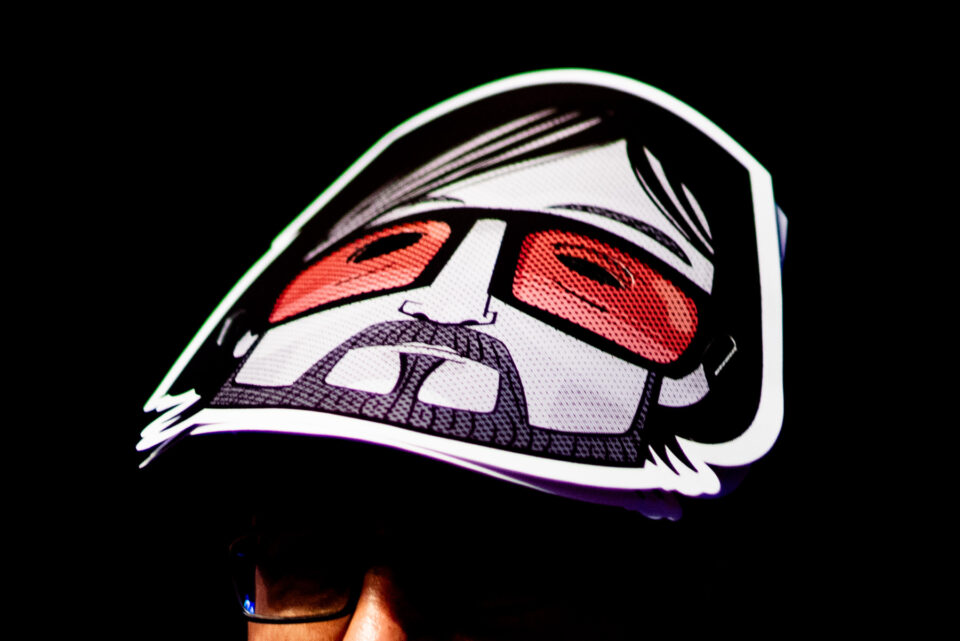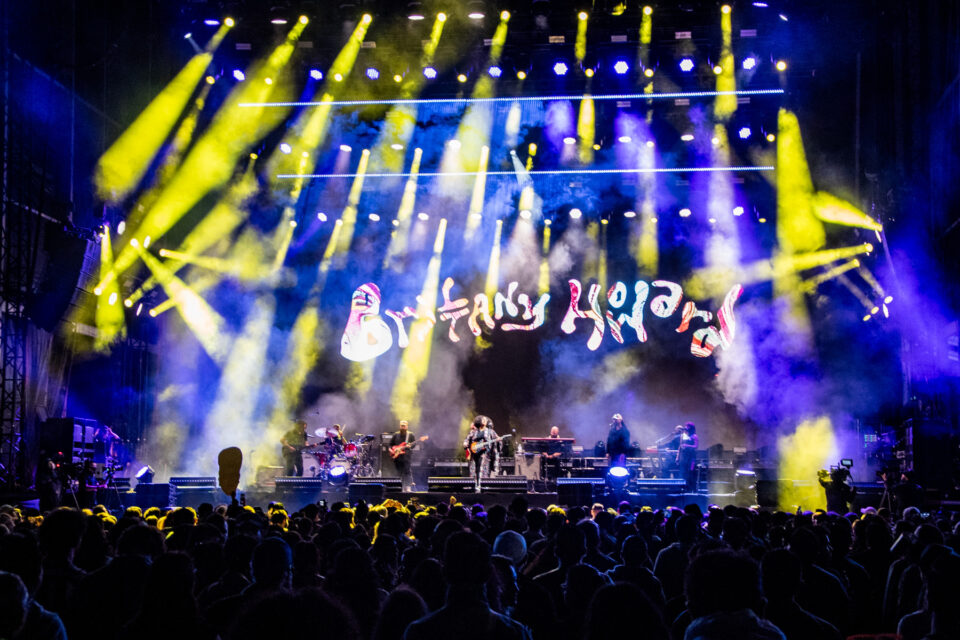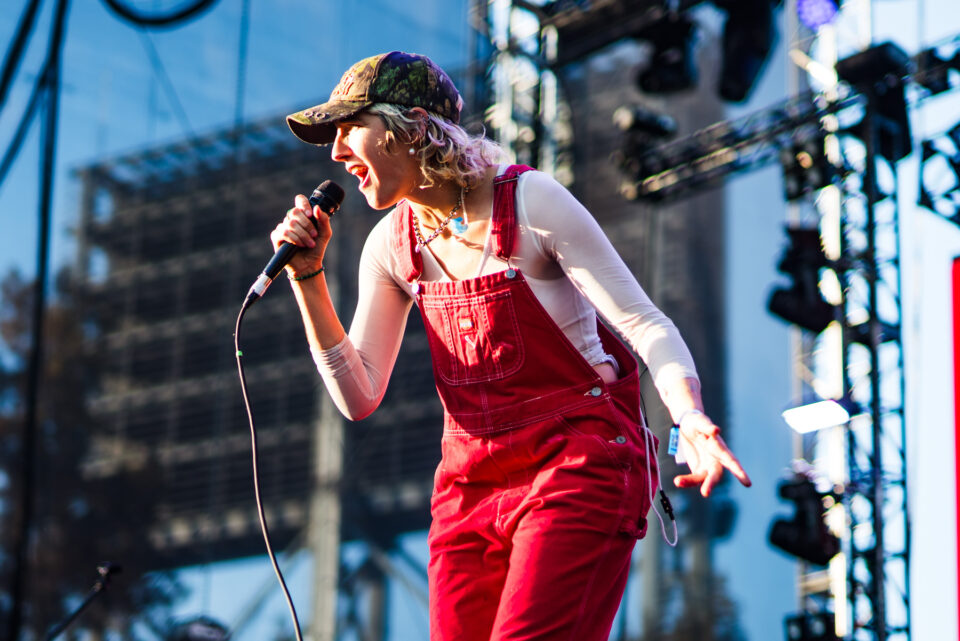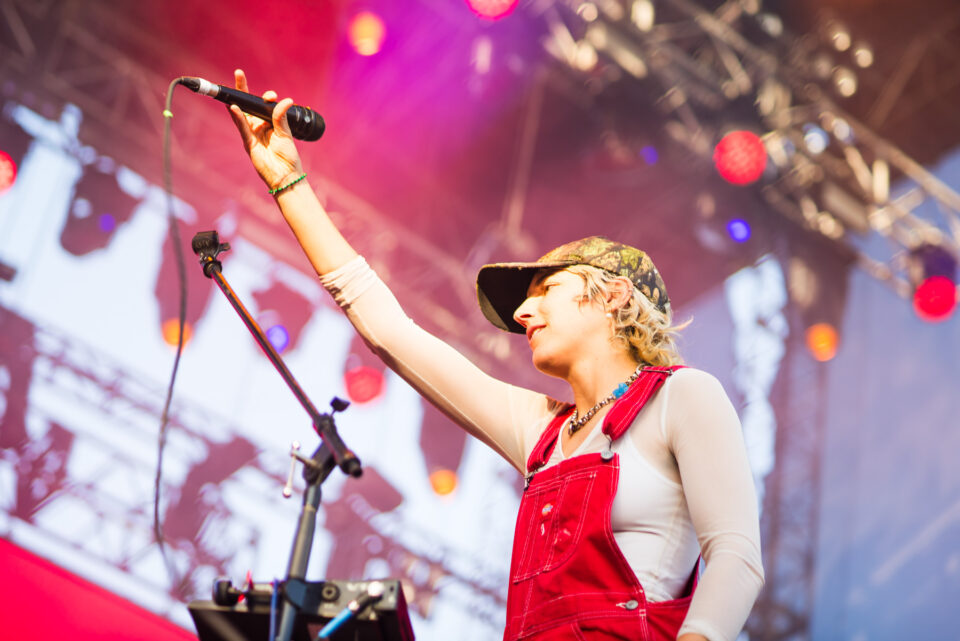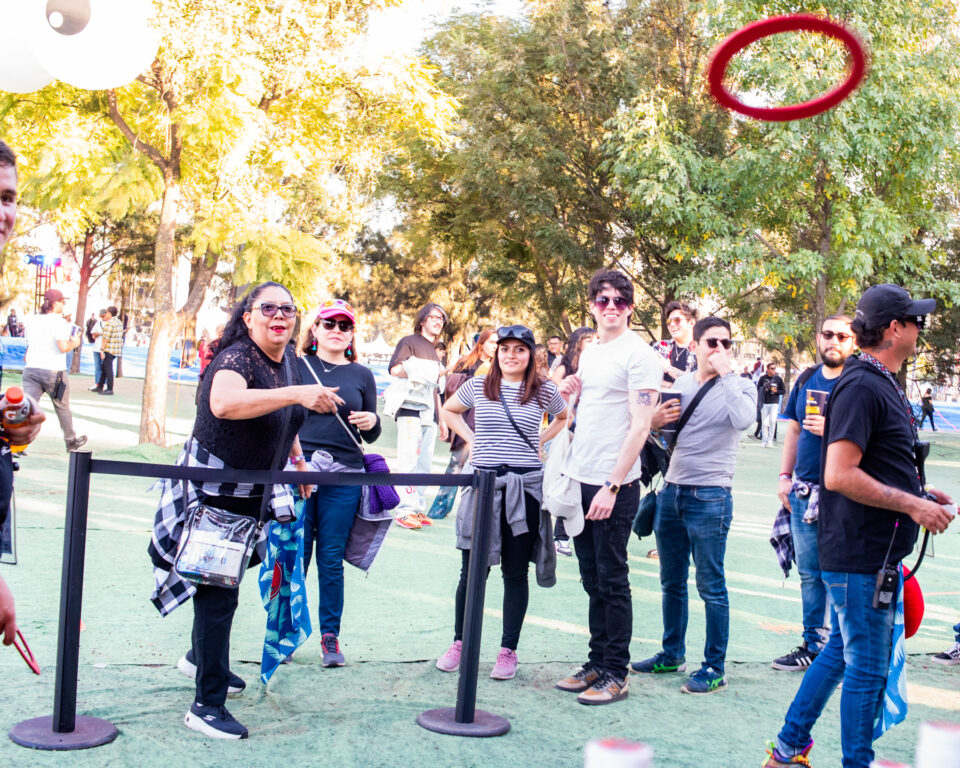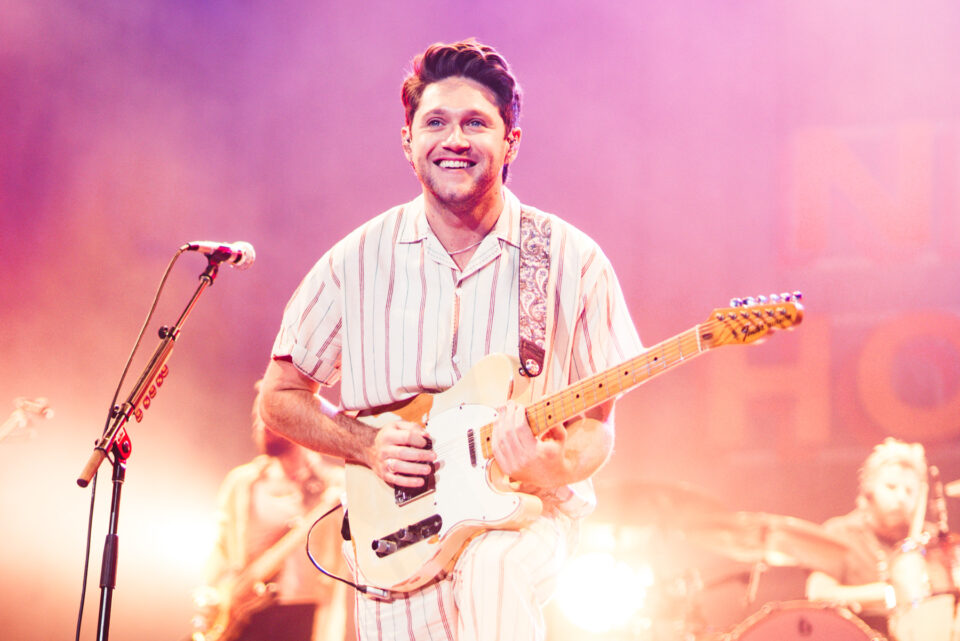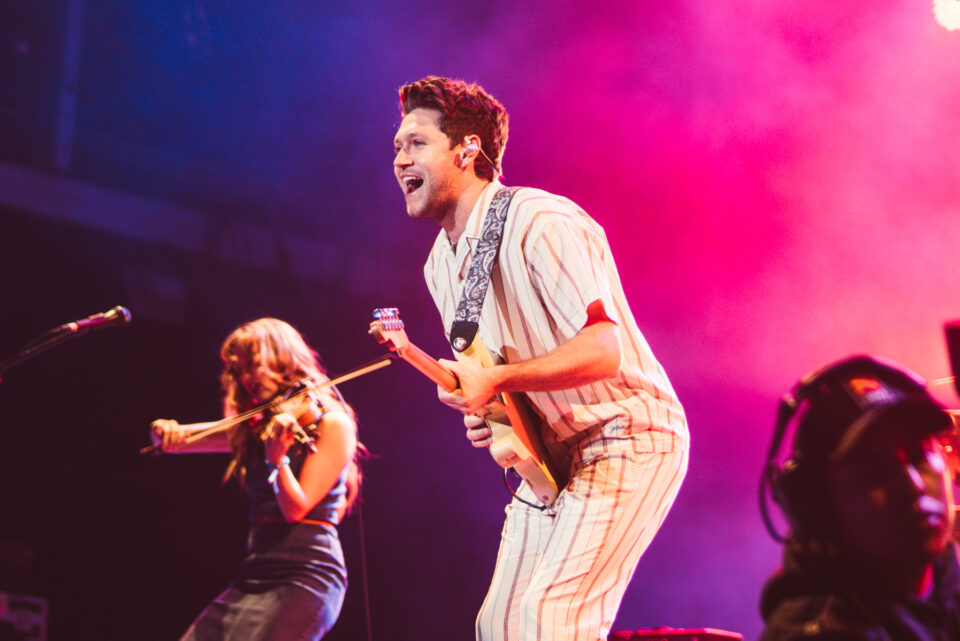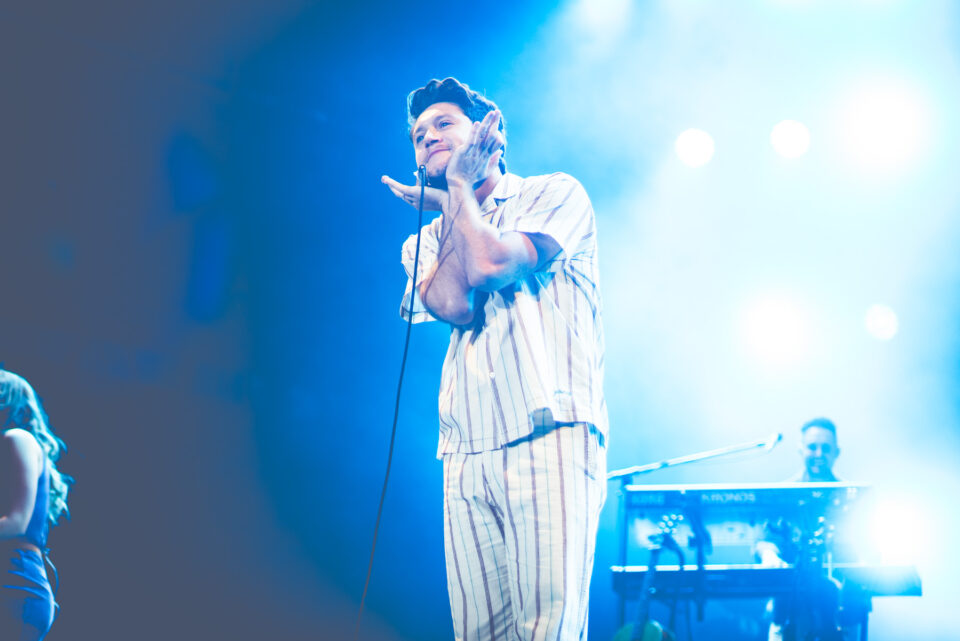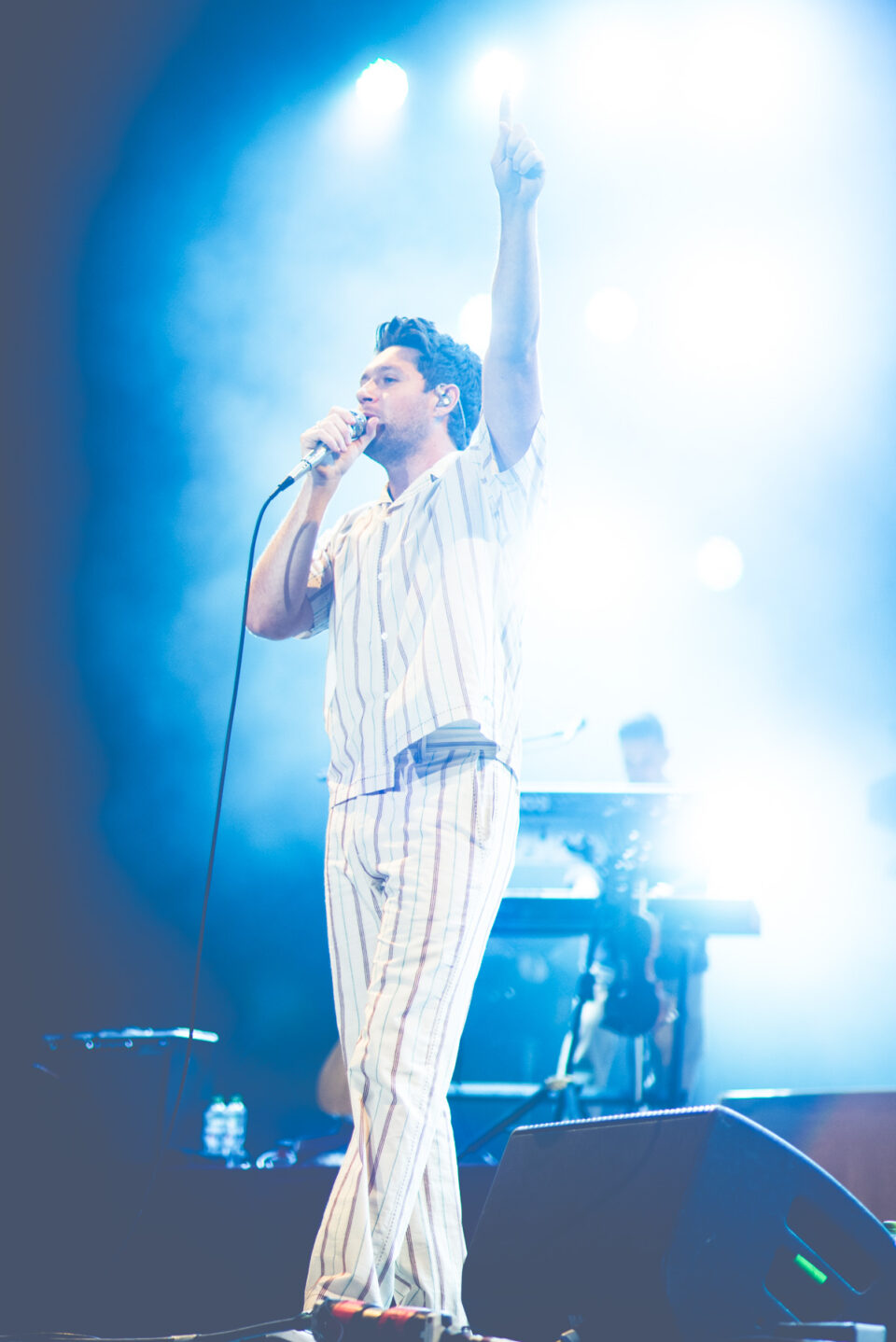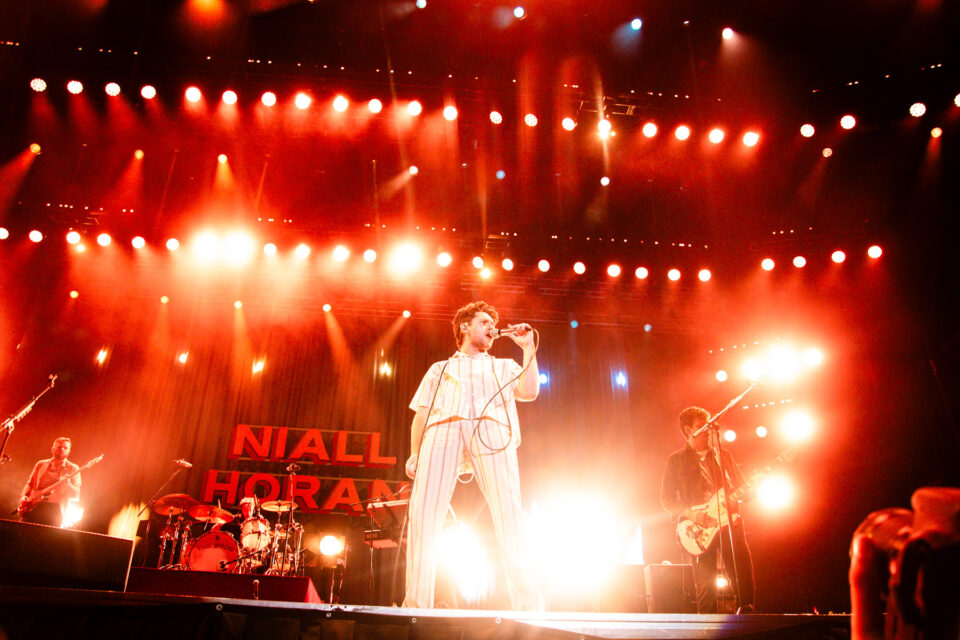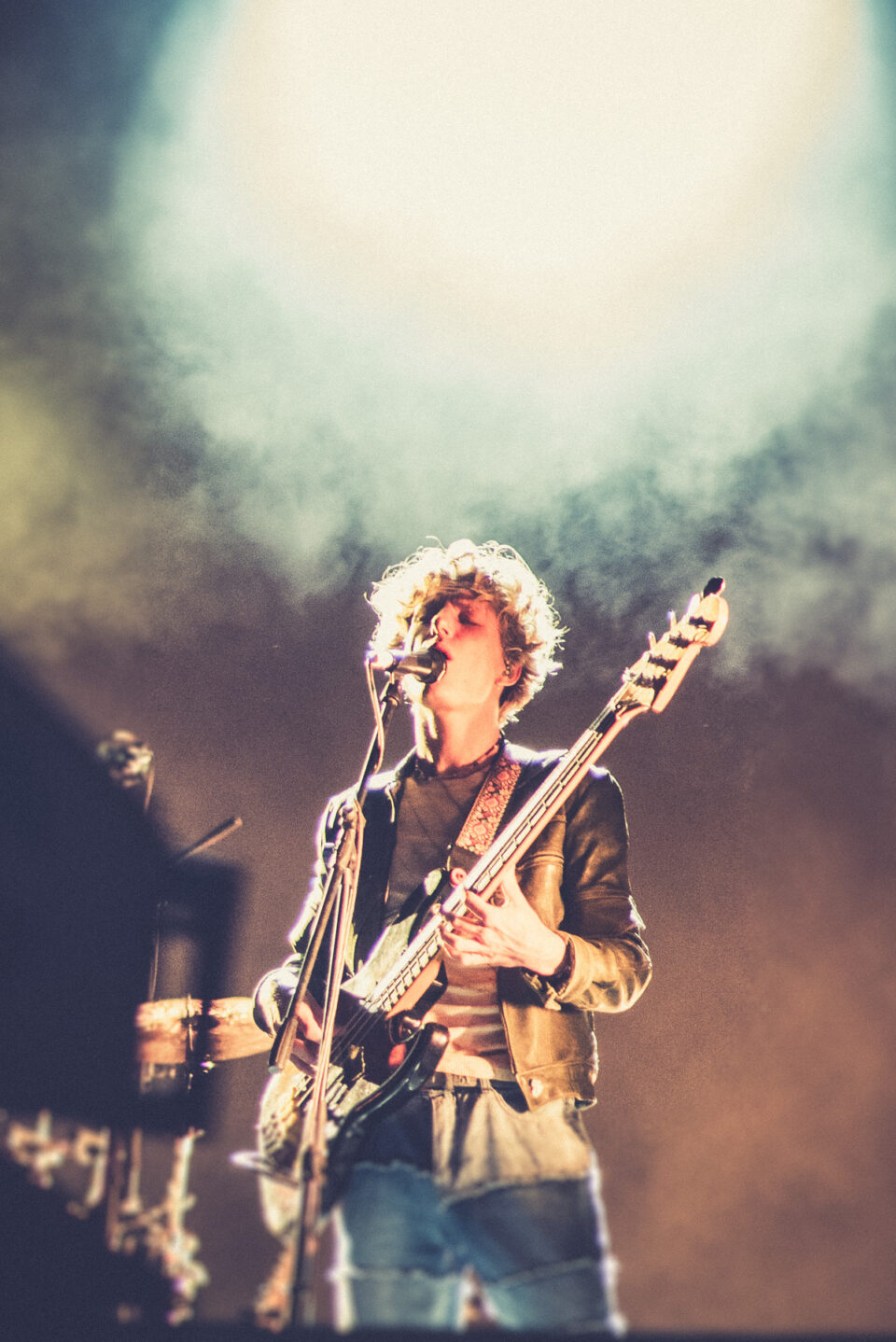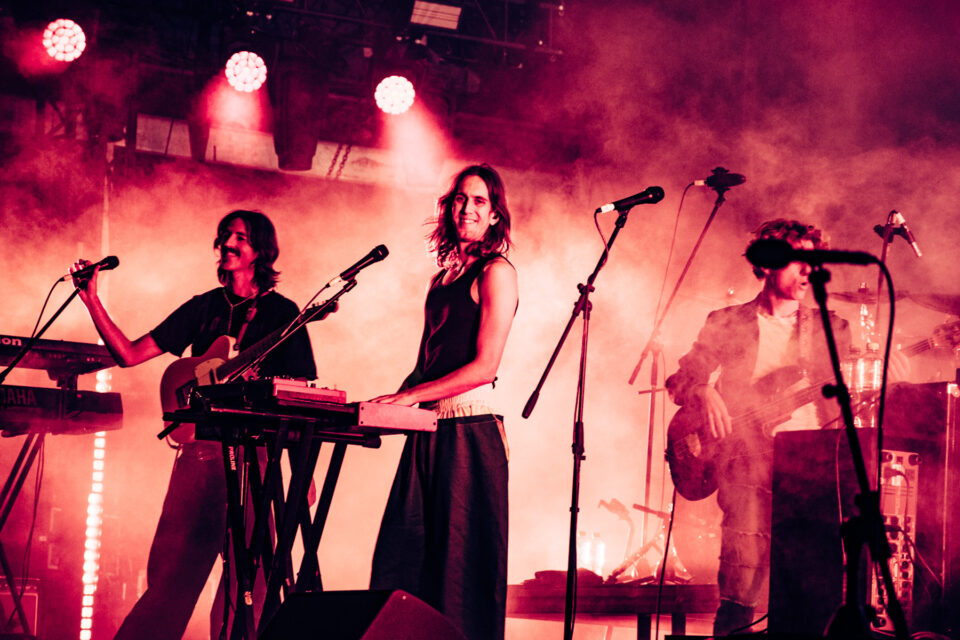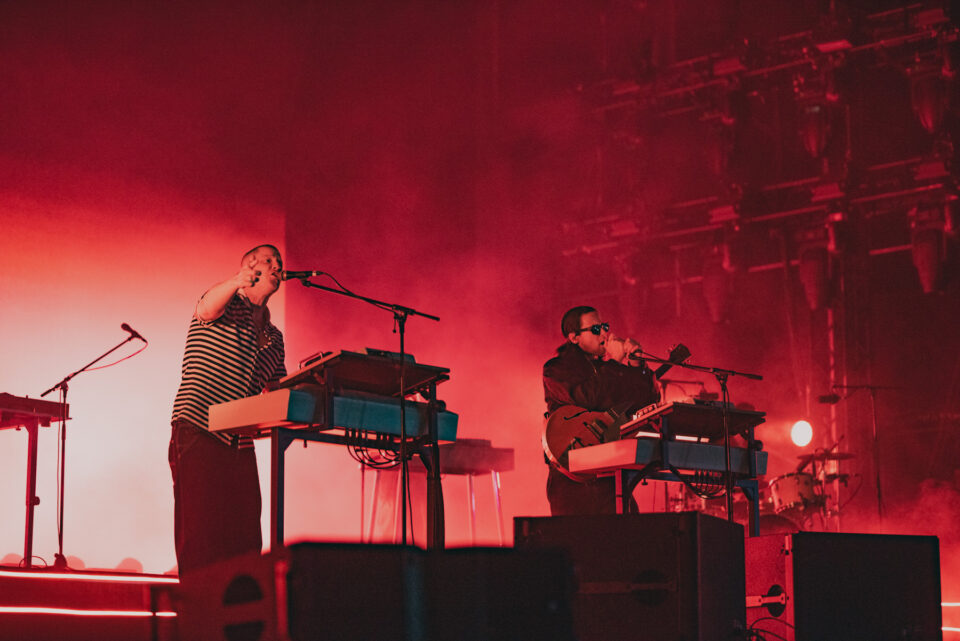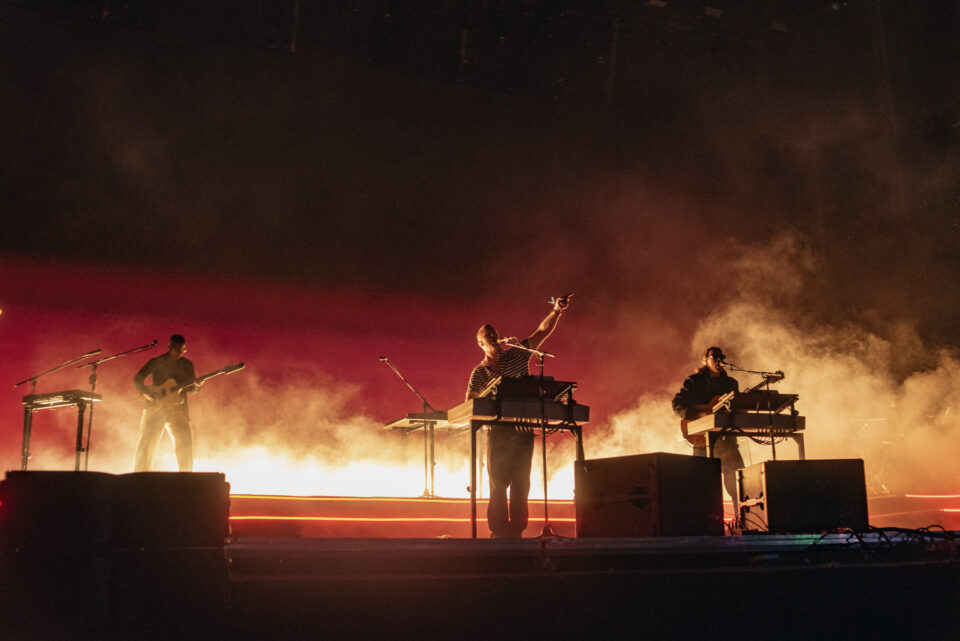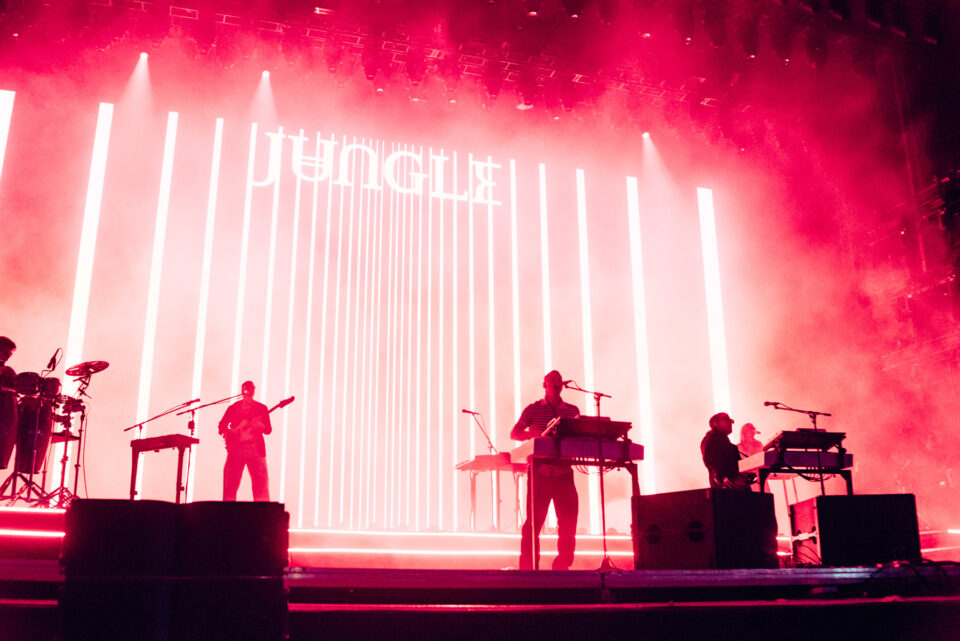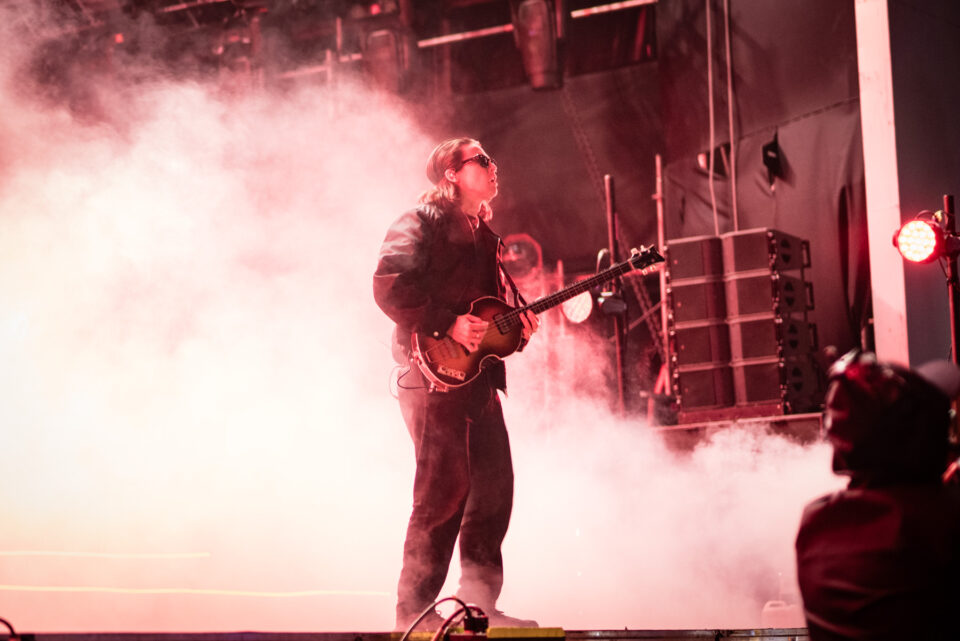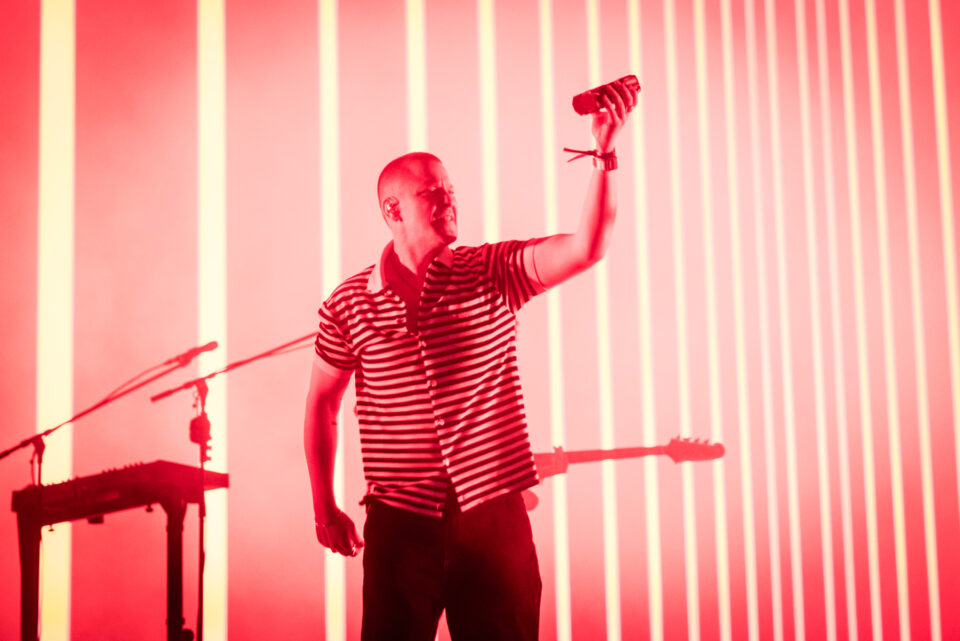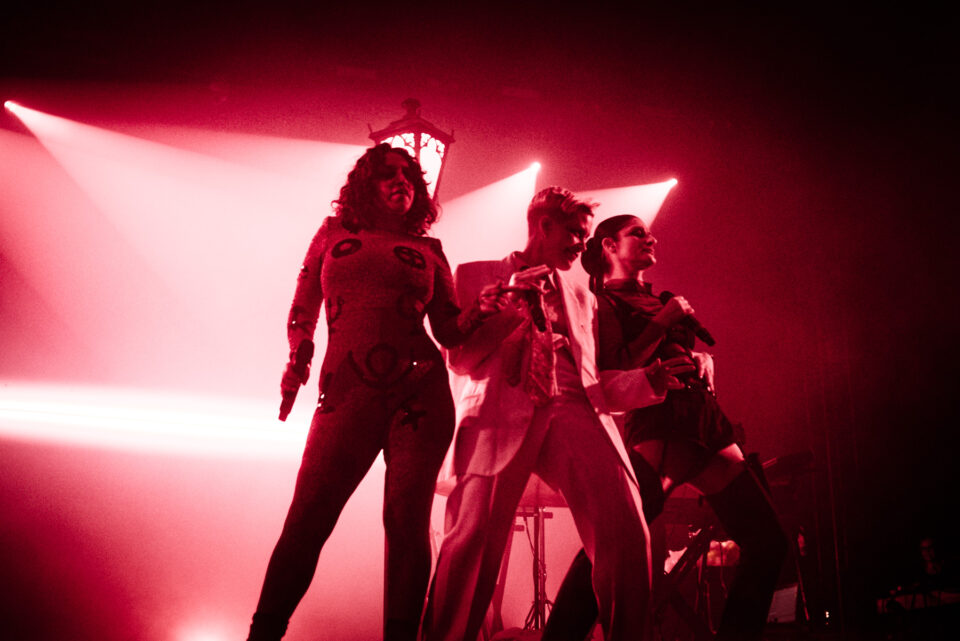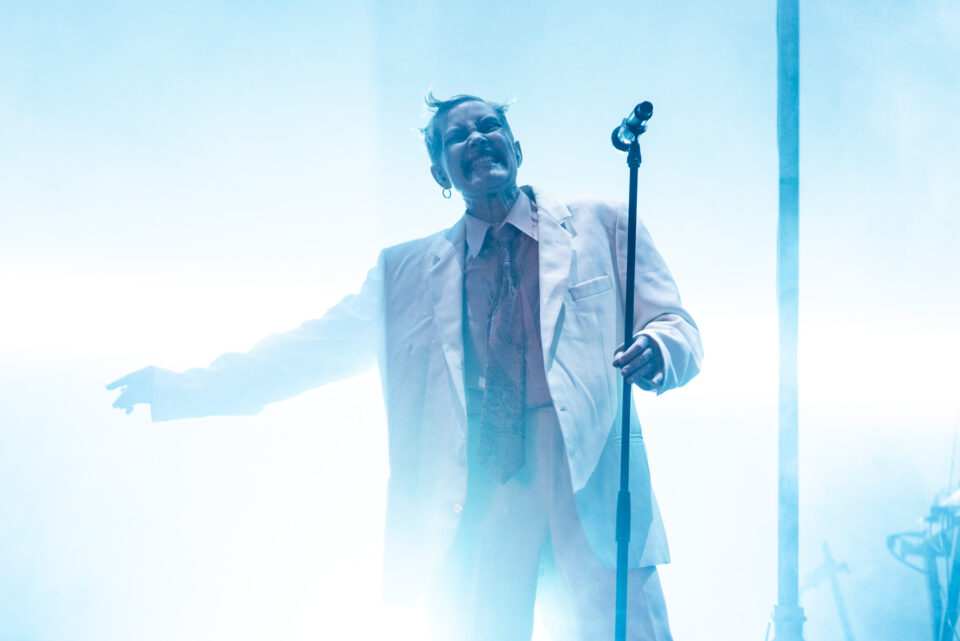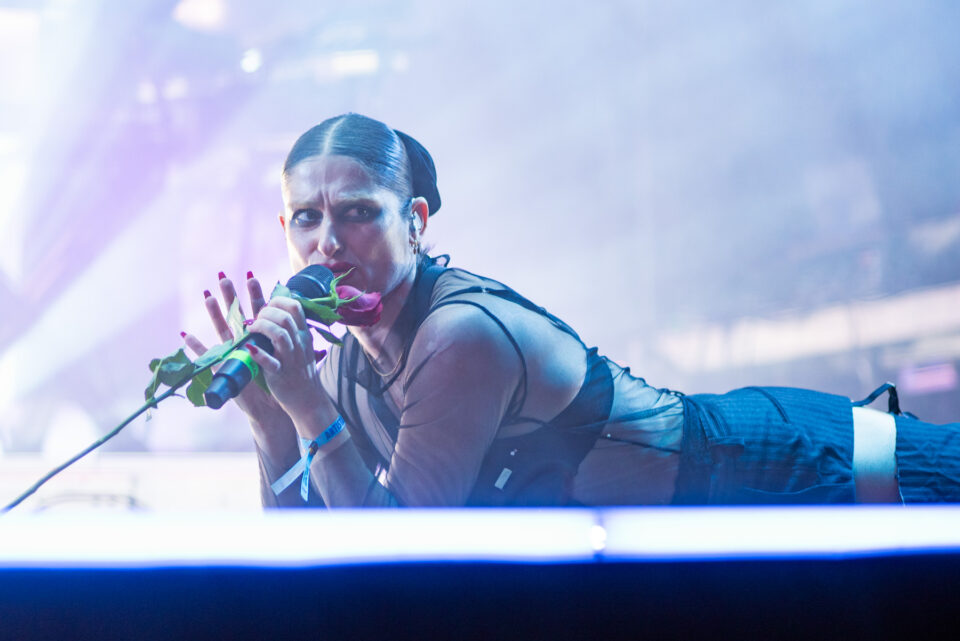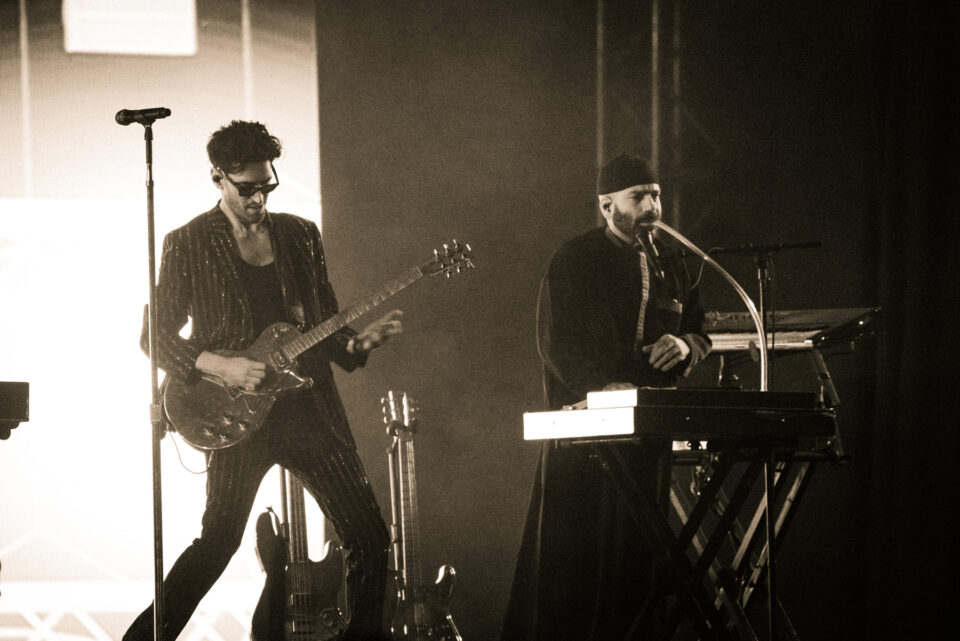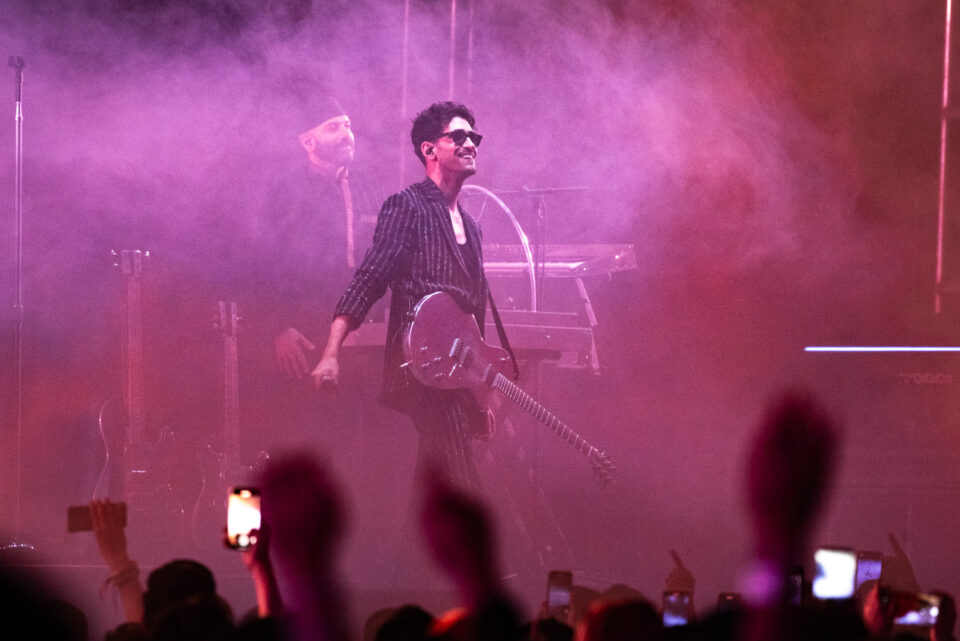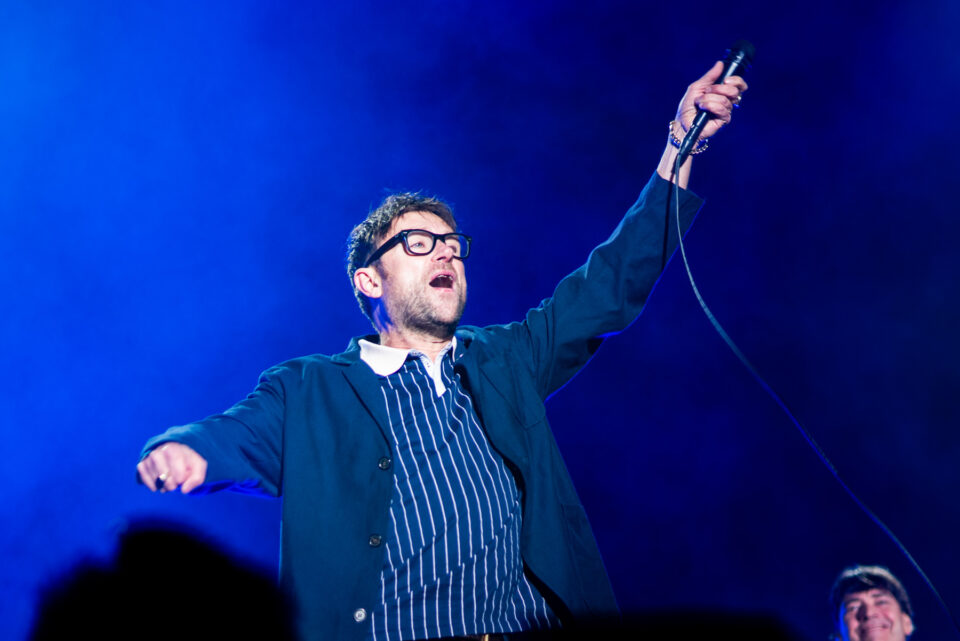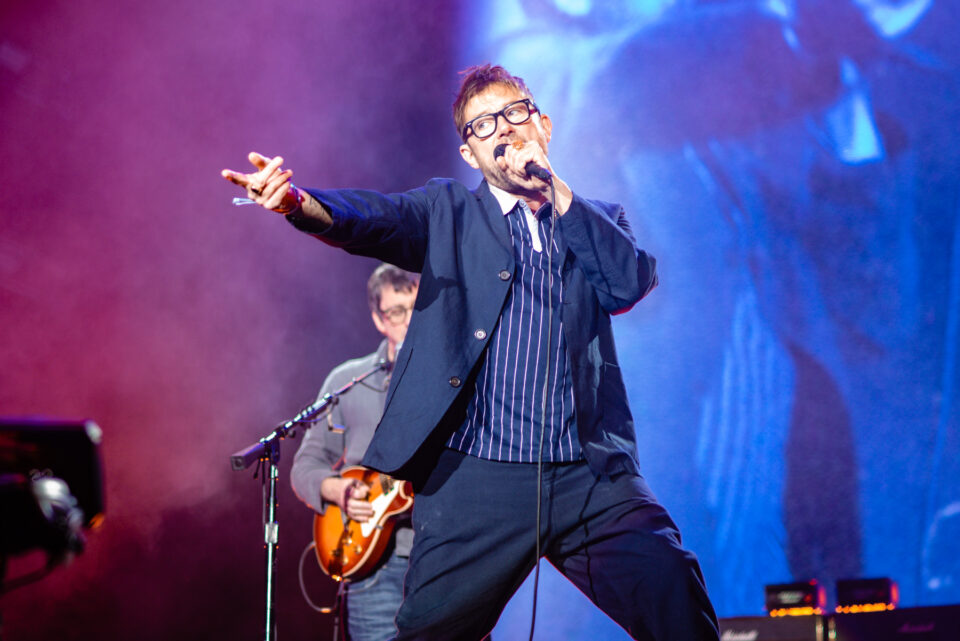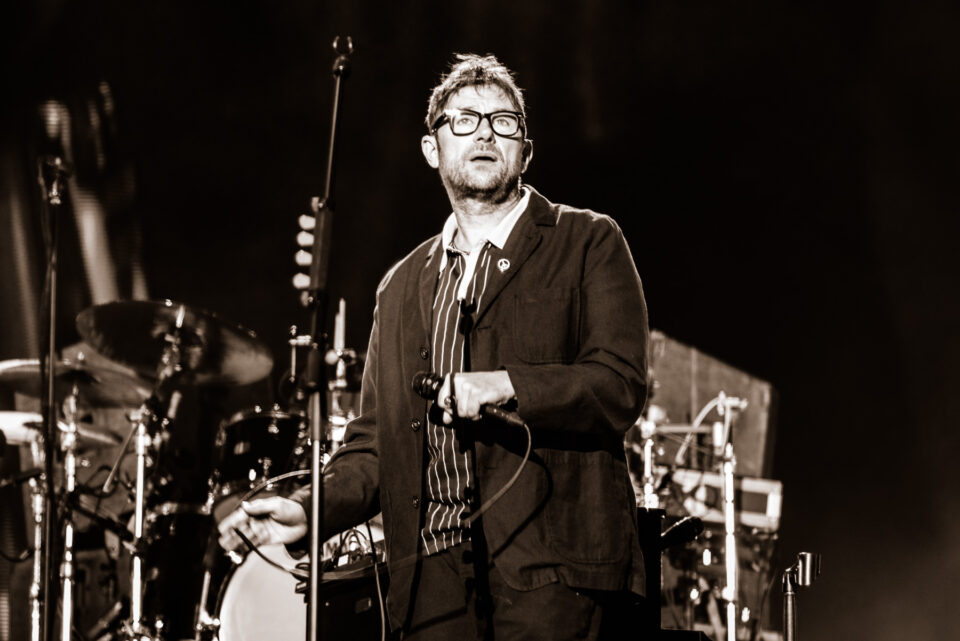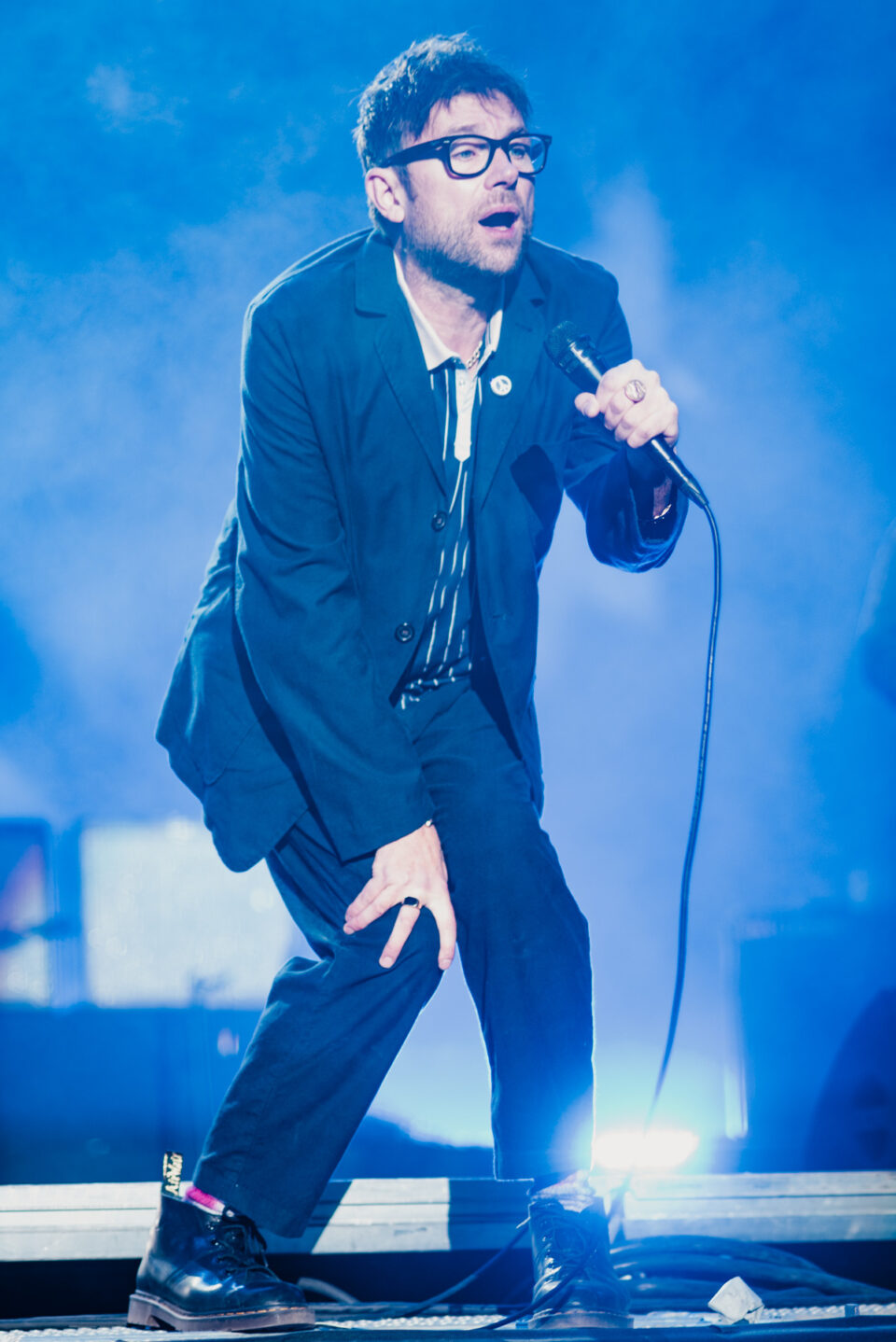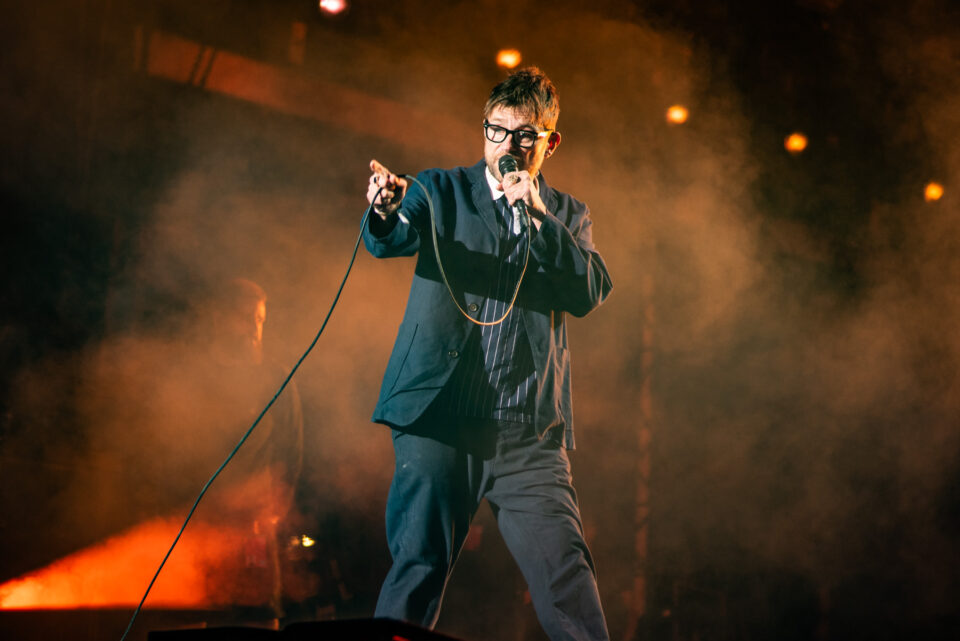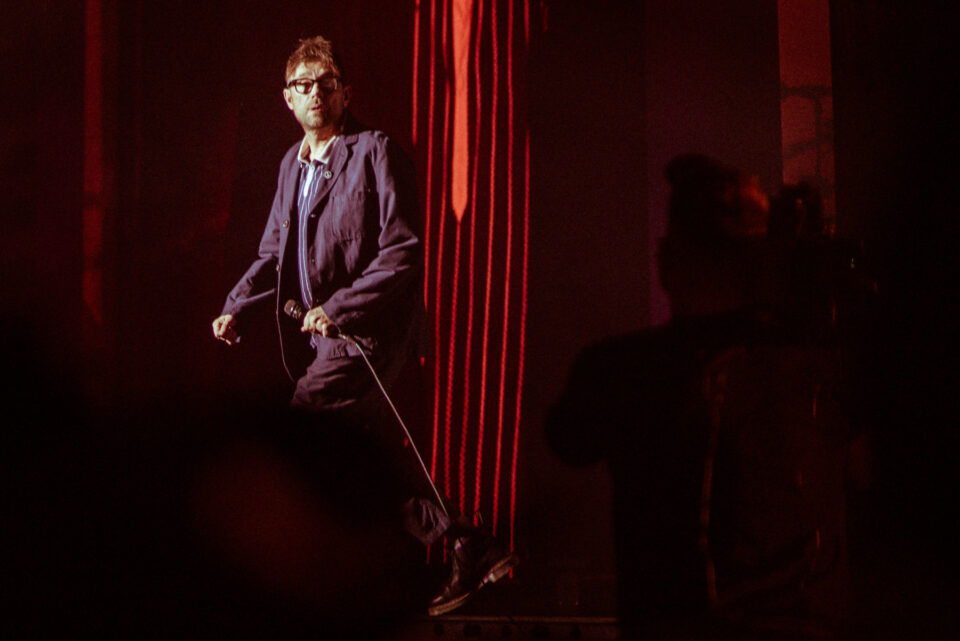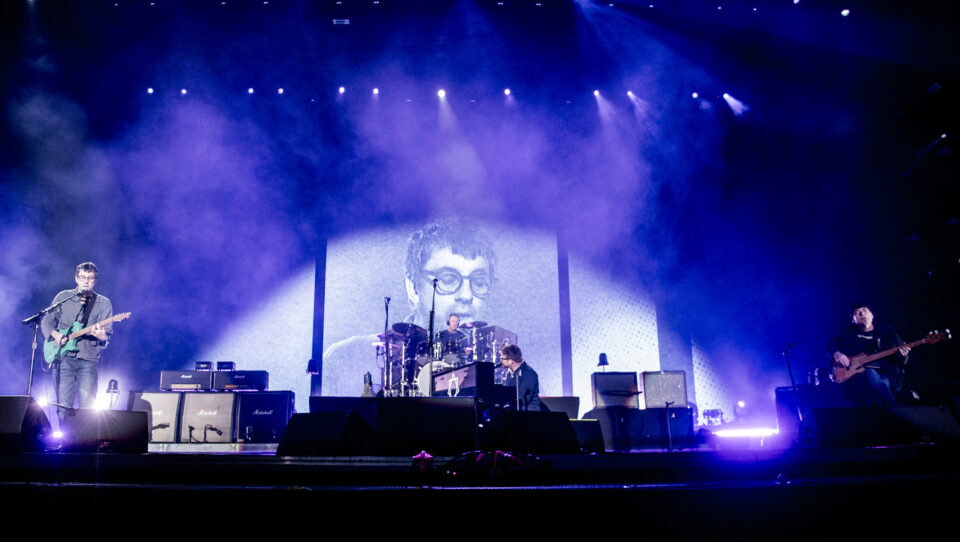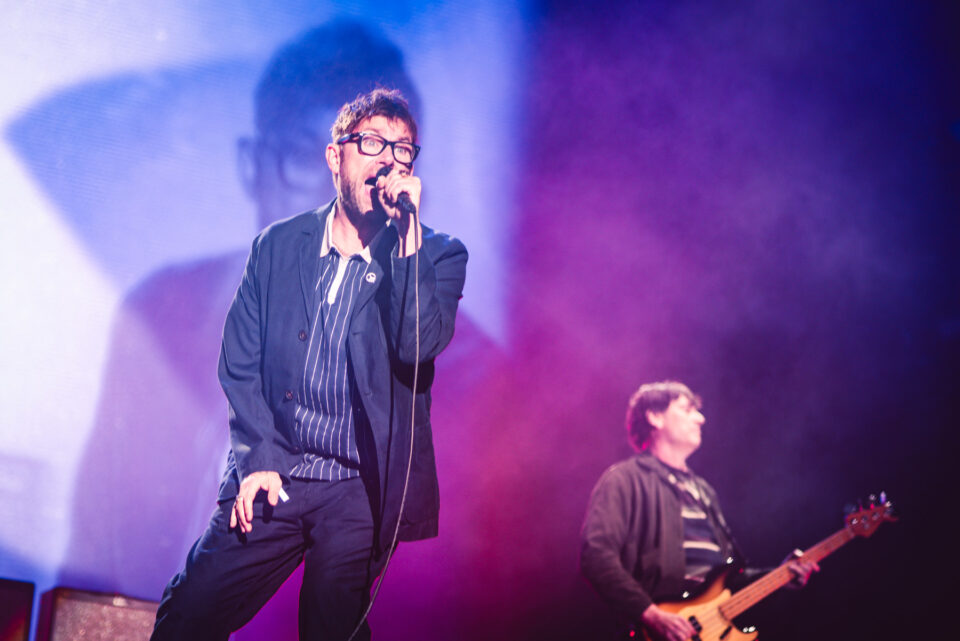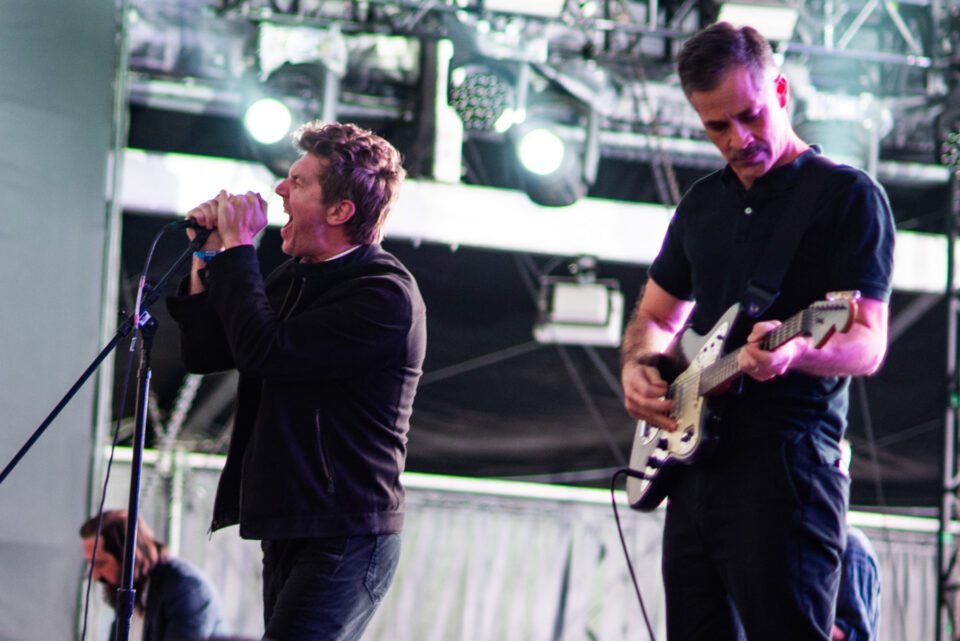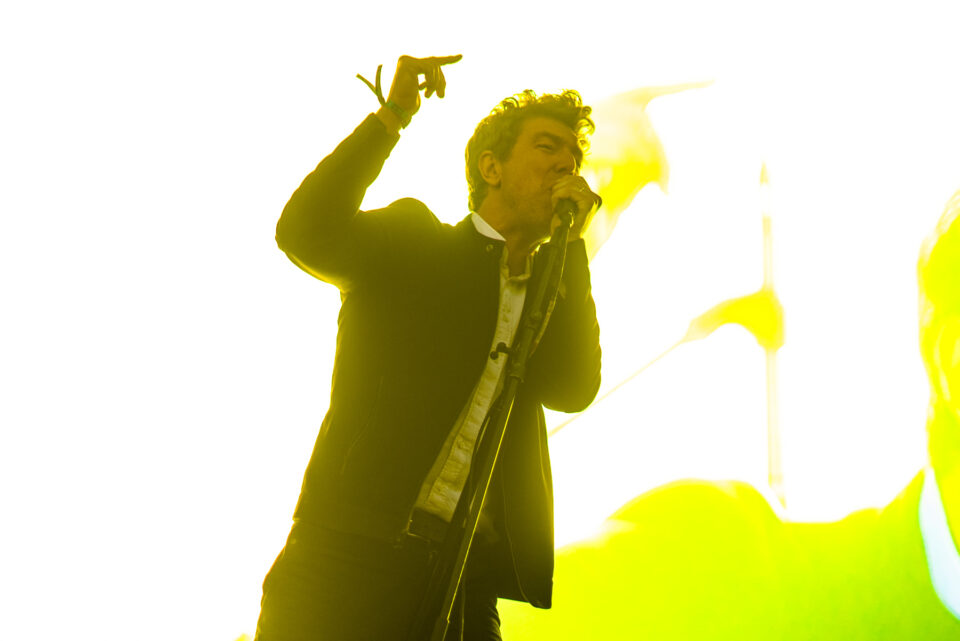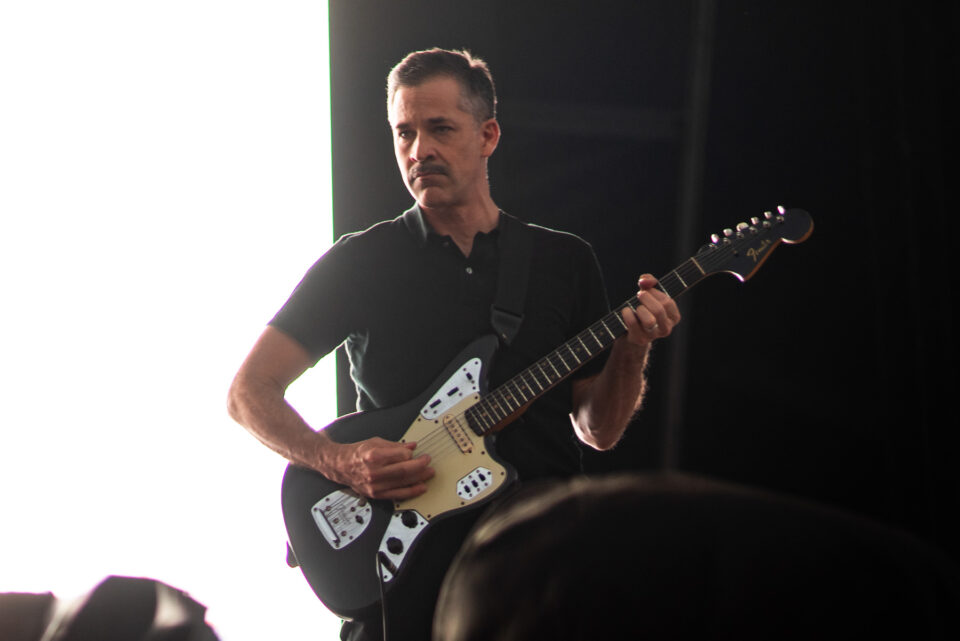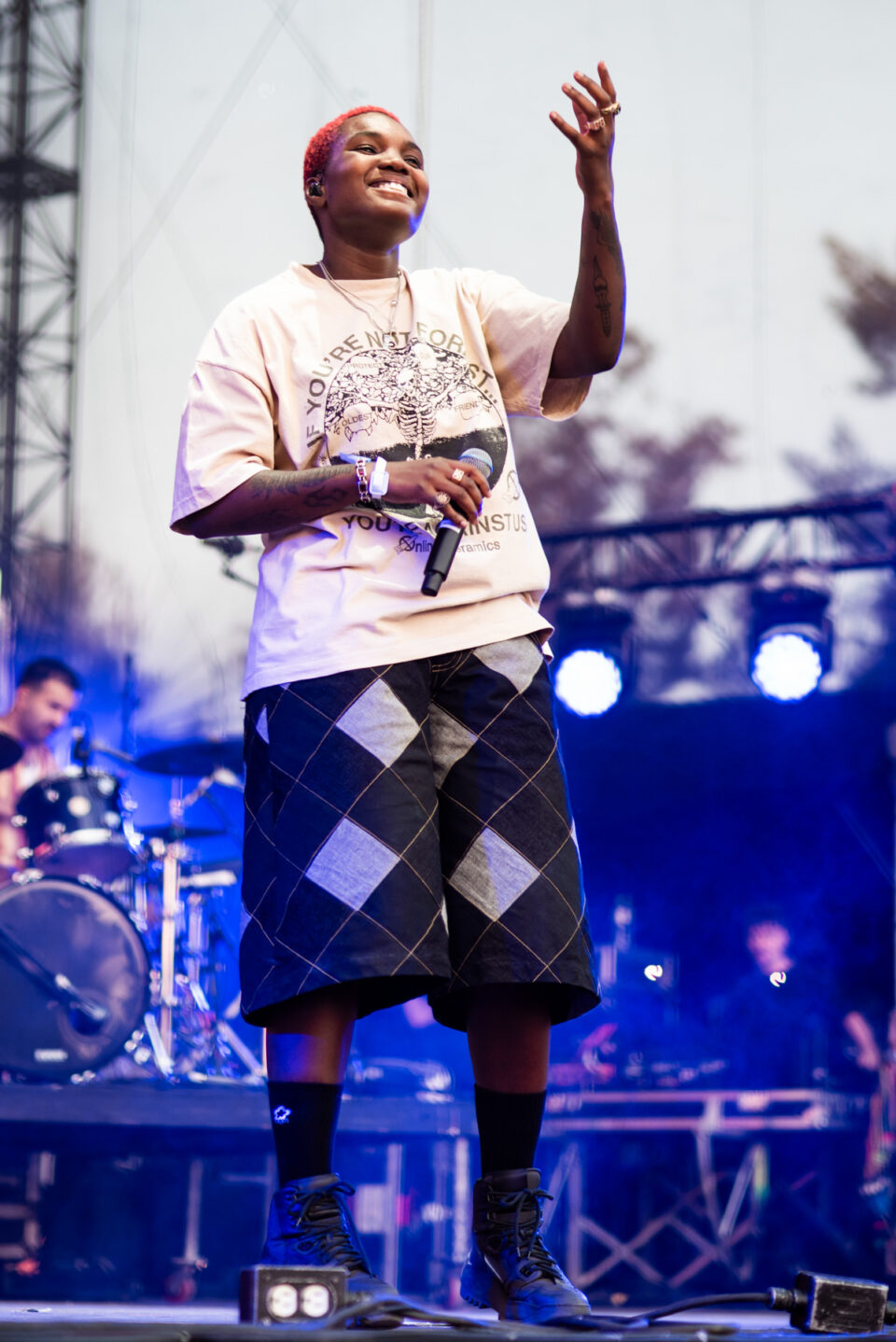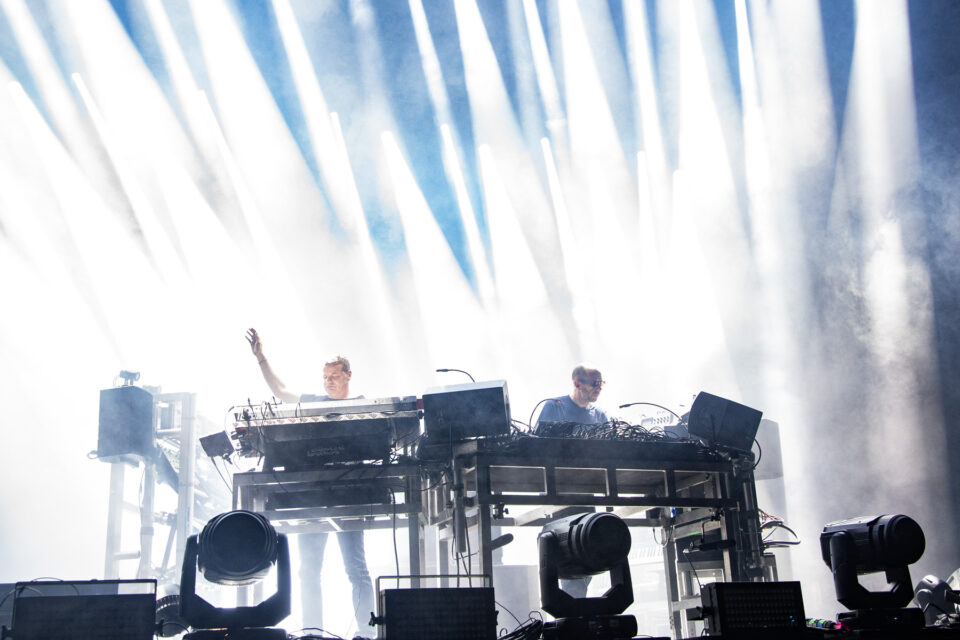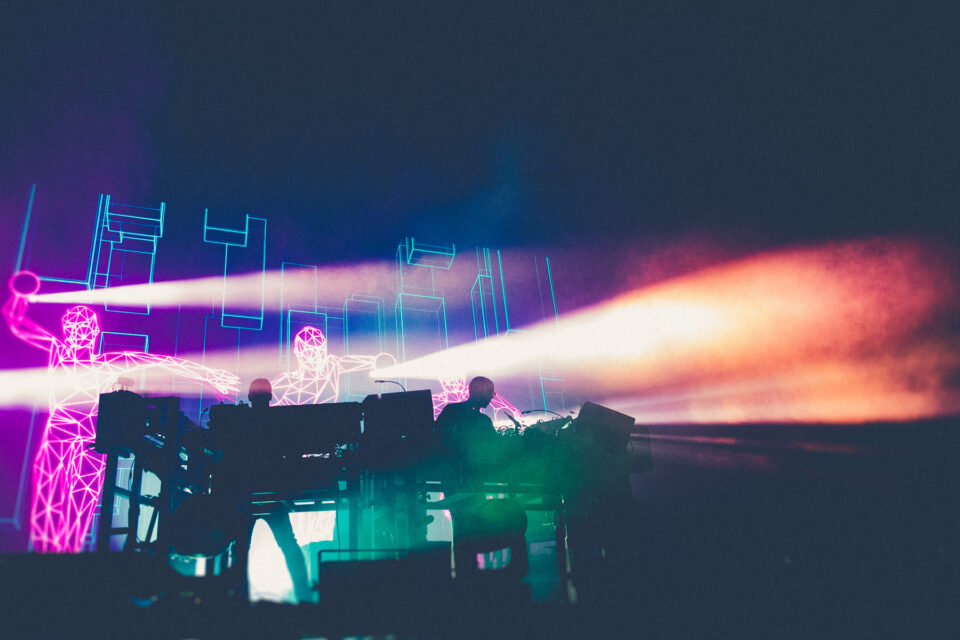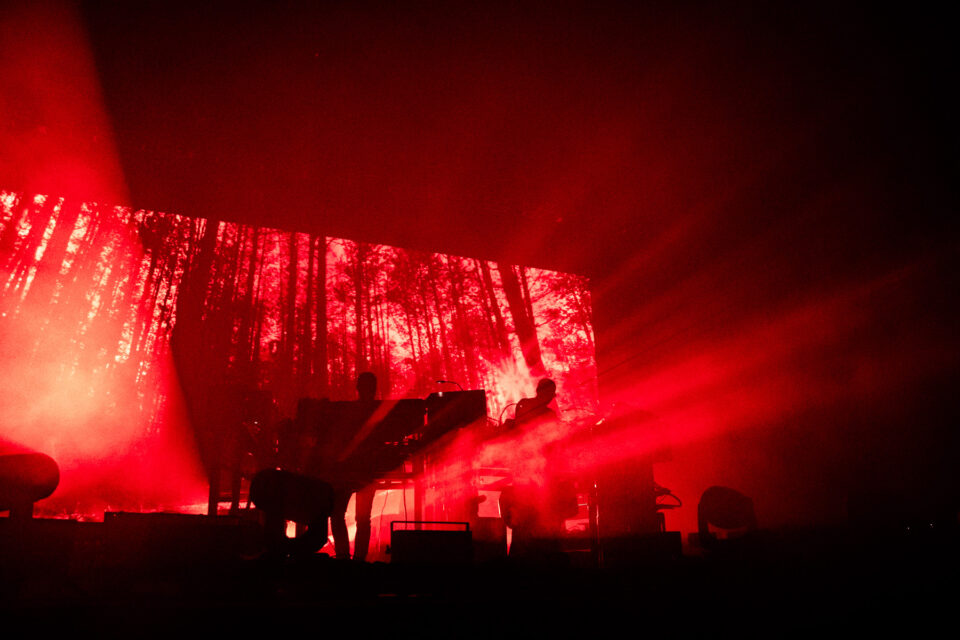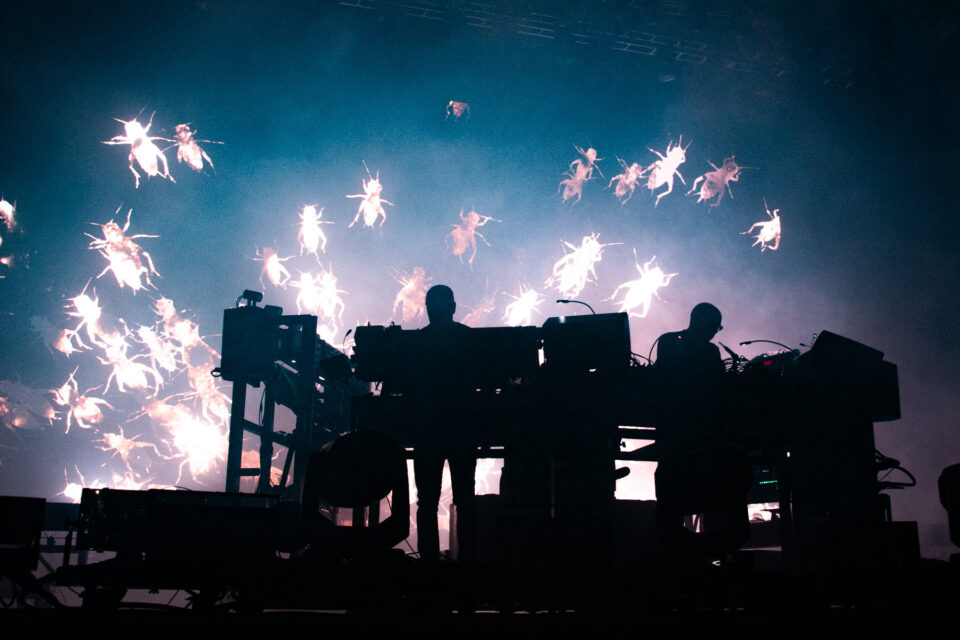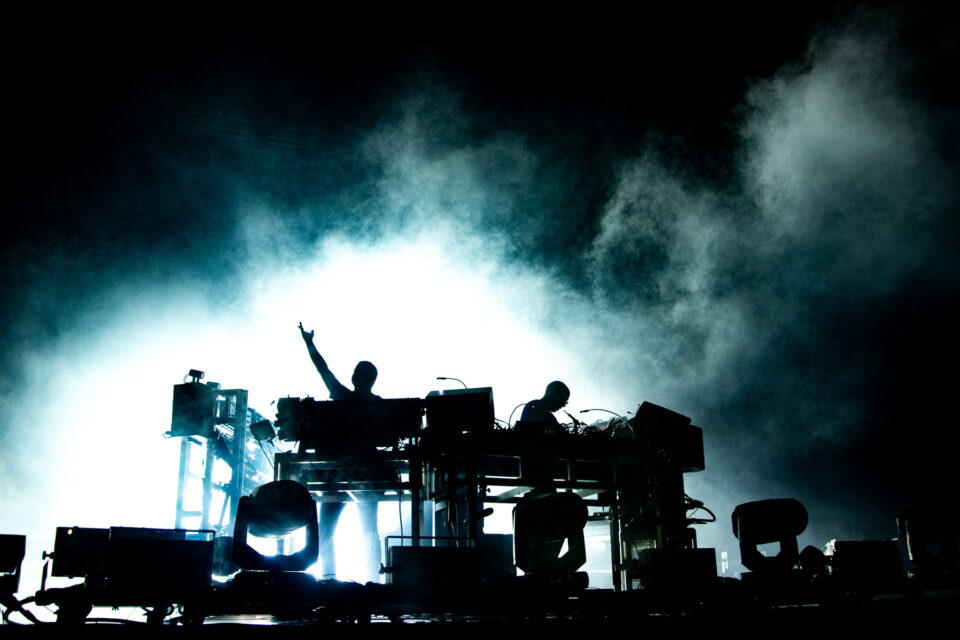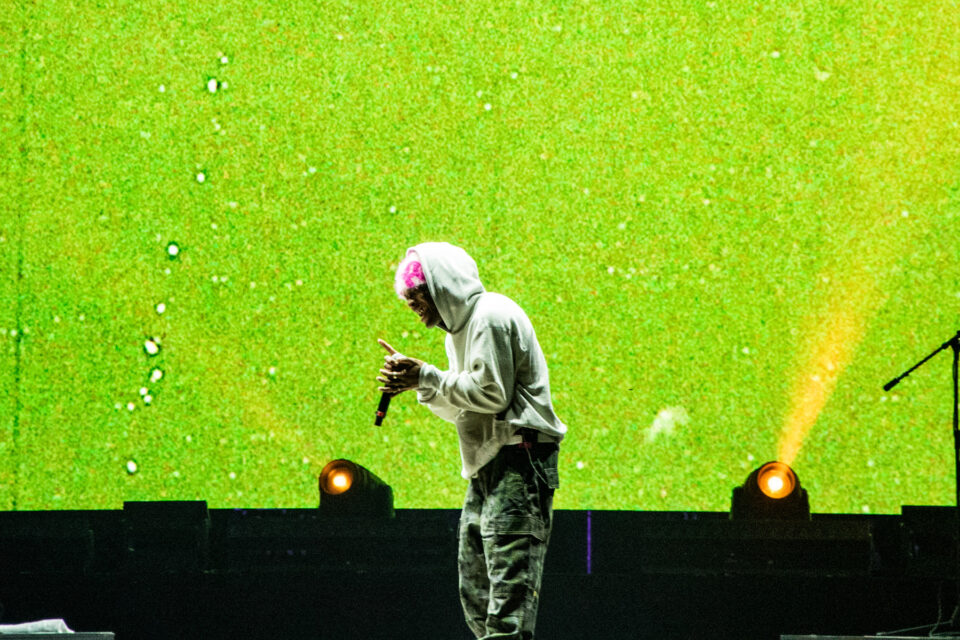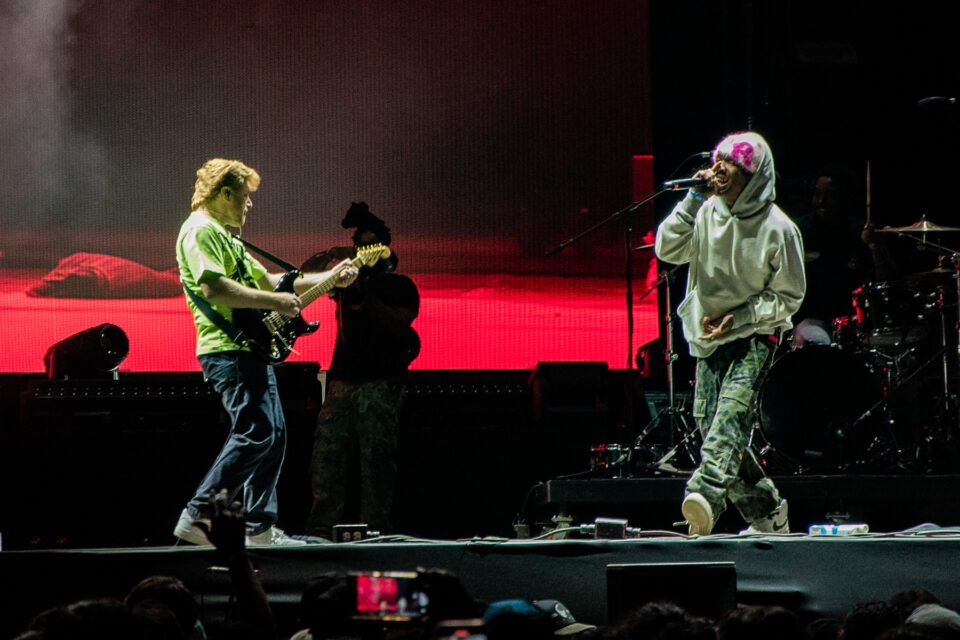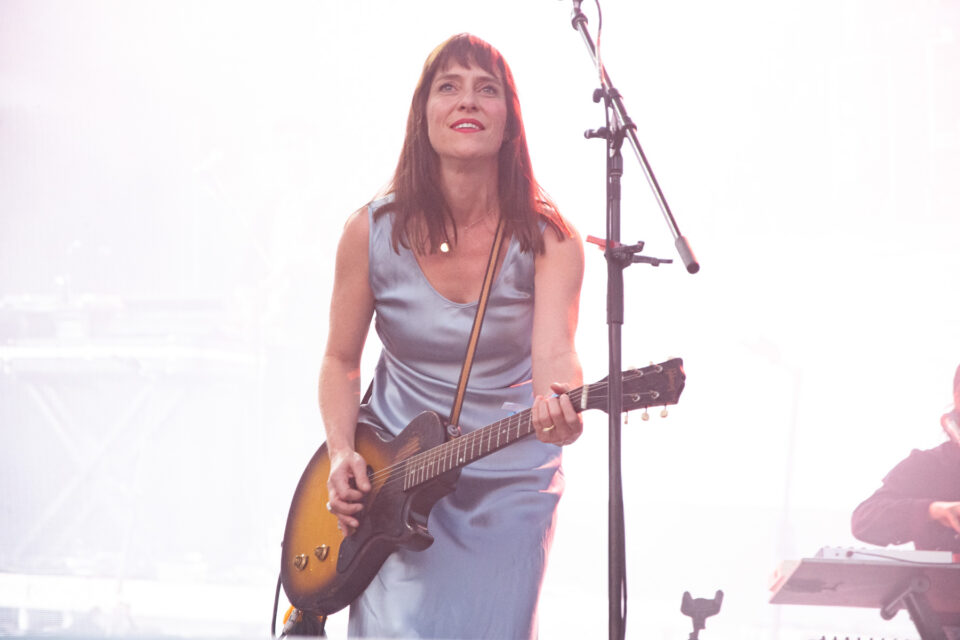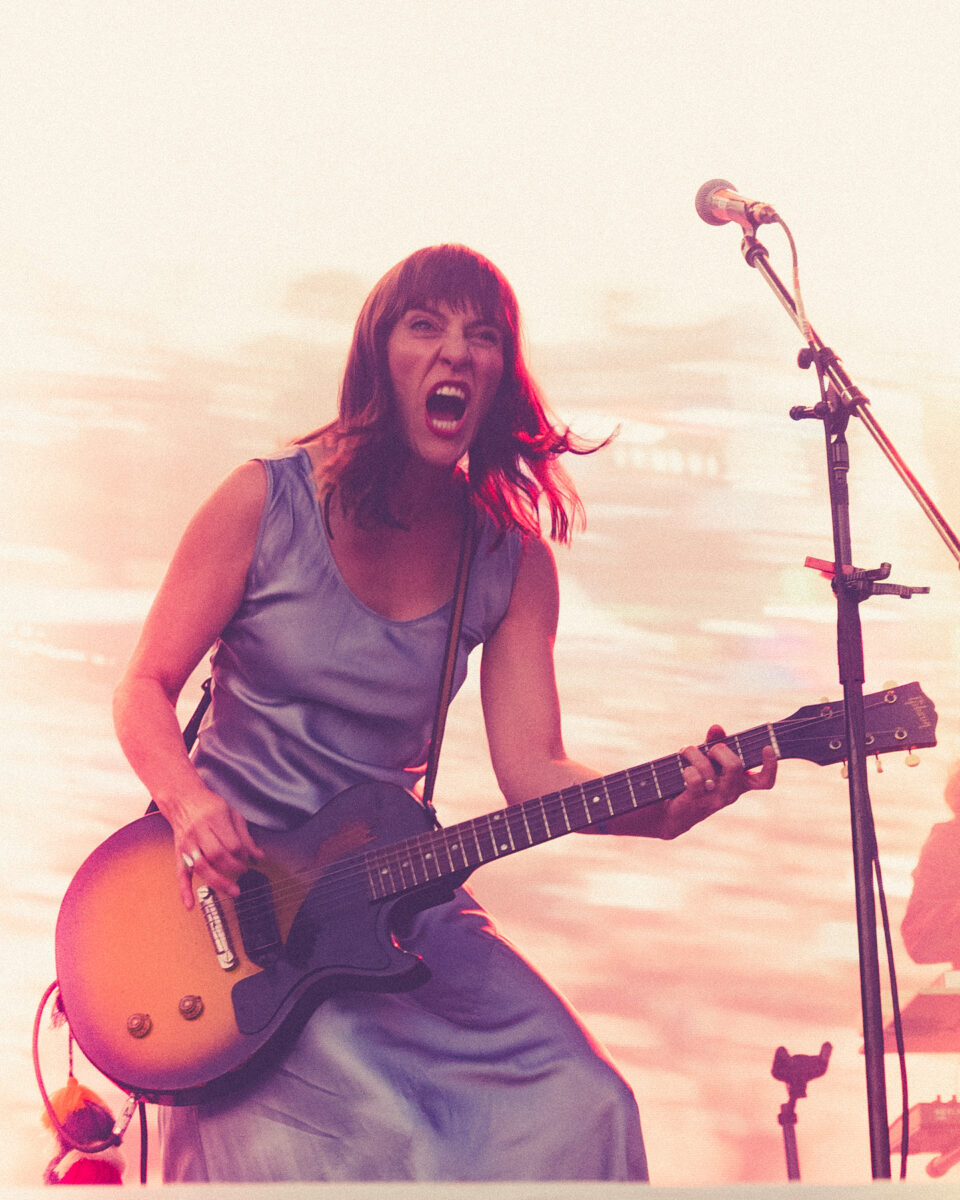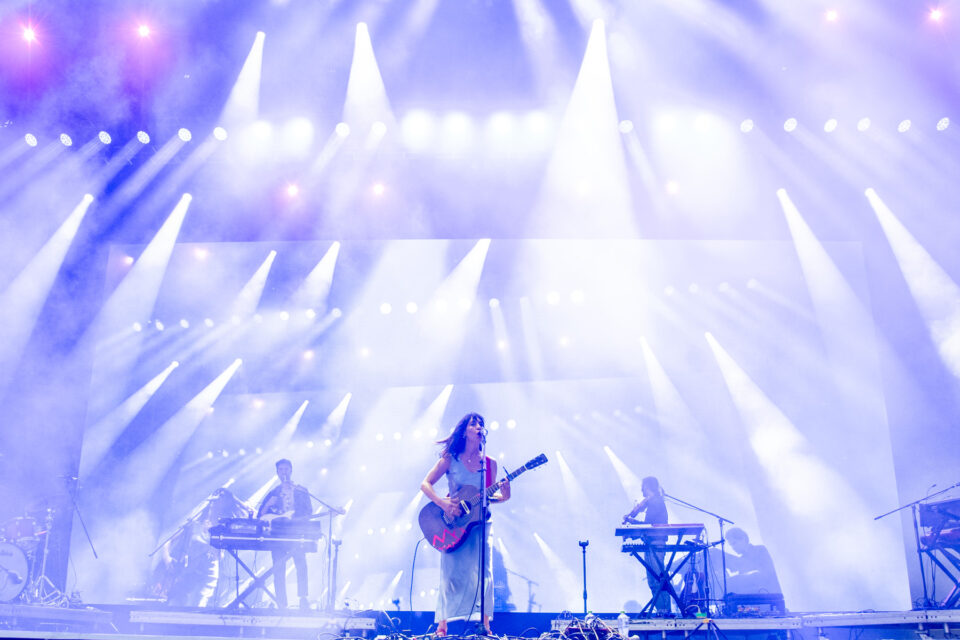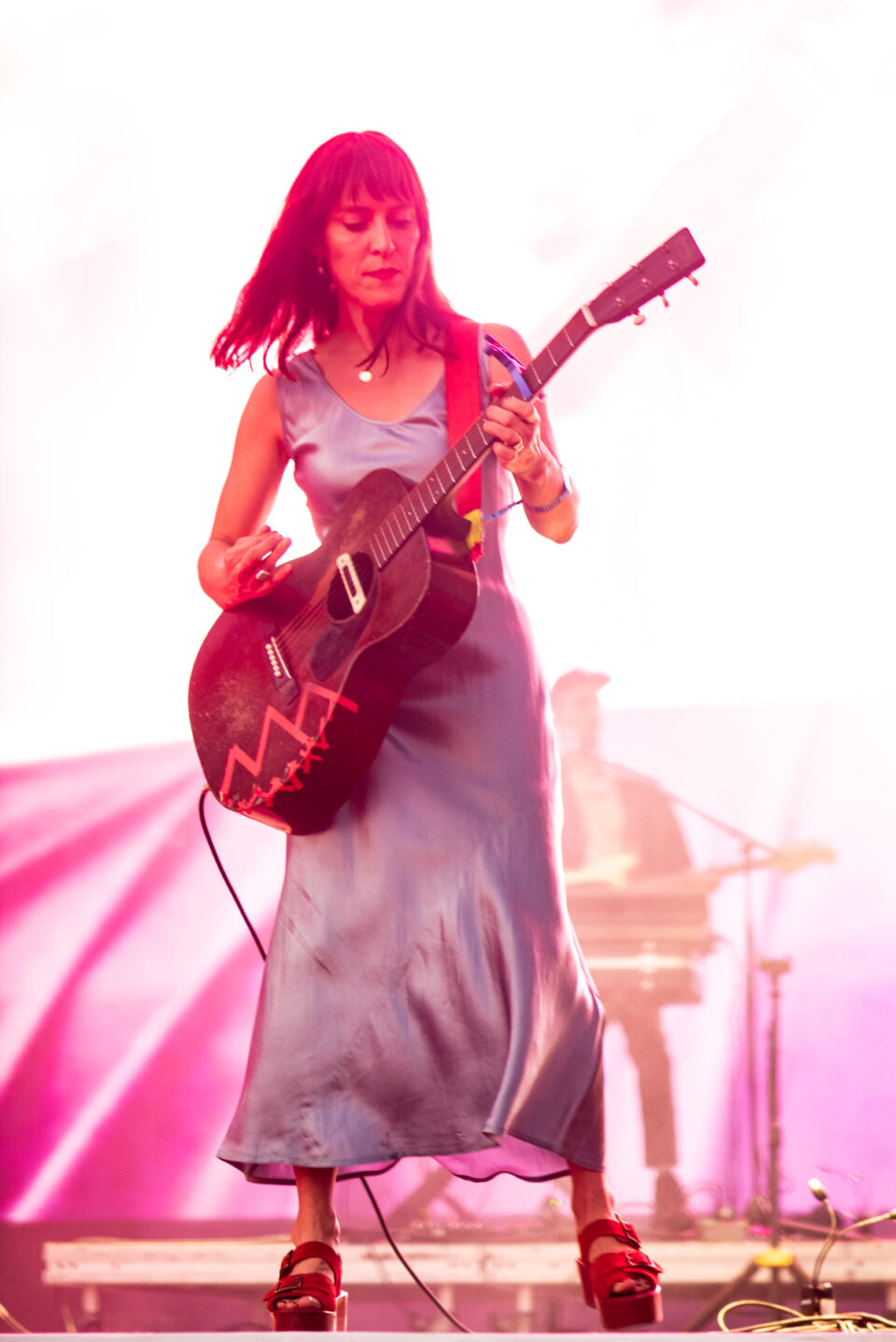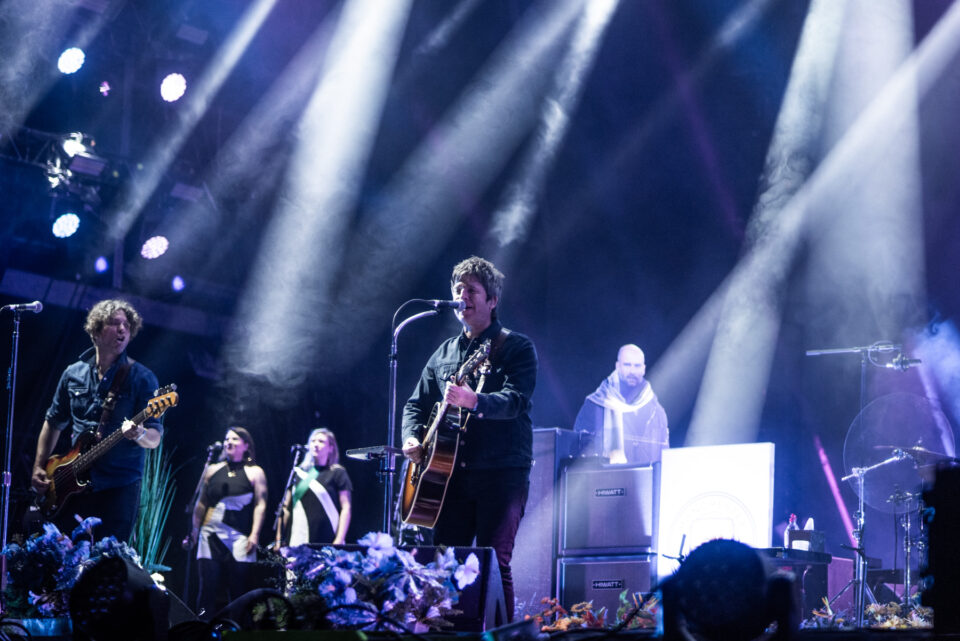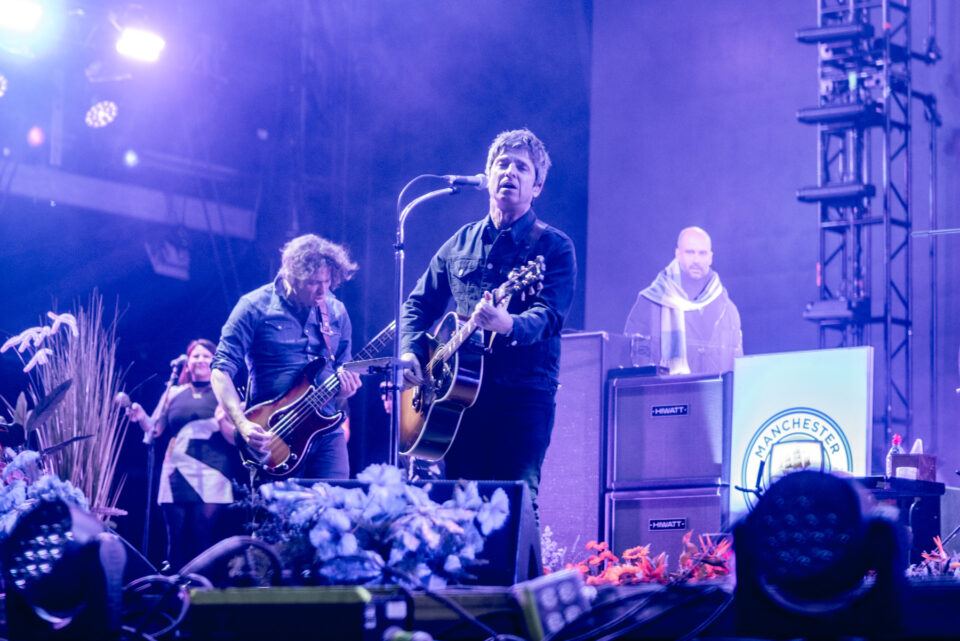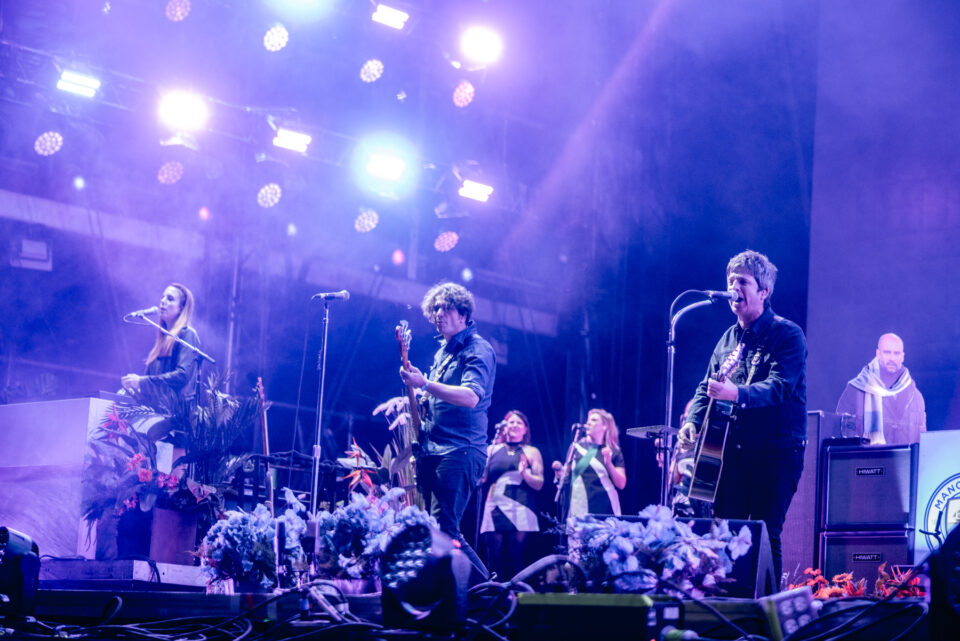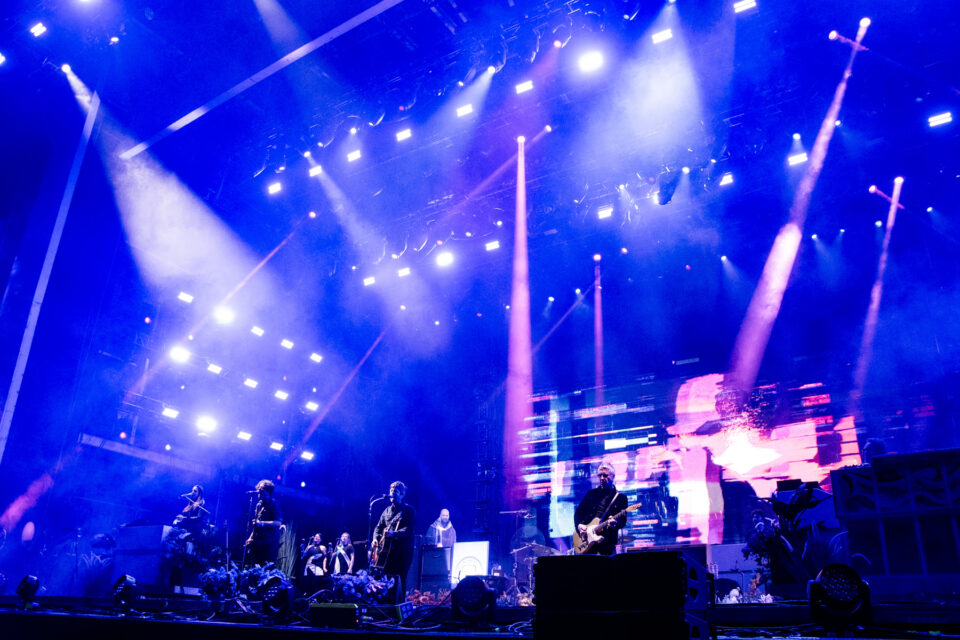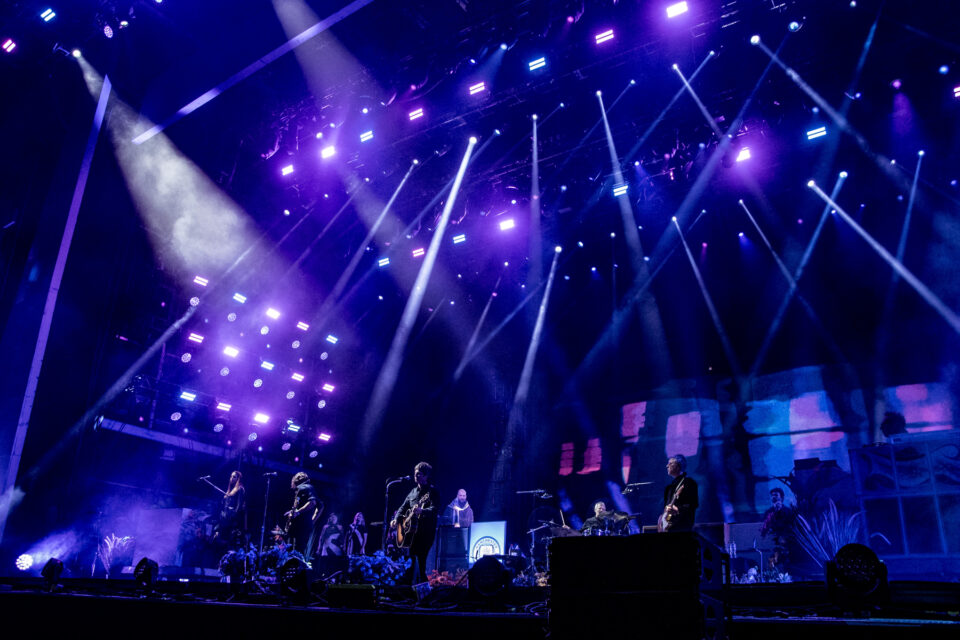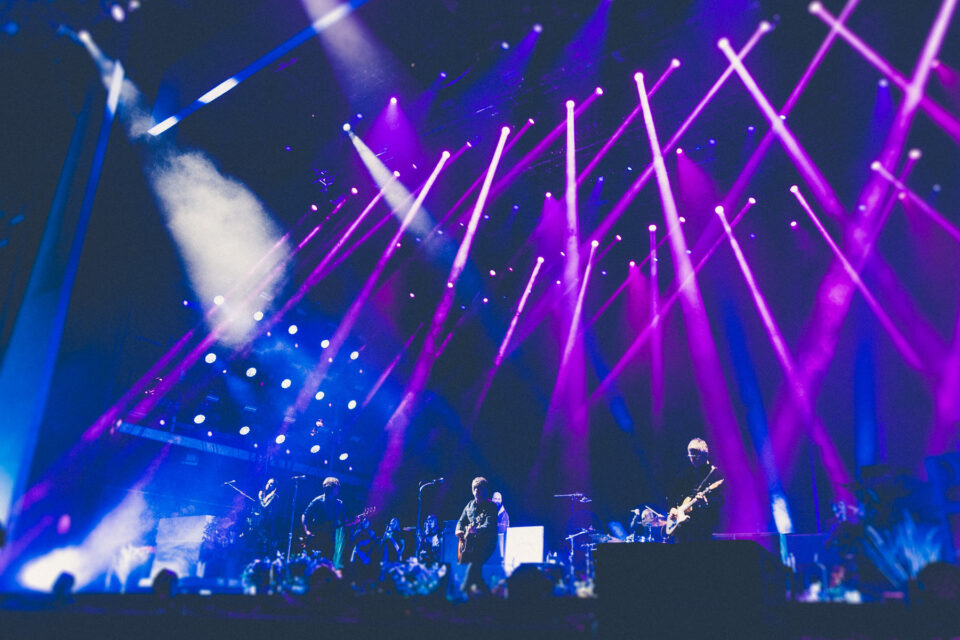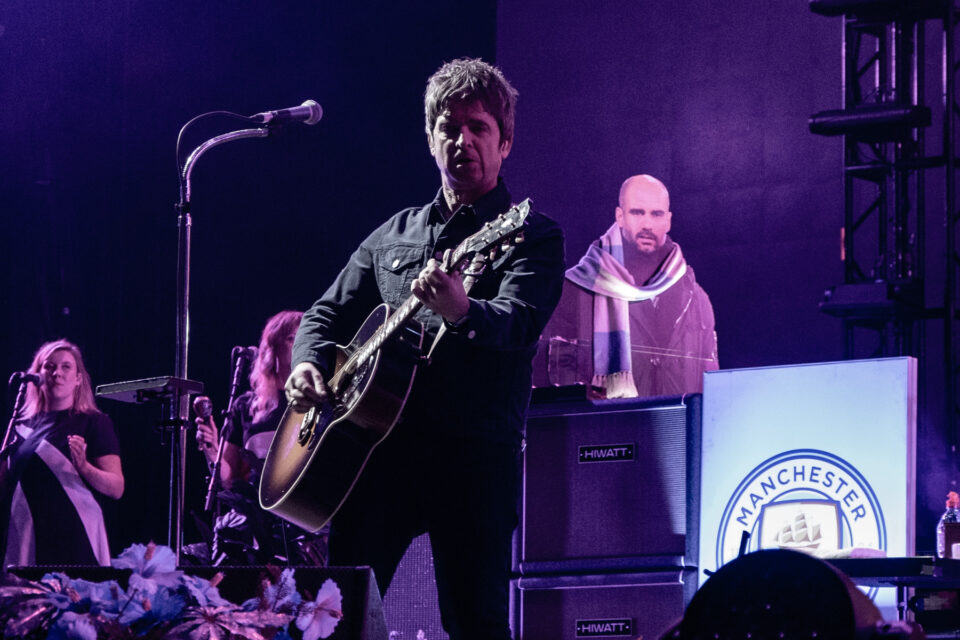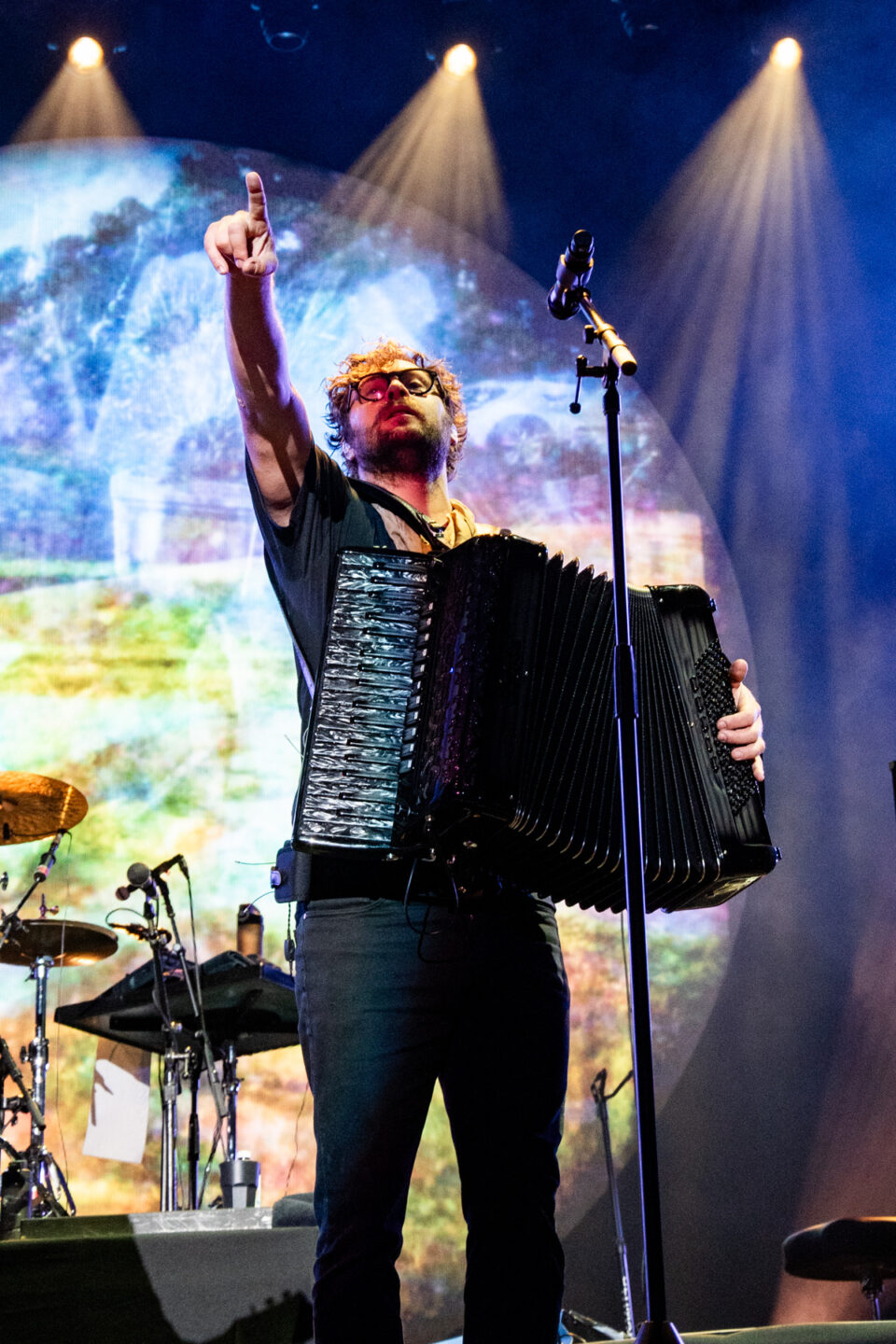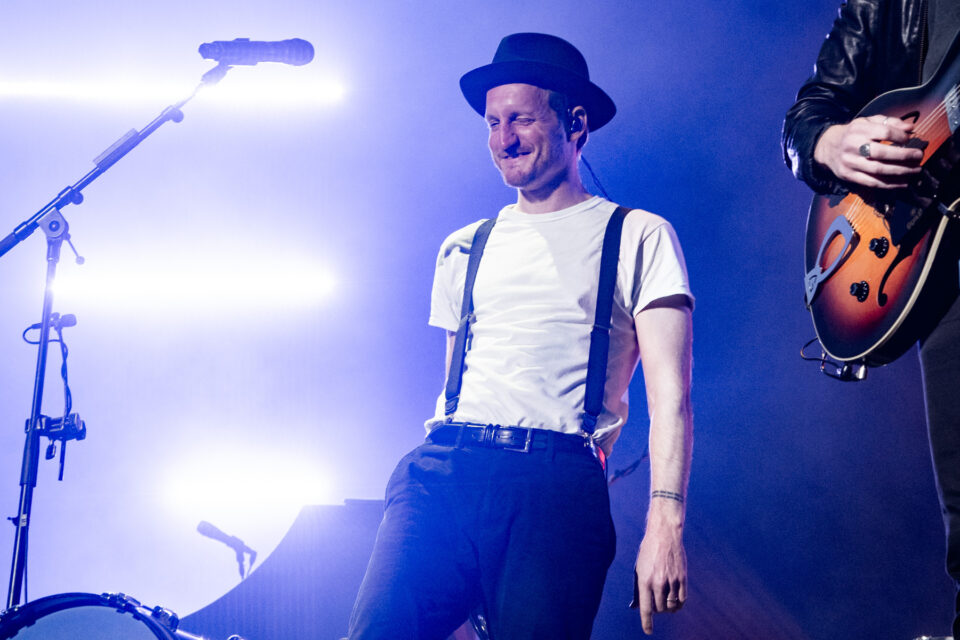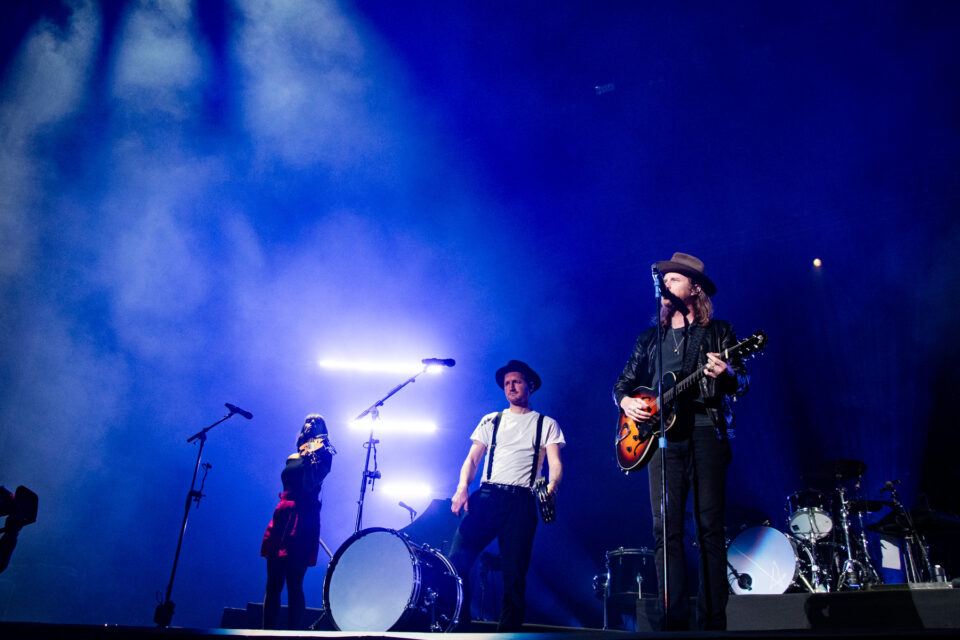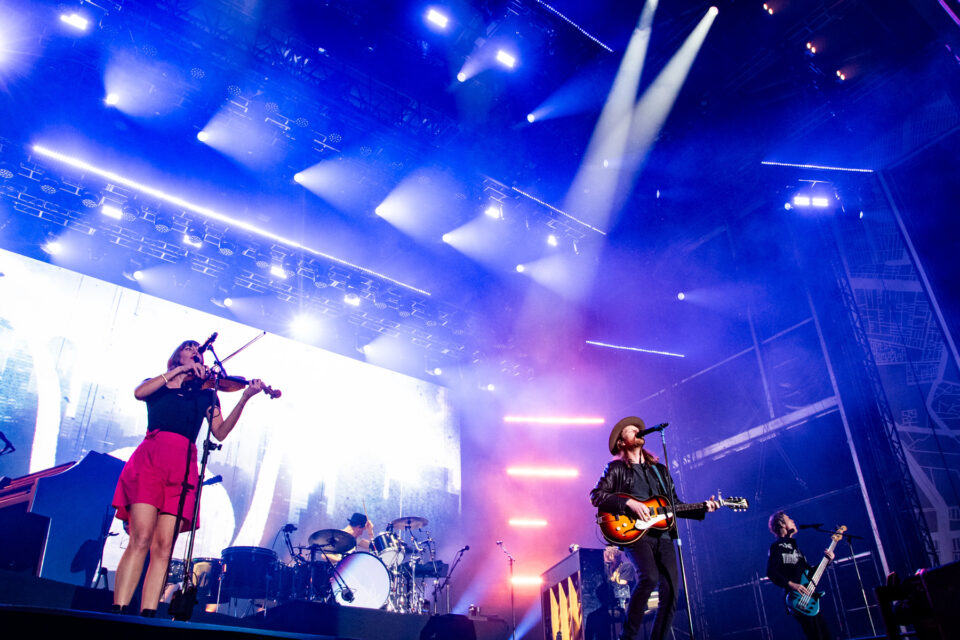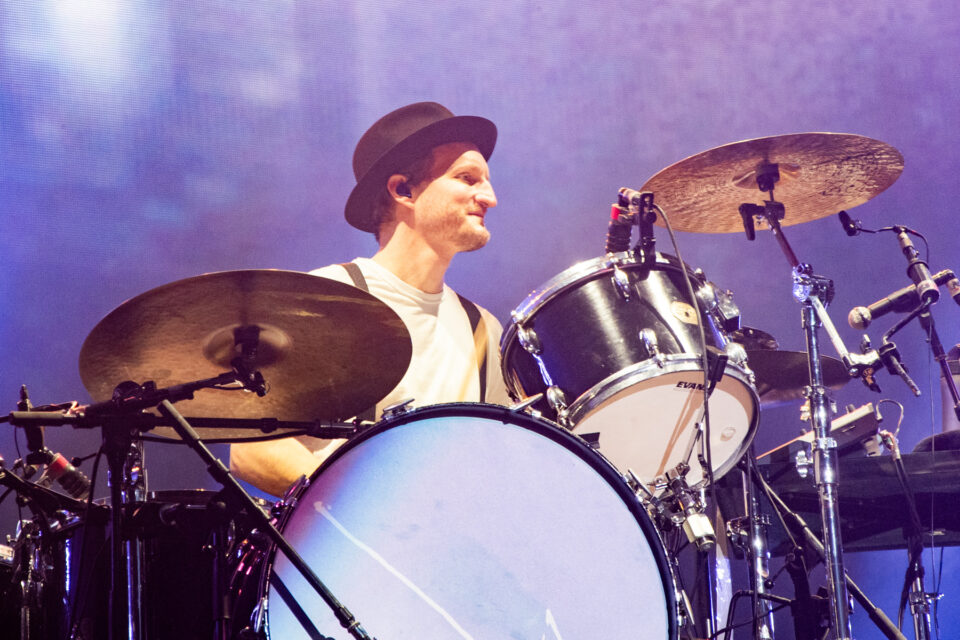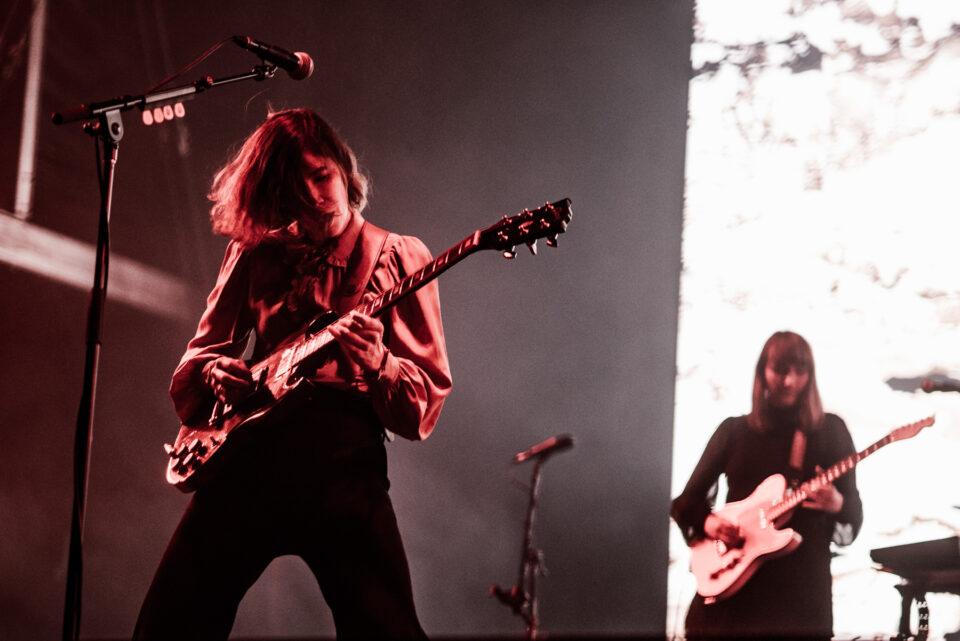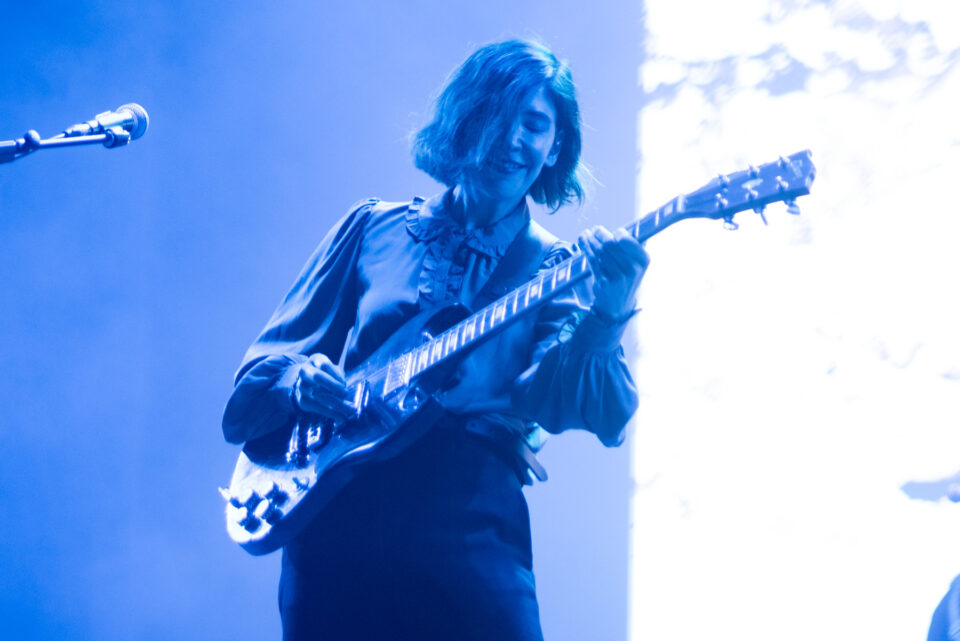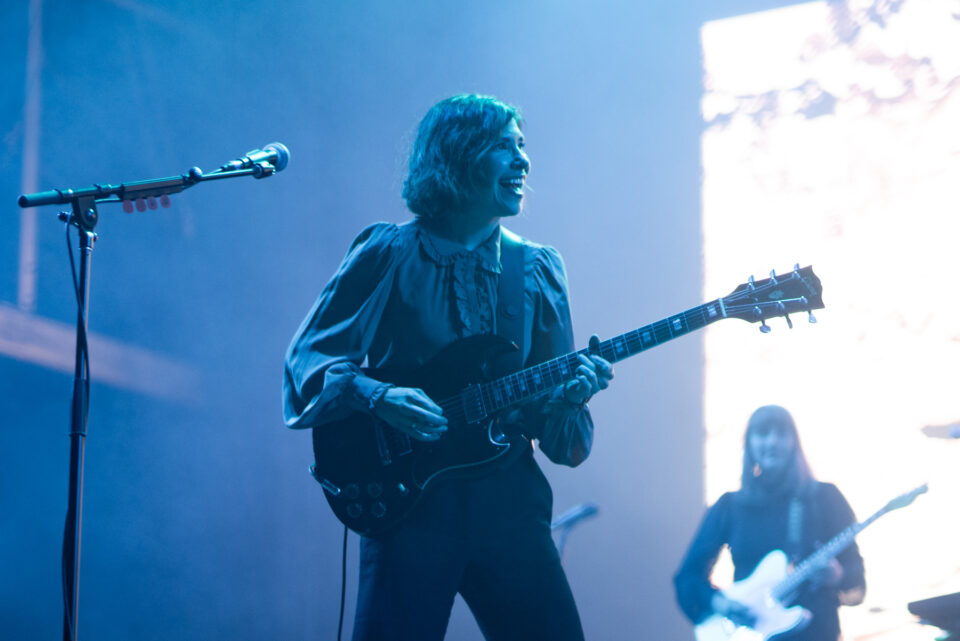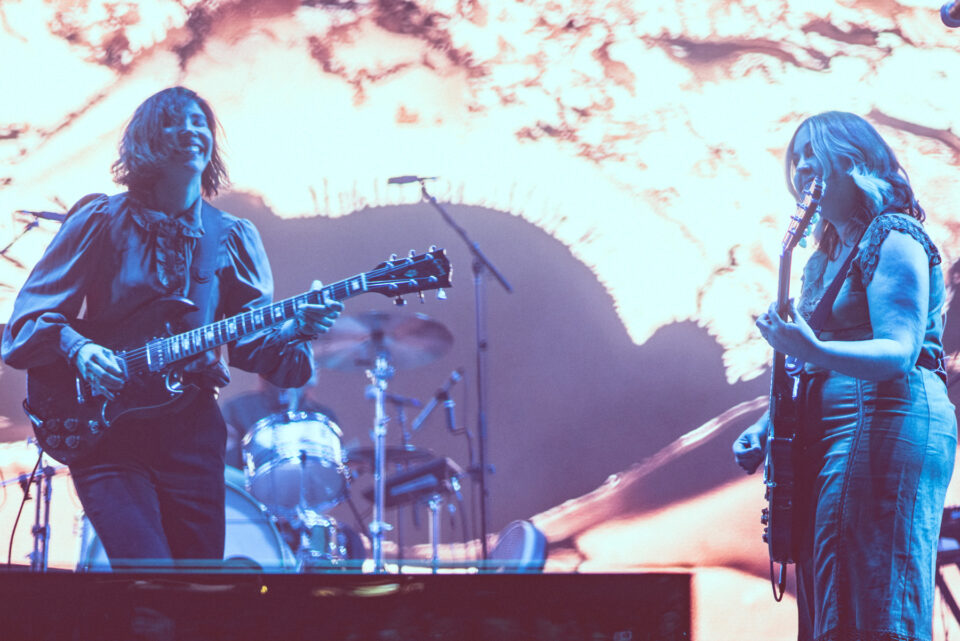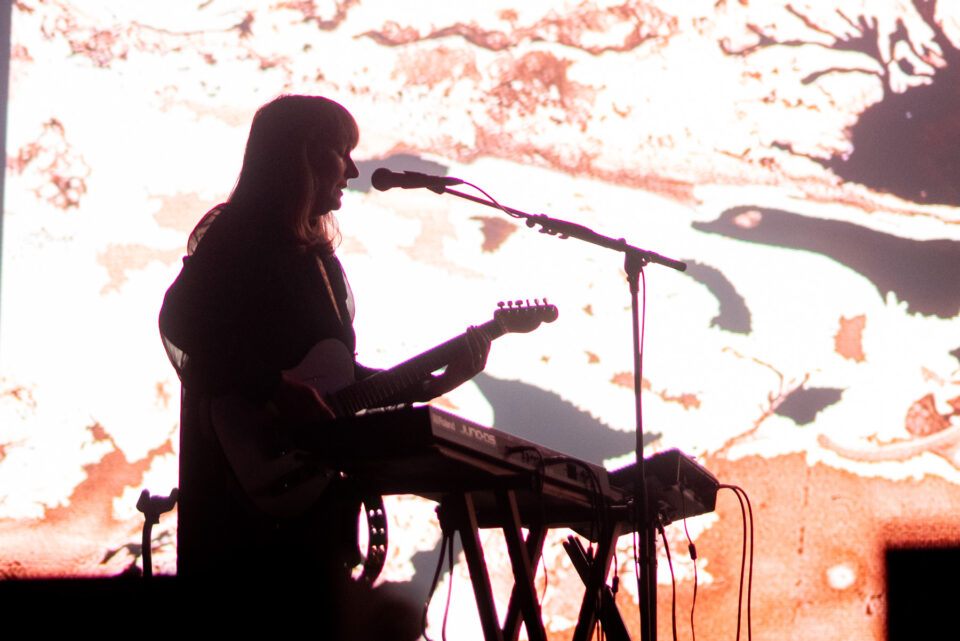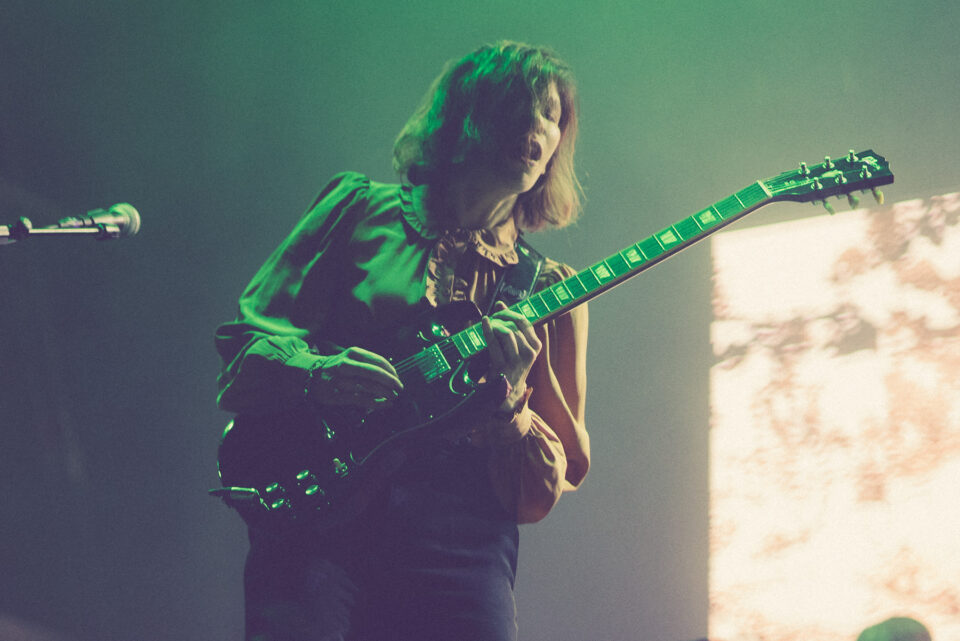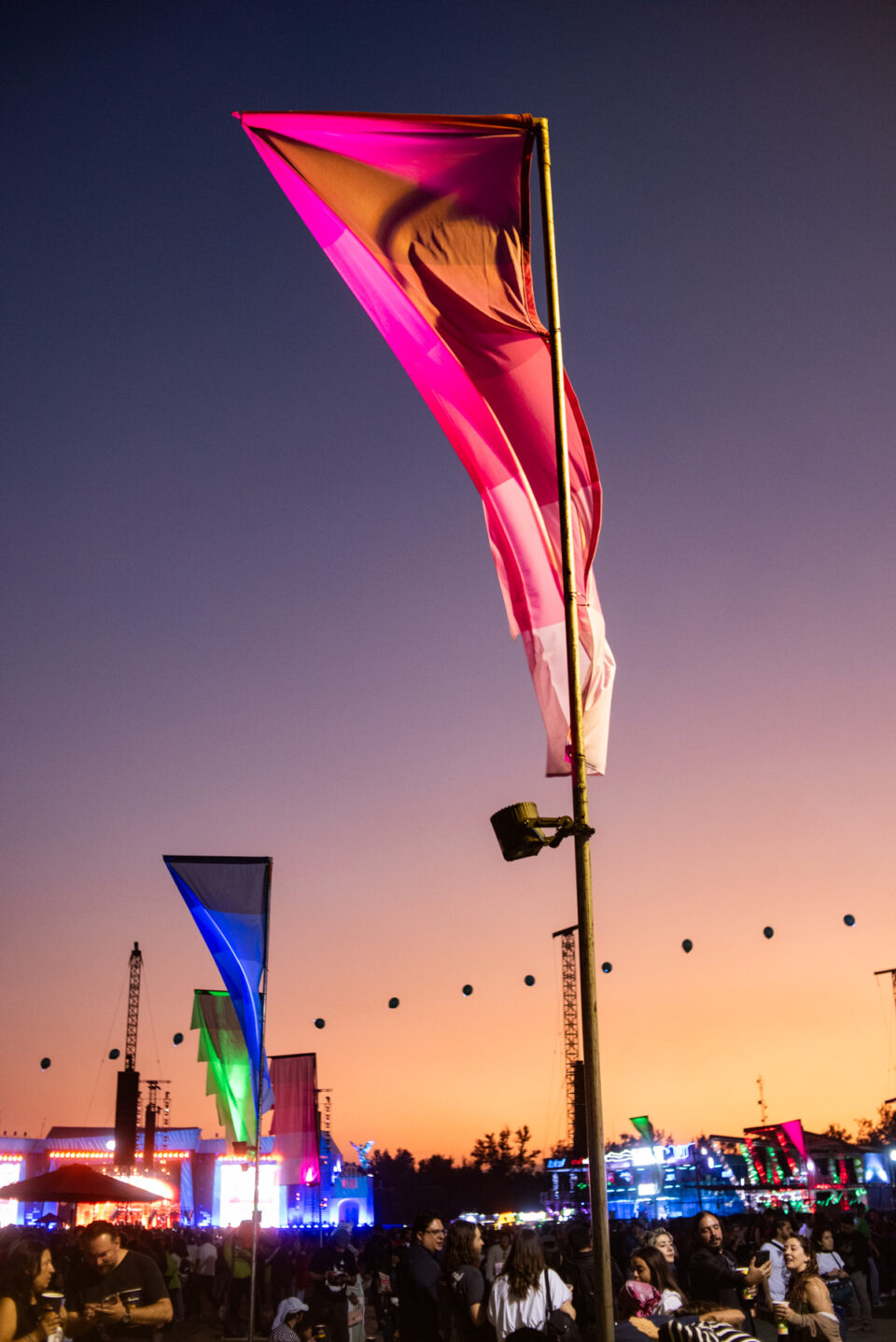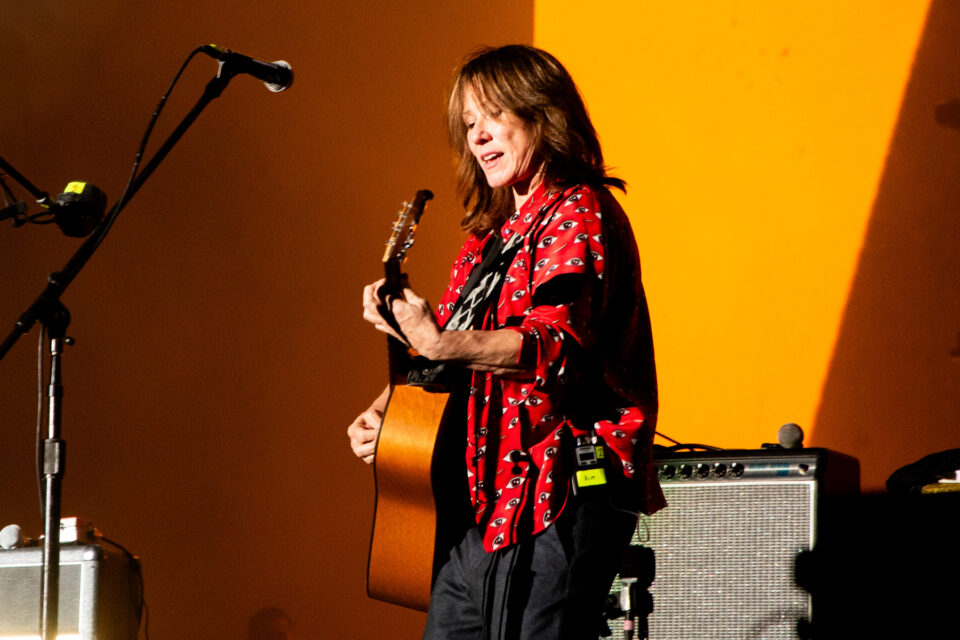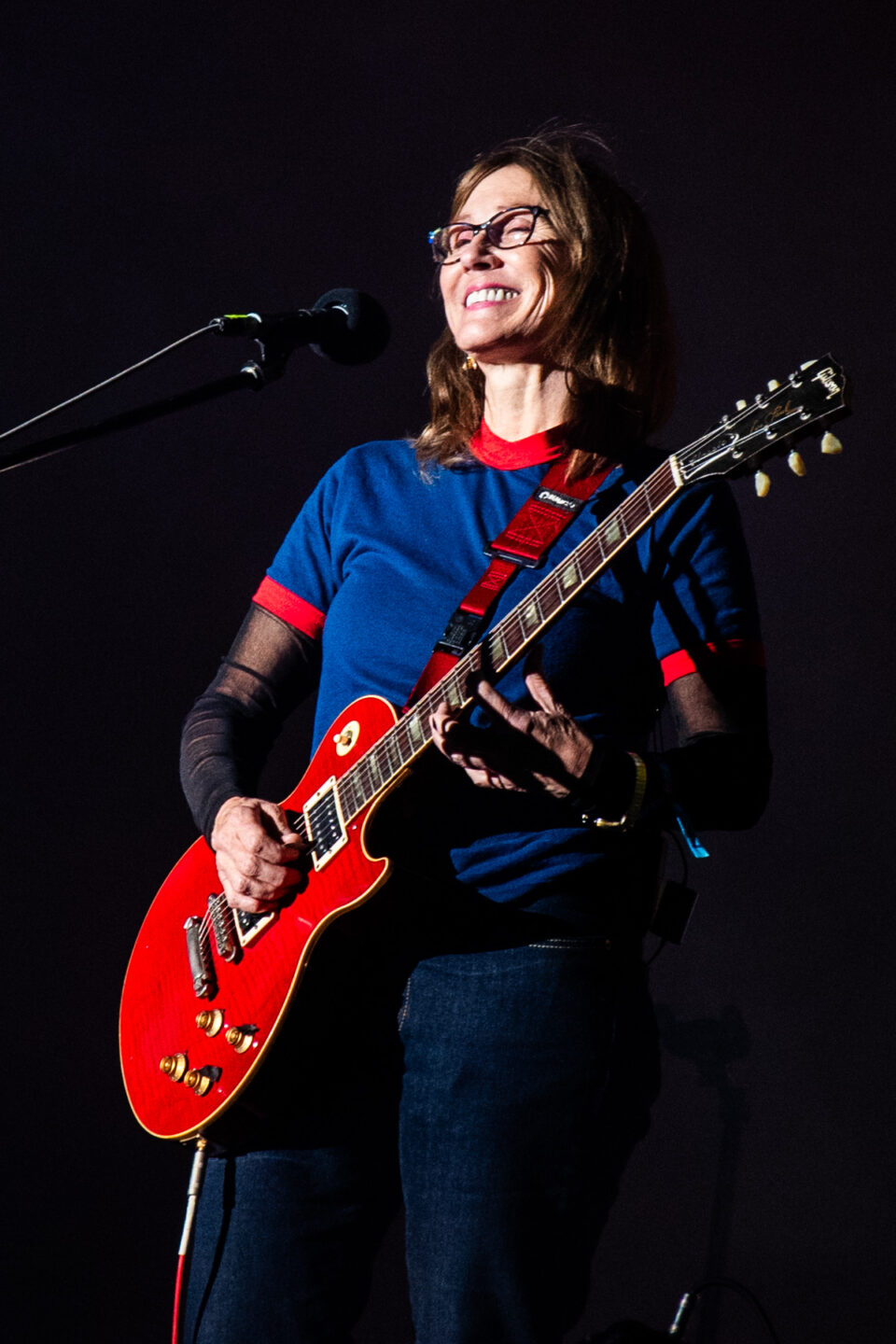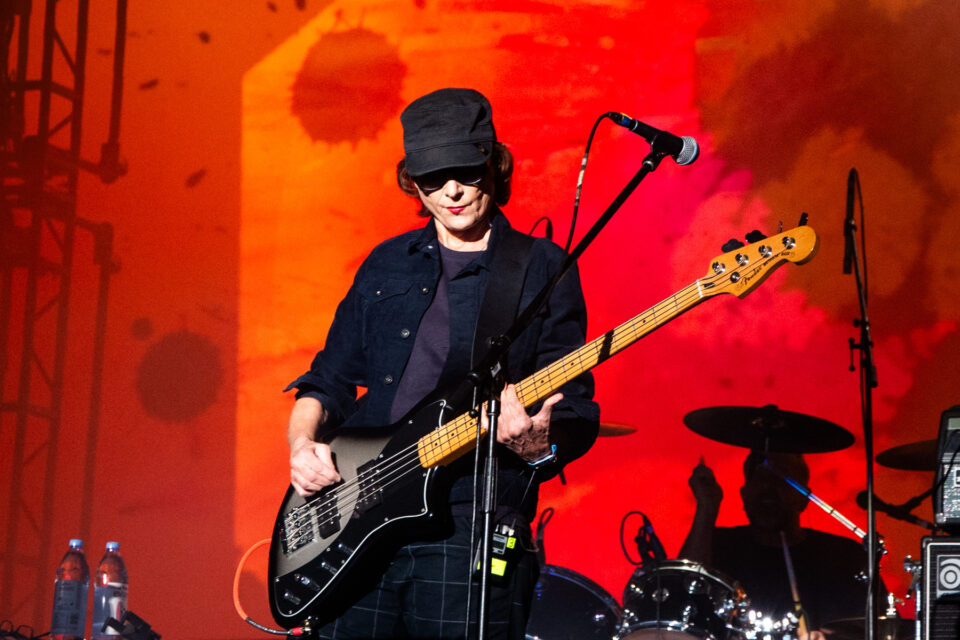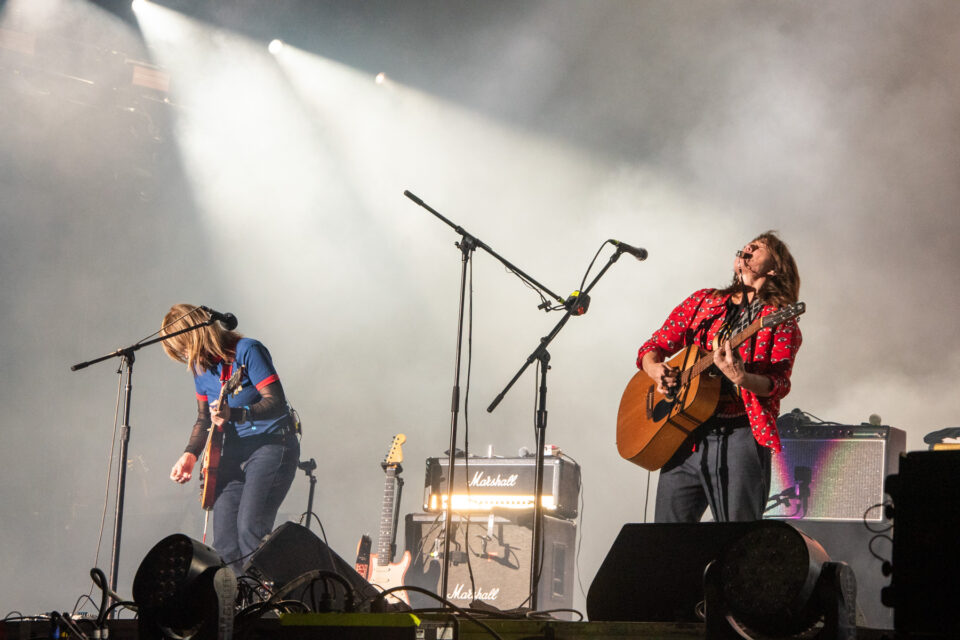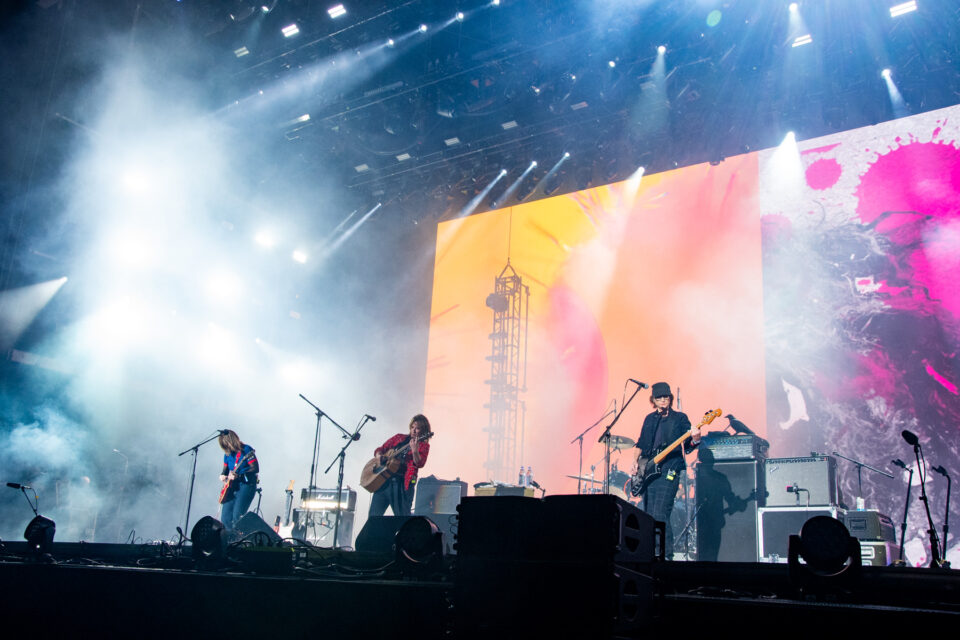Halfway into Noel Gallagher’s High Flying Birds’ set at Corona Capital, the former Oasis co-frontman asked the crowd, “Does anyone here remember the ’90s?” The audience erupted into applause, as Gallagher launched into his former band’s 1997 track “Going Nowhere.” Much of the weekend could’ve been dedicated to the decade—although Corona Capital didn’t achieve the impossible task of reuniting Oasis, they did pull off the impressive feat of booking Noel, Blur, and Pulp, three of the most important Britpop artists of the era.
The weekend also featured other ’90s acts like The Breeders, Sleater-Kinney, Alanis Morrisette, and The Chemical Brothers. Pulp closed out the fest’s Vans stage on Friday with their greatest hits and the debut of a new song “Background Noise,” which frontman Jarvis Cocker dedicated to his girlfriend. While Cocker was the most energetic of the three Britpop frontmen at the fest, Blur’s raucous set included a restarting of “Coffee and TV” to play it faster and a consistent laid back energy from Damon Albarn who donned a cozy sweater and consistent smile, and Noel finished his set by play six more Oasis covers.

Noel Gallagher
Corona Capital always takes place the weekend before Revolution Day, so people can party past 1 a.m. all three nights. This year also featured The Cure, The Hives, Sampa the Great, Phoenix, and dozens of other artists from around the globe, making tickets a hot commodity. Earlier this year, when Corona Capital raised prices to its phase-five price level after selling out of previous tiers in the course of 10 days, the festival became the most expensive three-day, non-boutique music festival in the world. Many were shocked at the price of general admission weekend passes (over $700, including fees), though this didn’t deter fans from coming out. Crowds often felt cramped to push through with 80,000 in attendance each day.

Pulp
If you roamed the grounds of Corona Capital before the gates opened with zero knowledge of the lineup, you may mistakenly see it as an AI-generated image of a festival; balloon chains á la Coachella, flags reminiscent of Austin City Limits or Glastonbury, one or two large-scale art installations, a row of boutique poster artists selling their prints at a Flatstock, eyeballs smacked onto trees, and branded activations as far as the eye can see.
It may be easy for someone outside of Mexico to write Corona Capital off as a crowded knockoff of festivals you’ve seen before—especially because the fest features zero local acts on the lineup—but you’d be completely missing why Corona Capital is so special. Mexico is a country that doesn’t have many acts tour through. Mexico City is too far south to be convenient for North American tours, and too far north for Latin American tours that mainly stick to South America. Locals share, too, that traveling to the States to go to major festivals is logistically prohibitive because it’s very expensive to even apply for a tourist visa, and even if you do pony up the cash to fill out an application you’re not guaranteed to be approved.
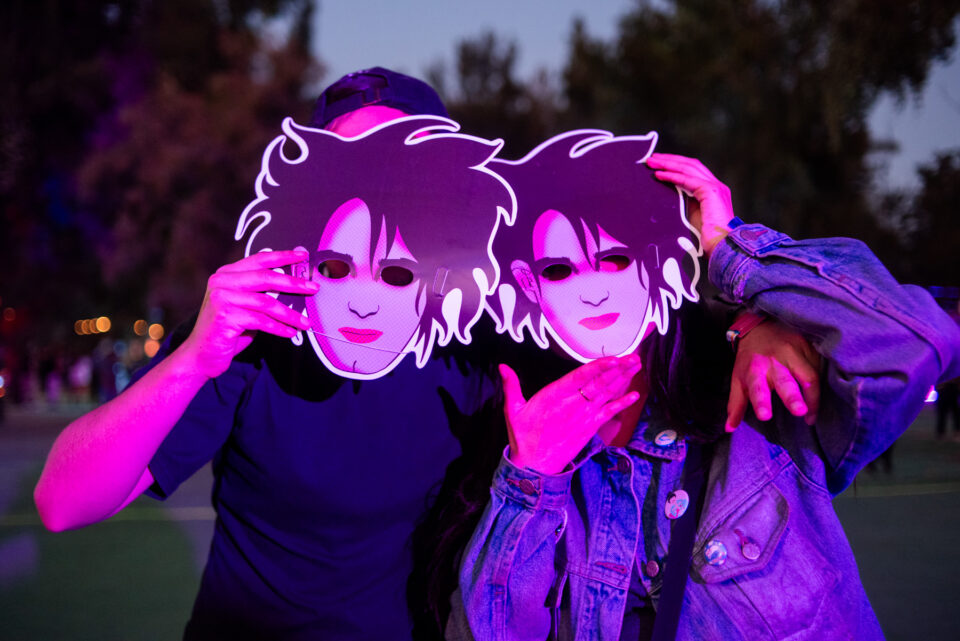
People lined up for branded activations with more energy and patience than at any other festival I’ve been to. These included a roller skating station from Corona, a BMX bike show from Monster, a tarot reader from Tinder, many a facepaint station from liquor sponsors, and a silent disco from Pepsi (one brand handed out masks of Jarvis Cocker, the Blur Milk Carton, and Robert Smith). The screens next to the stages mainly advertised upcoming concerts, getting folks excited for upcoming gigs. At the Niall Horan set, when an ad came up for Louis Tomlinson’s upcoming show the crowd screamed their heads off.
Three songs into Niall’s set he reminisced about how despite not making it to Mexico enough, his shows there are some of his favorites, and how in Mexico they, “Don’t do things in halves.” And that’s true: Every attendee at Corona Capital threw themselves into their fandom for these bands. Screaming, crying, dancing, and hugging each other throughout the three days, the pure excitement and jubilation of fans seeing artists was infectious. Yes, Corona is a festival of imports, but it’s also a love letter to how much Mexicans care about music and want to go all out for the artists that touch them.
DAY 1
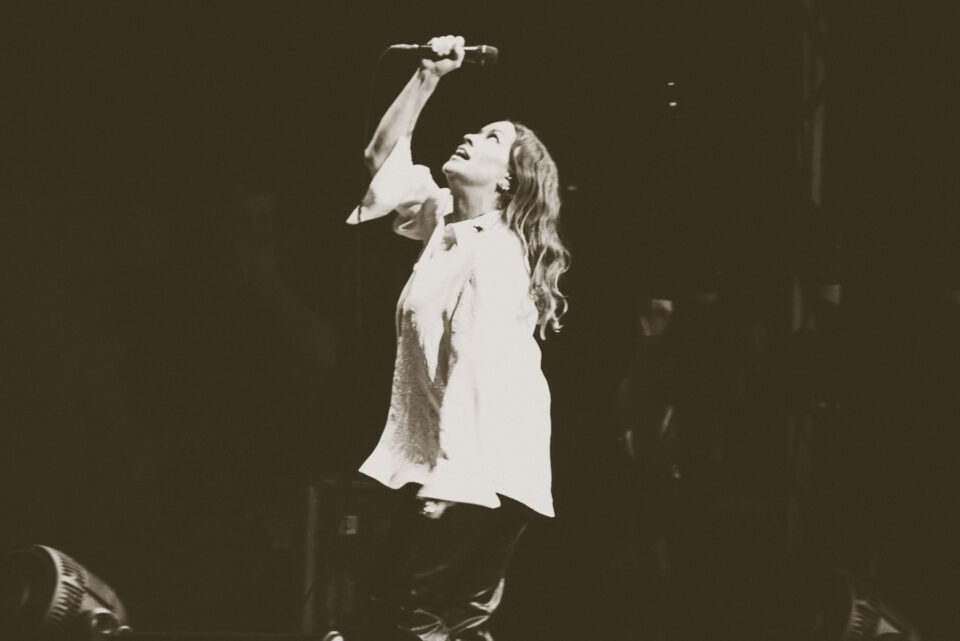
Alsnis Morissette
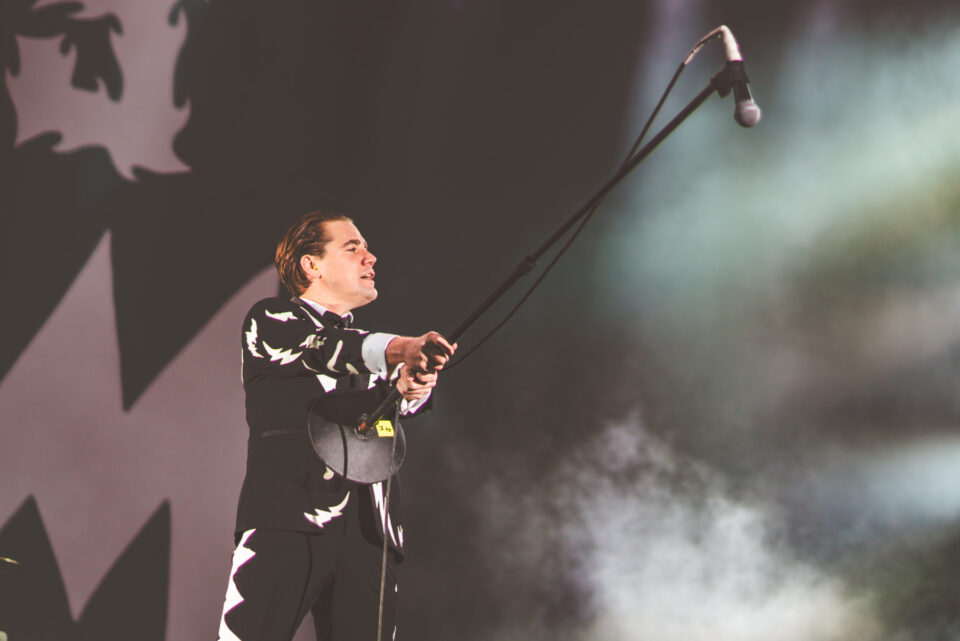
The Hives

The Hives

The Hives
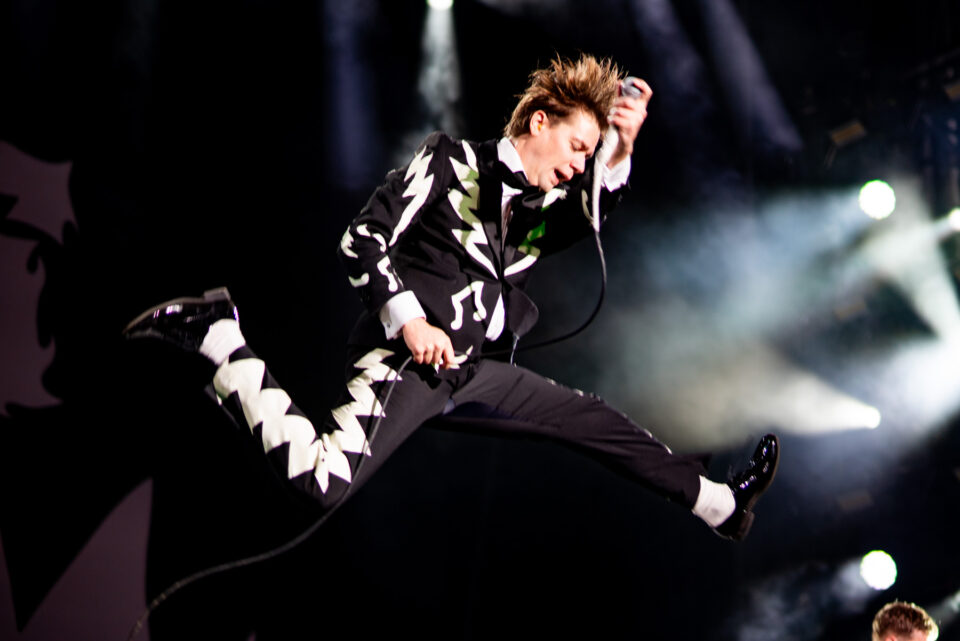
The Hives

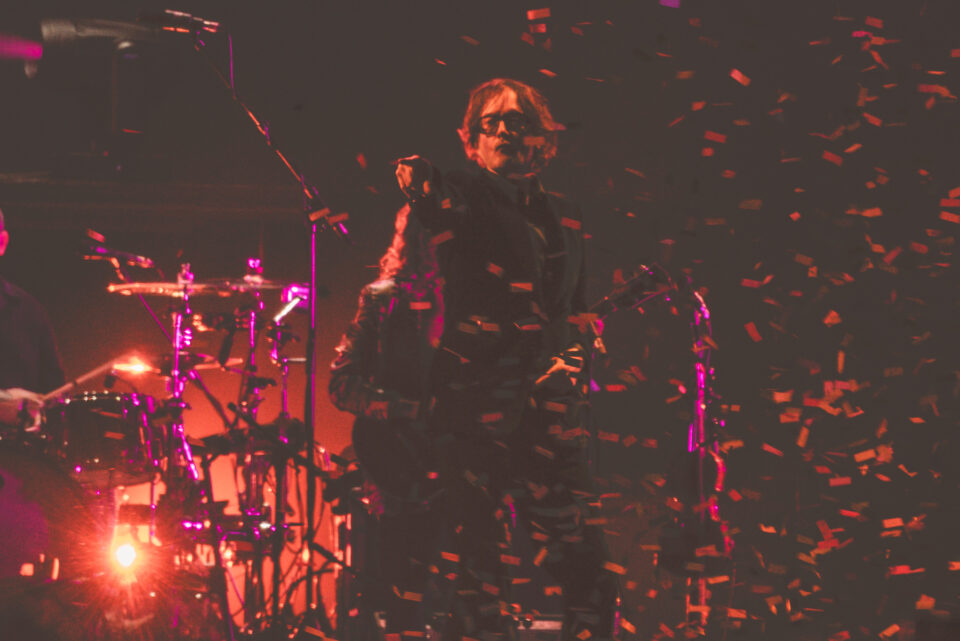
Pulp
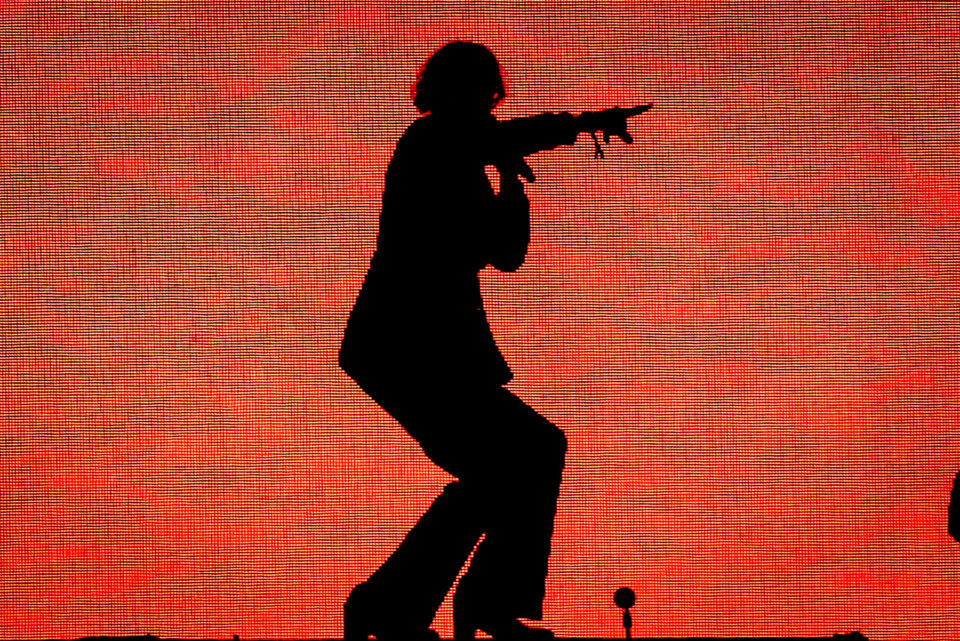
Pulp
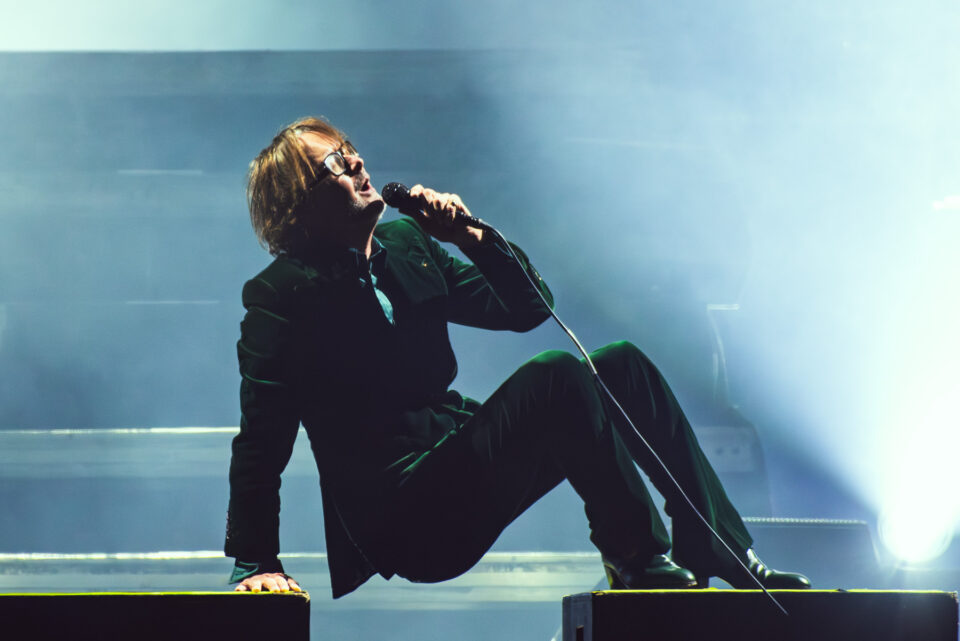
Pulp
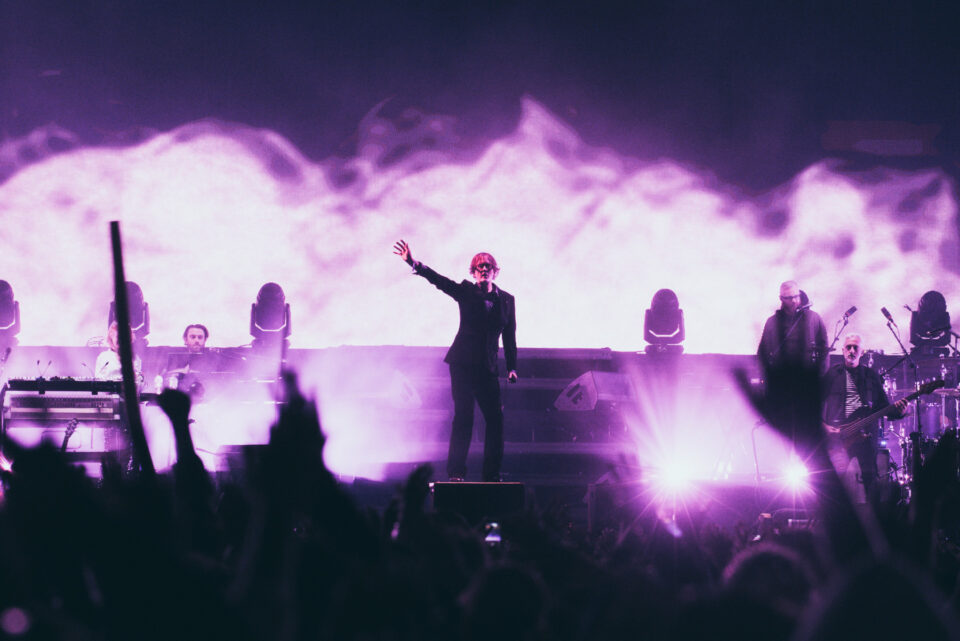
Pulp
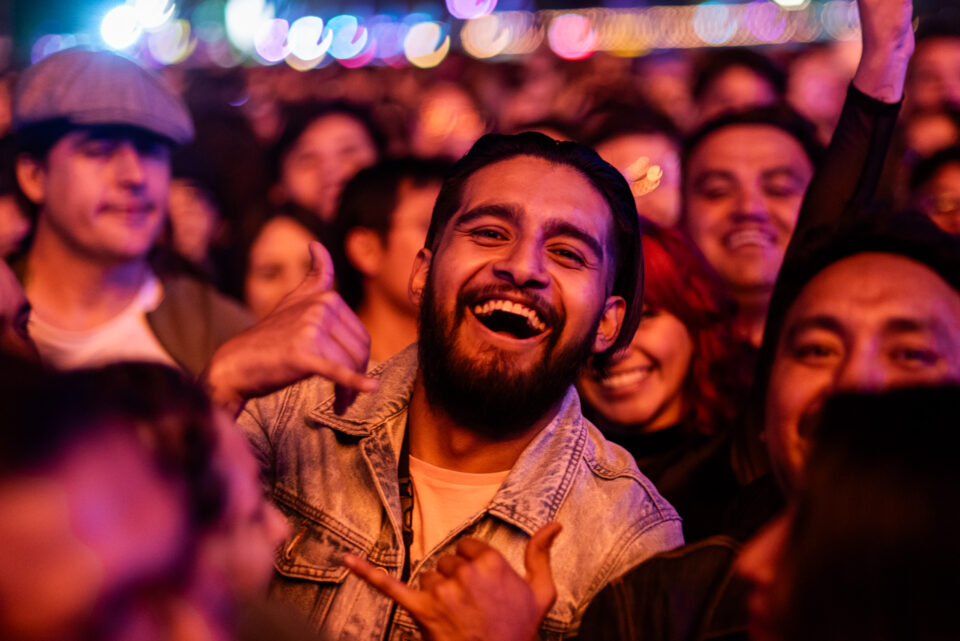
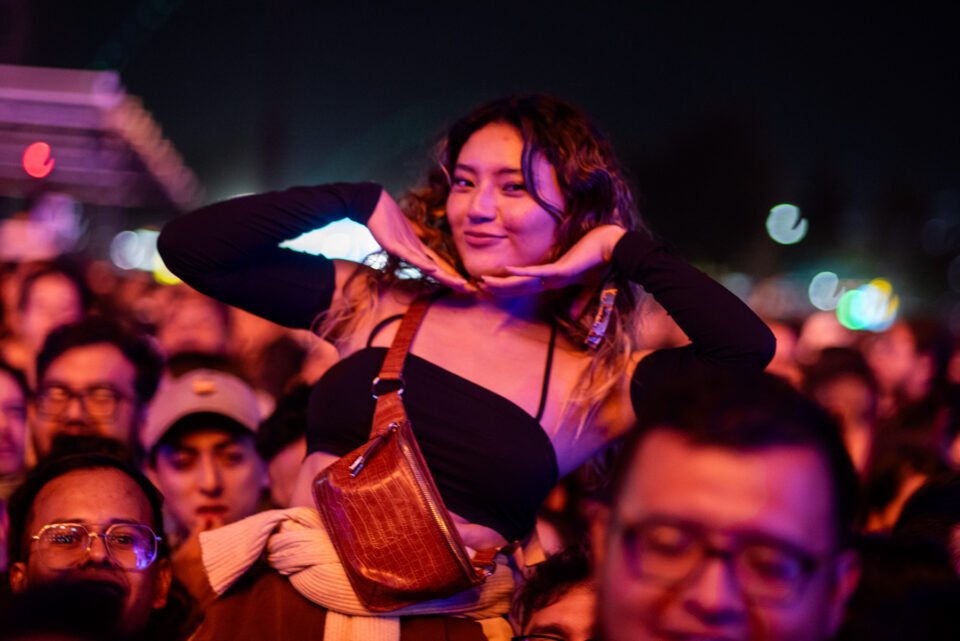
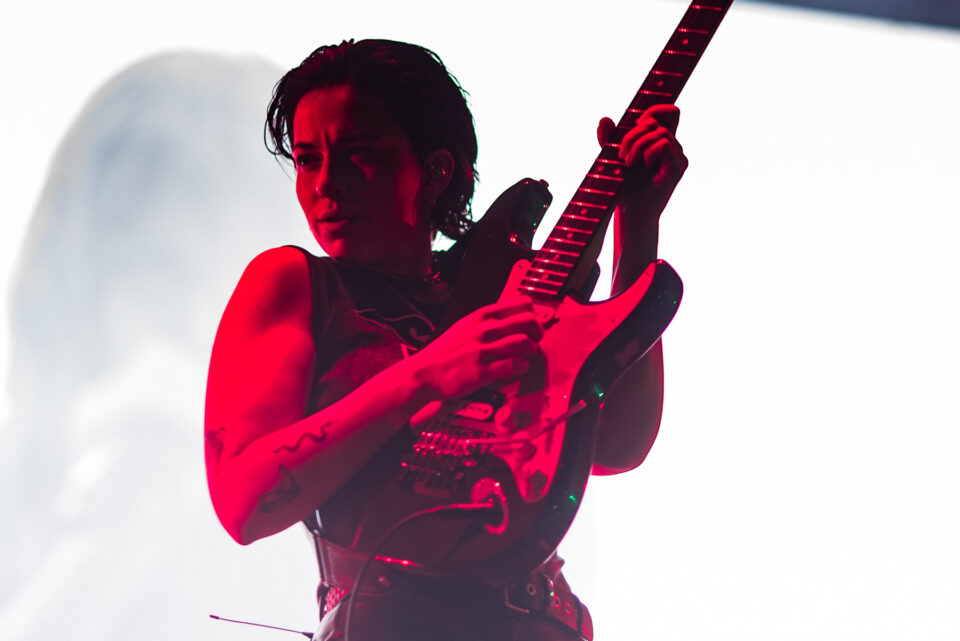
MUNA
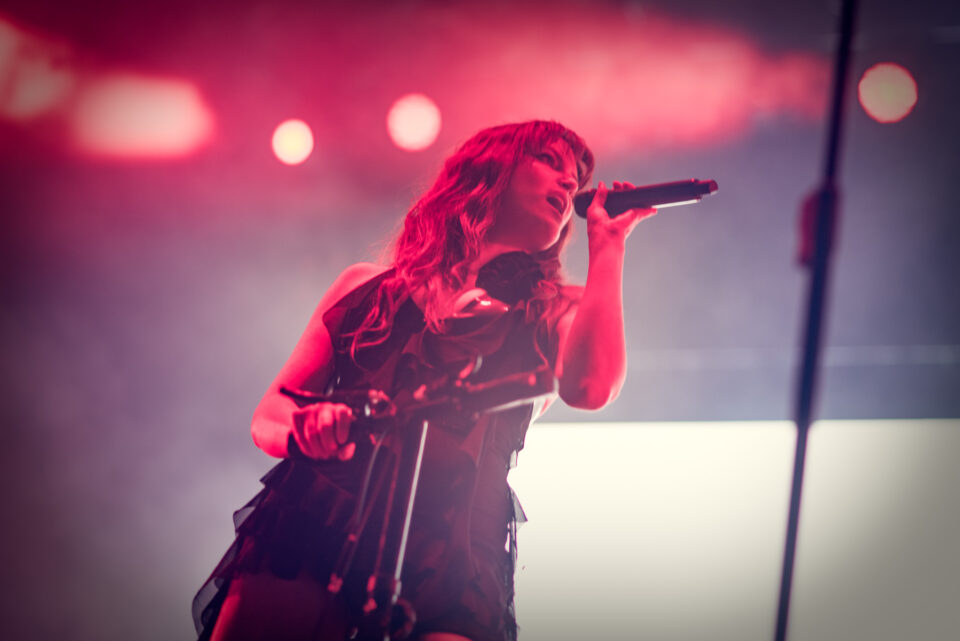
MUNA
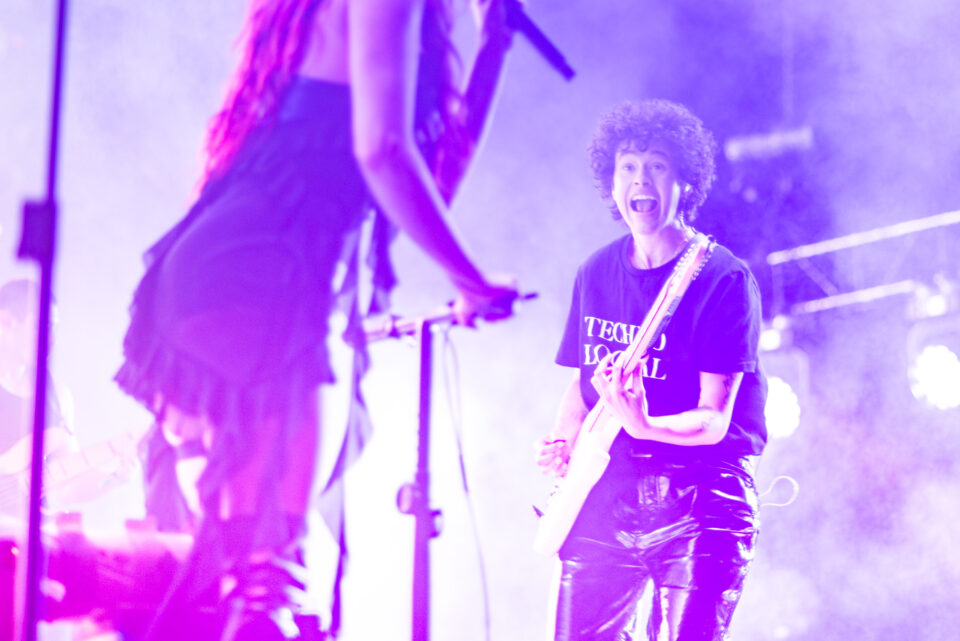
MUNA
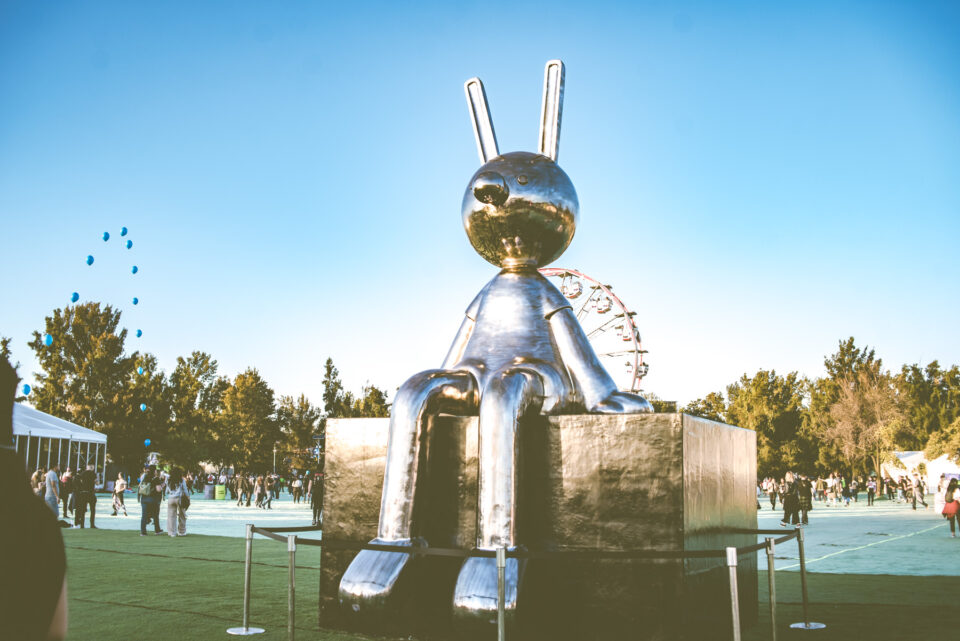
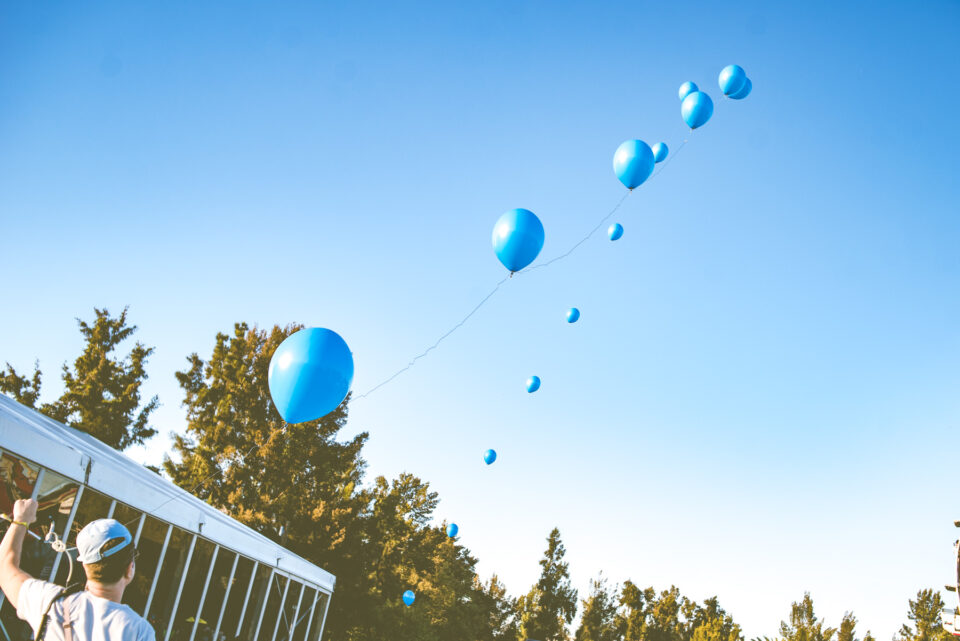

KennyHoopla
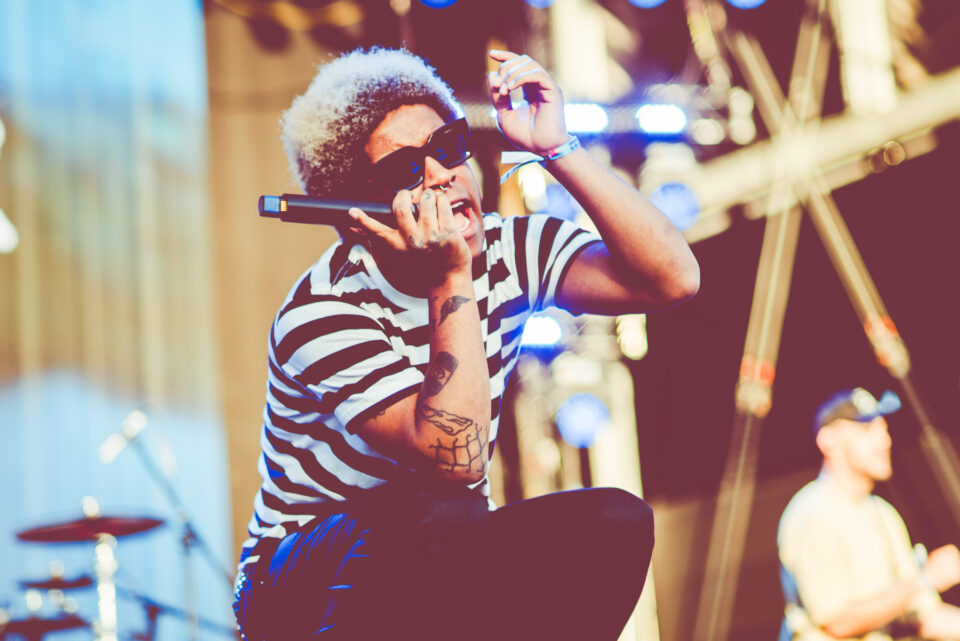
KennyHoopla
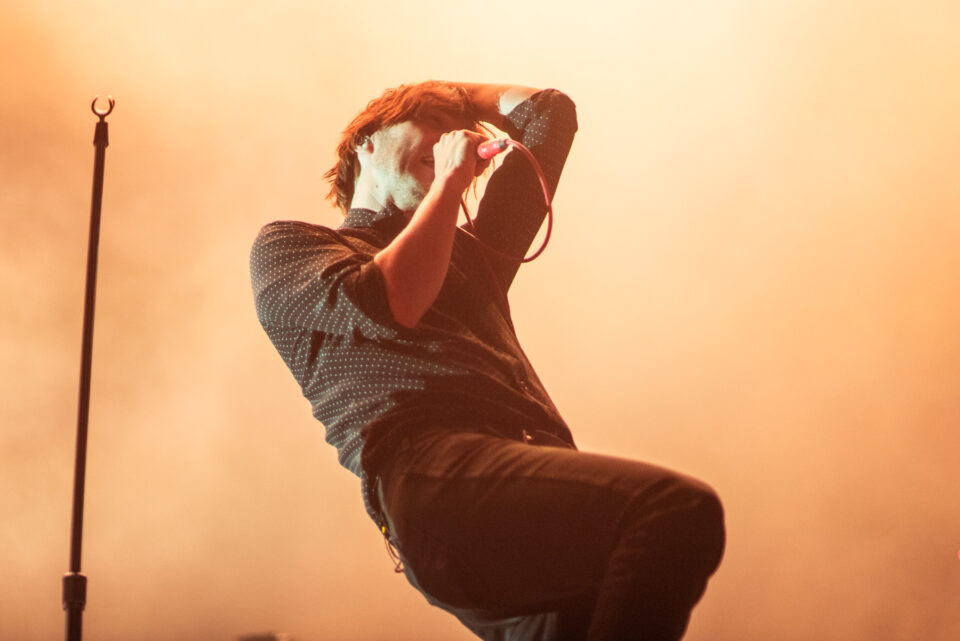
Phoenix

Phoenix
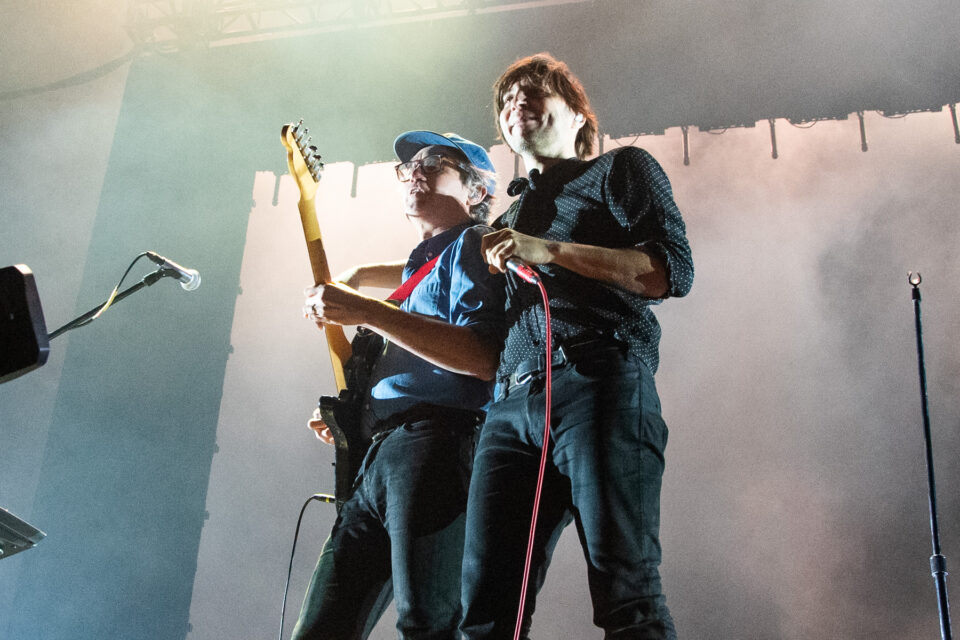
Phoenix
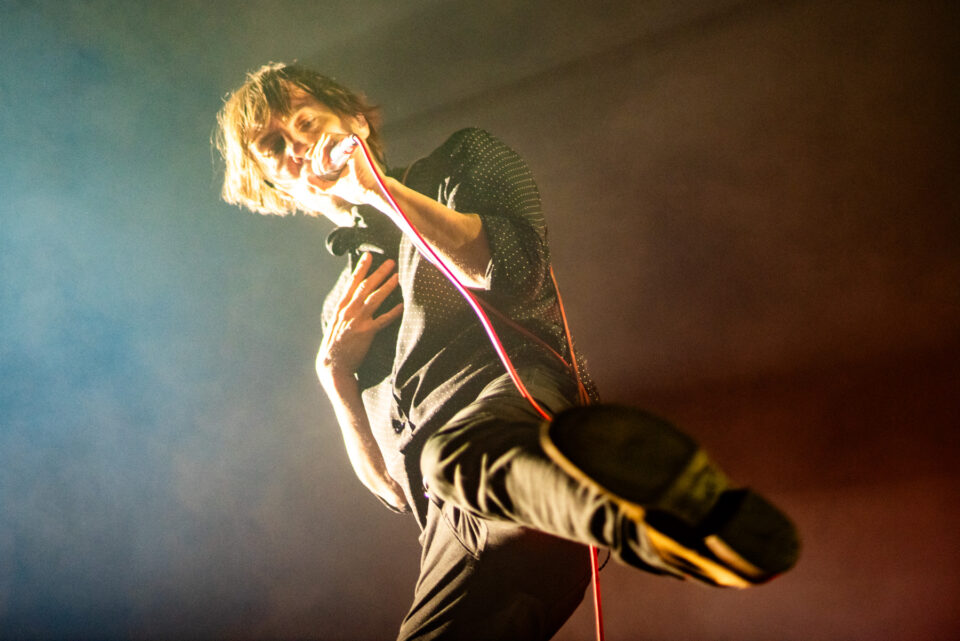
Phoenix
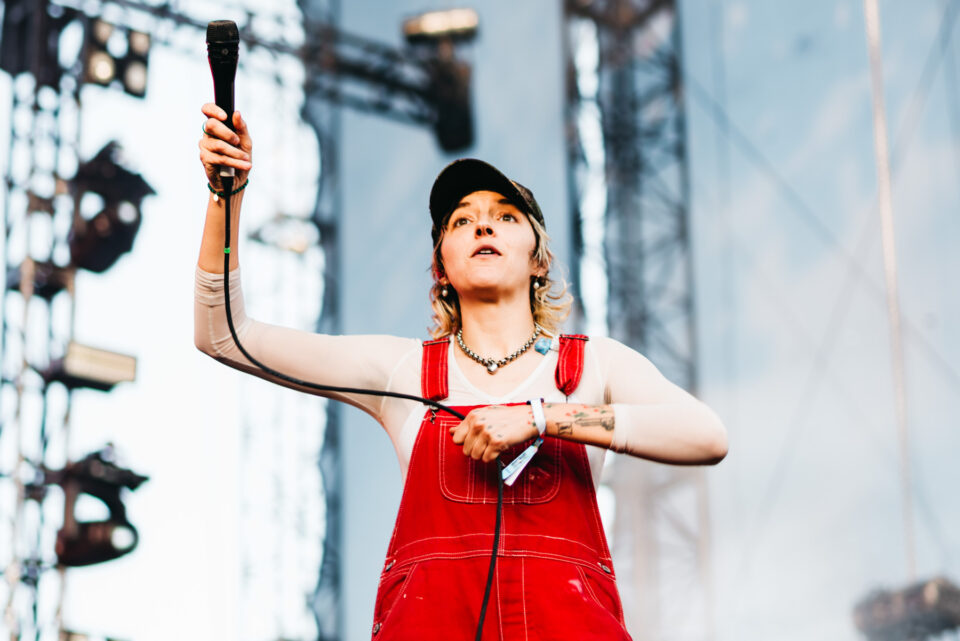
Caroline Rose

Sampa The Great


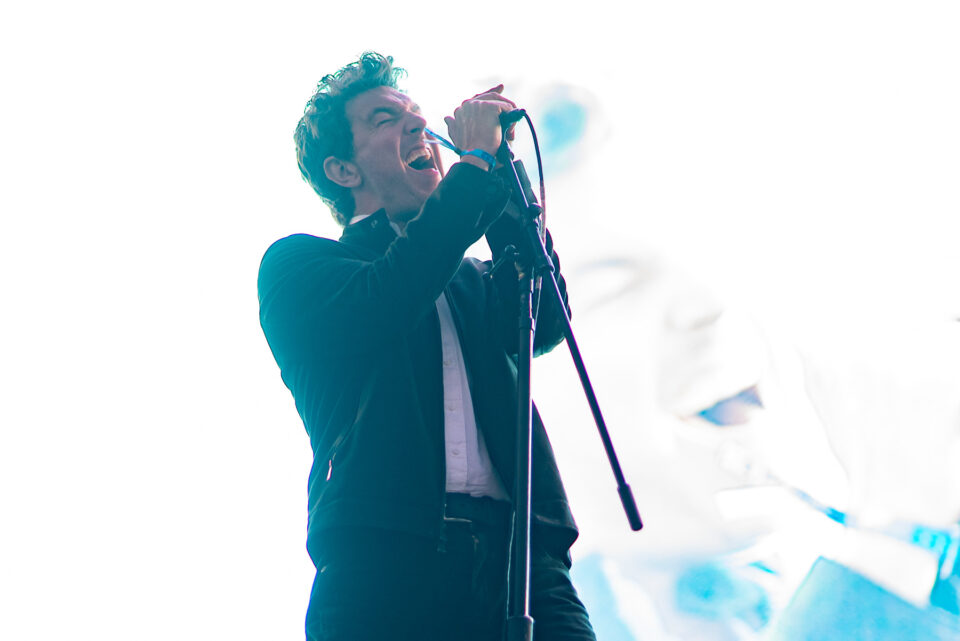
The Walkmen

Soccer Mommy
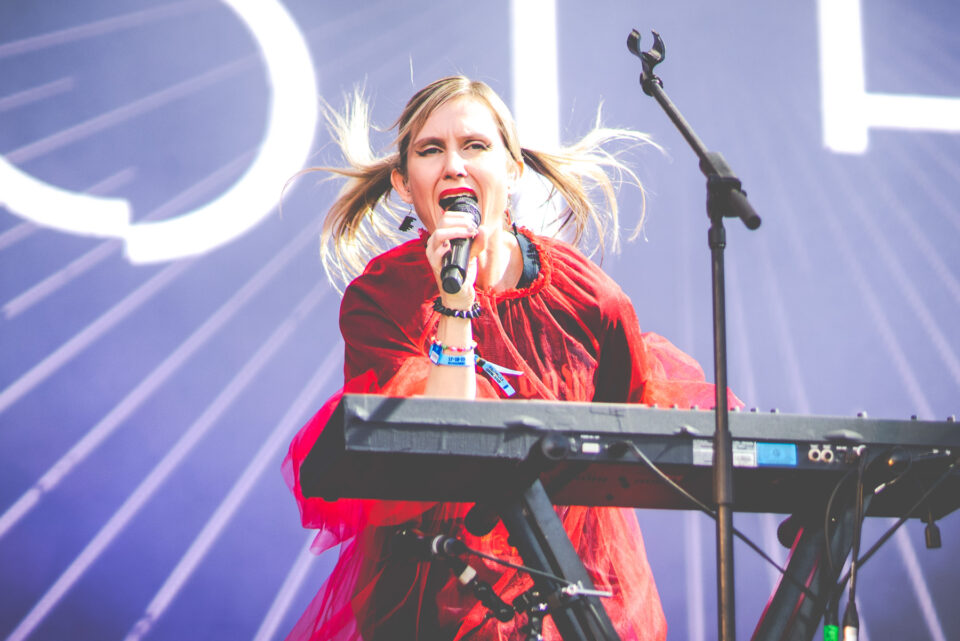
Mother Mother
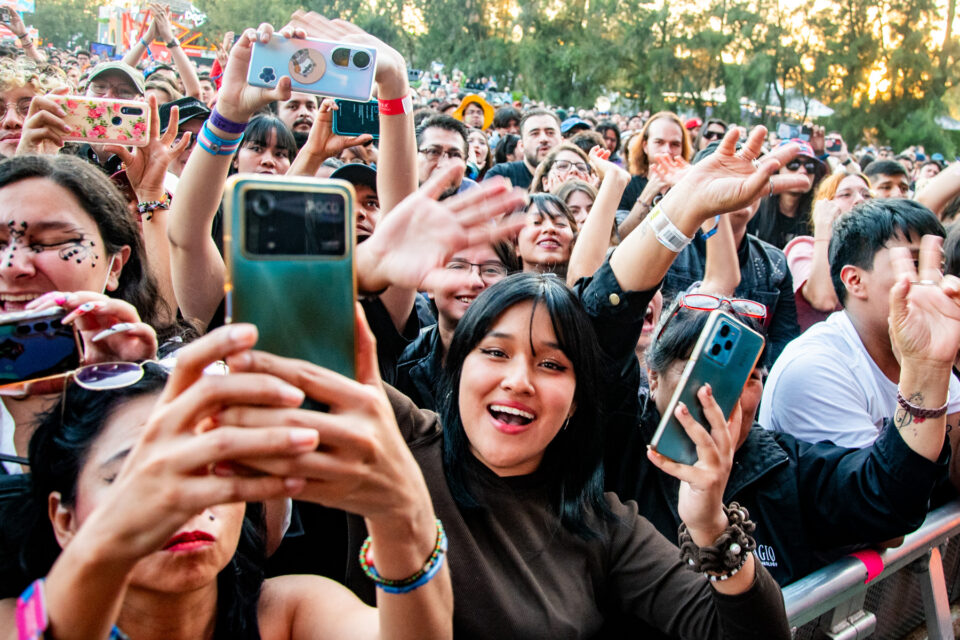

DAY 2
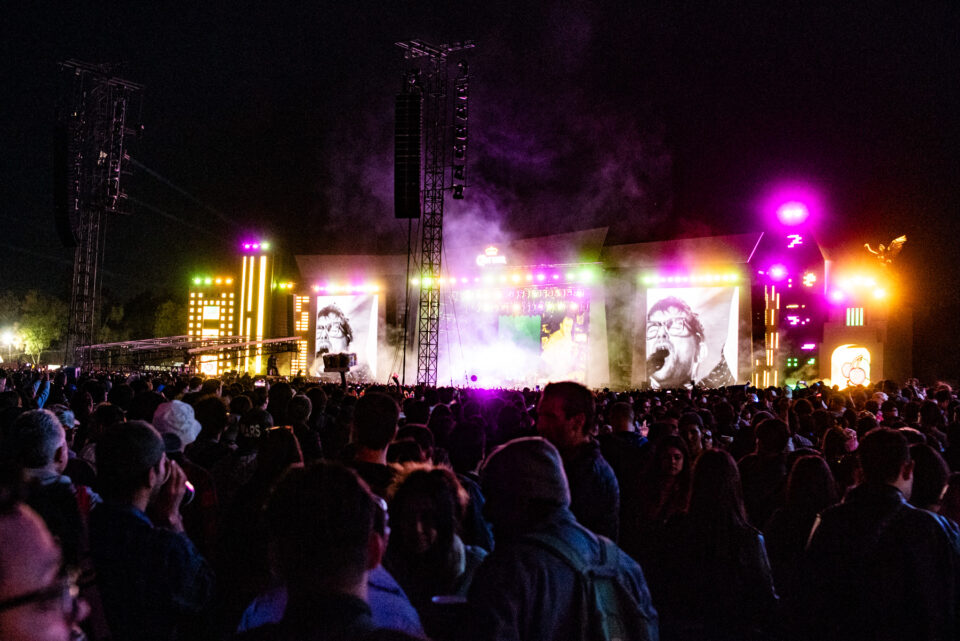
Blur

Blur

Blur
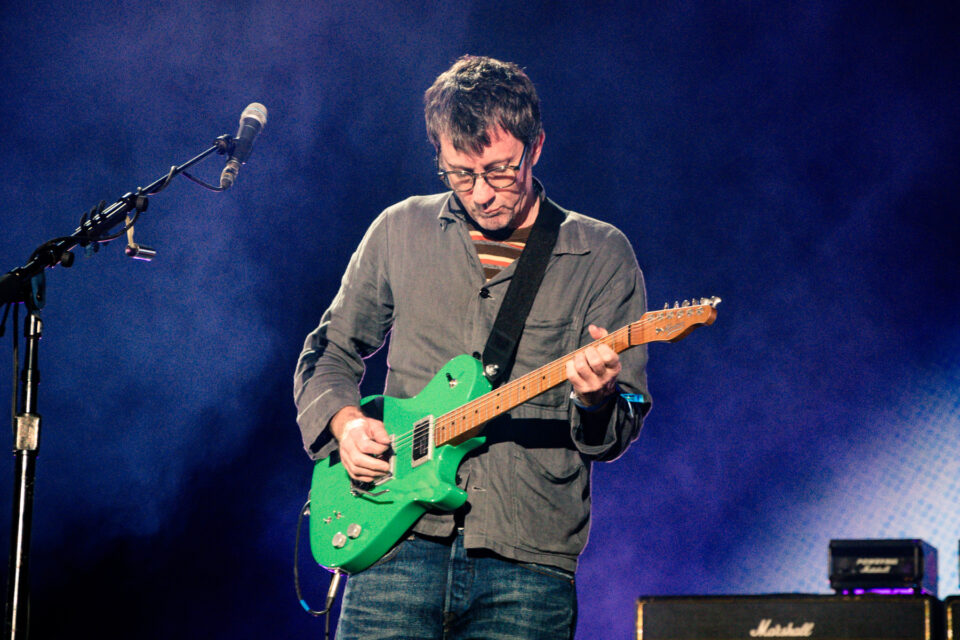
Blur
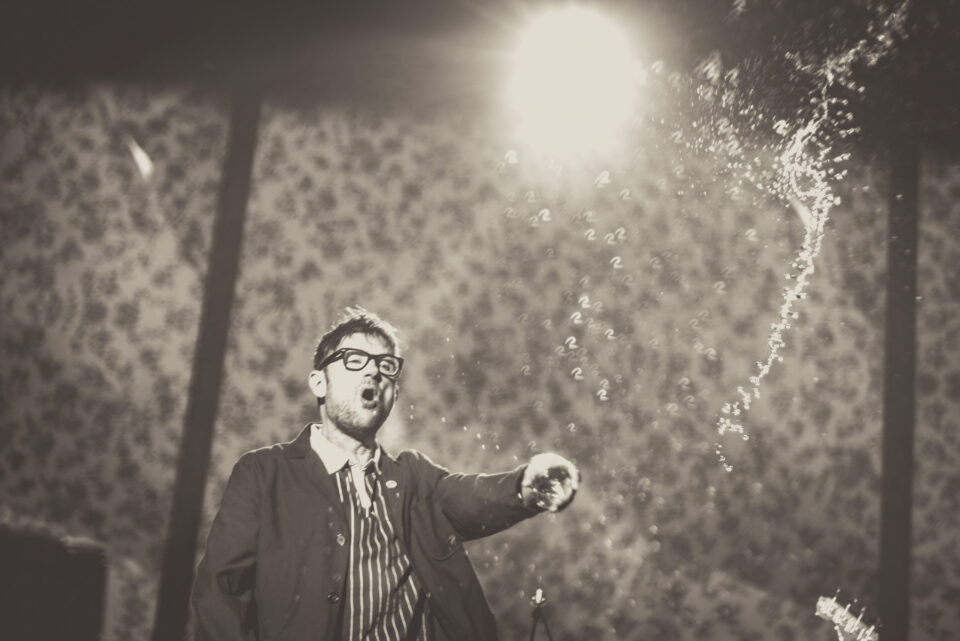
Blur at Corona Capital in Mexico City, Mexico. November 18, 2023. Photo by Annie Lesser
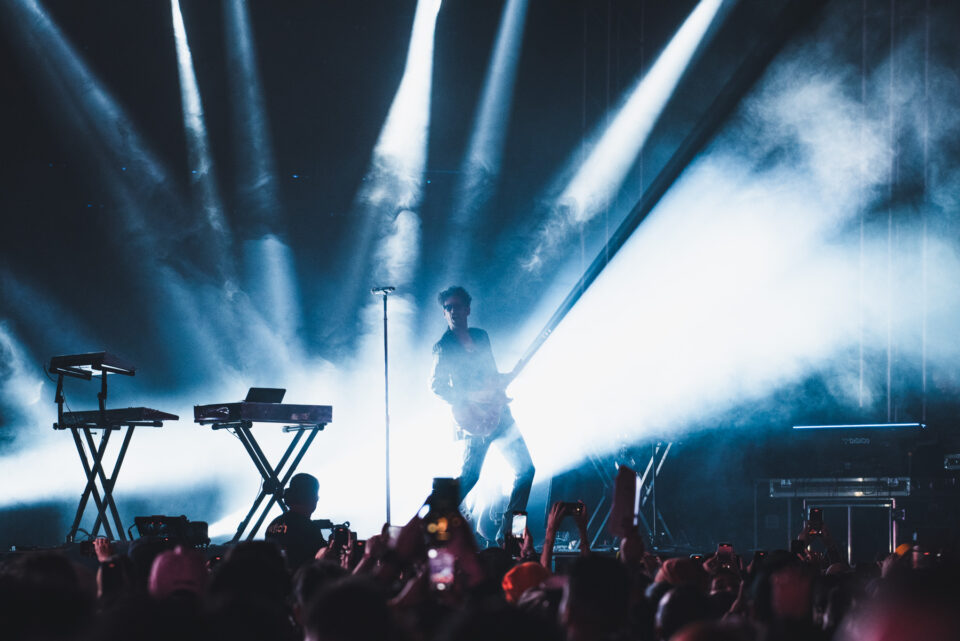
Chromeo
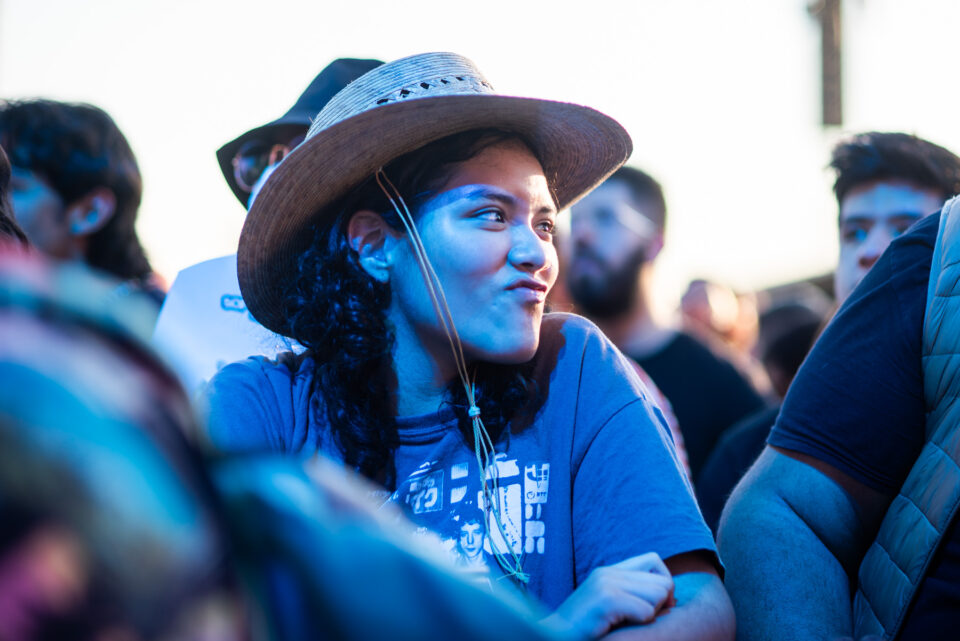
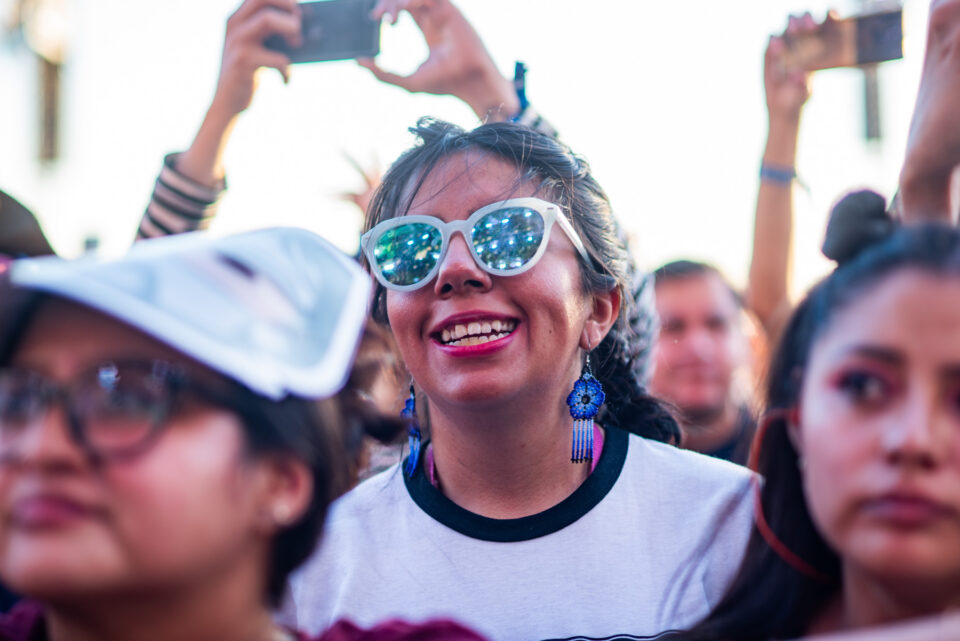

Jungle
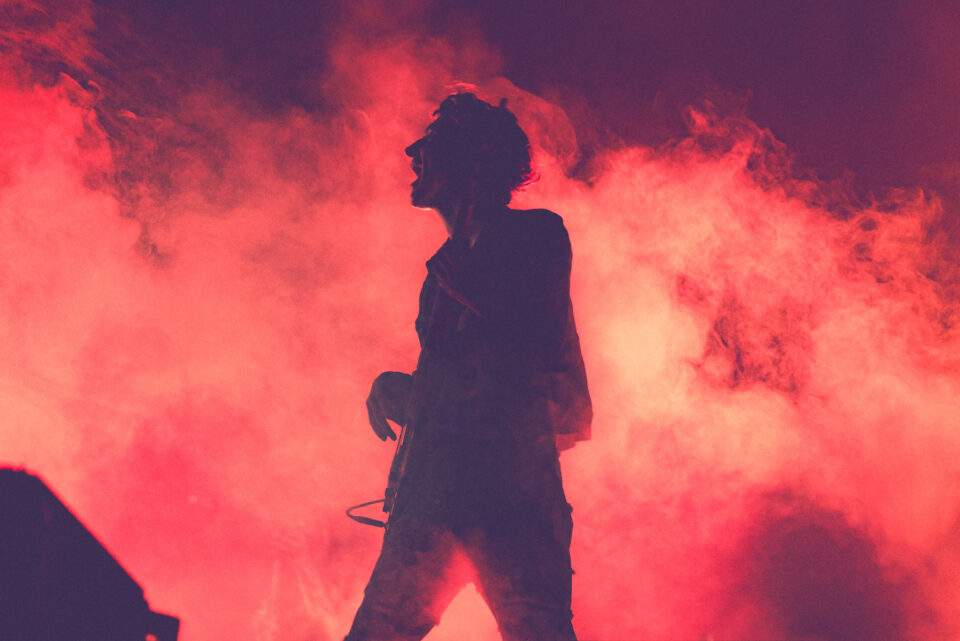
Parcels
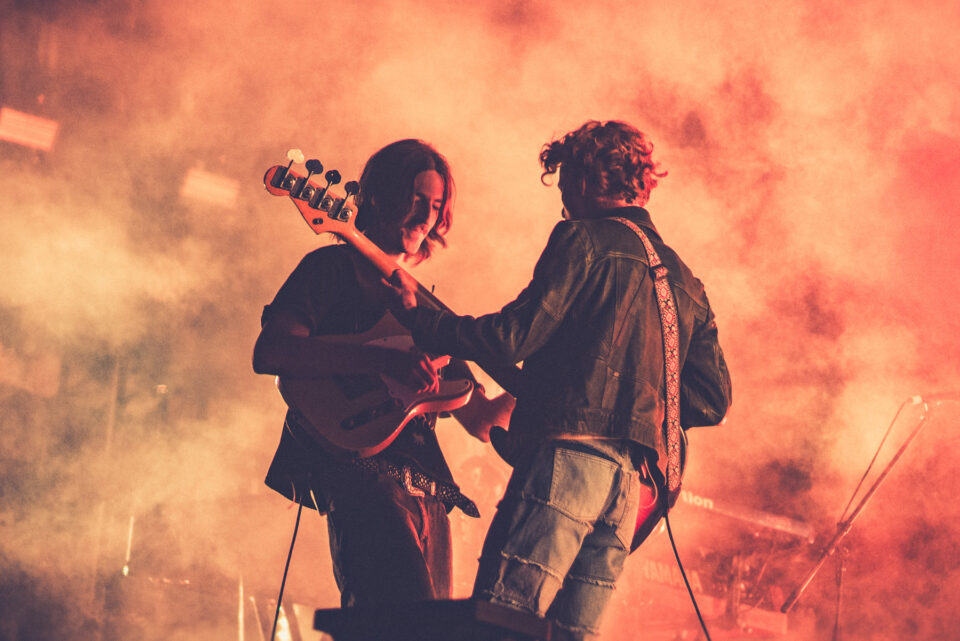
Parcels
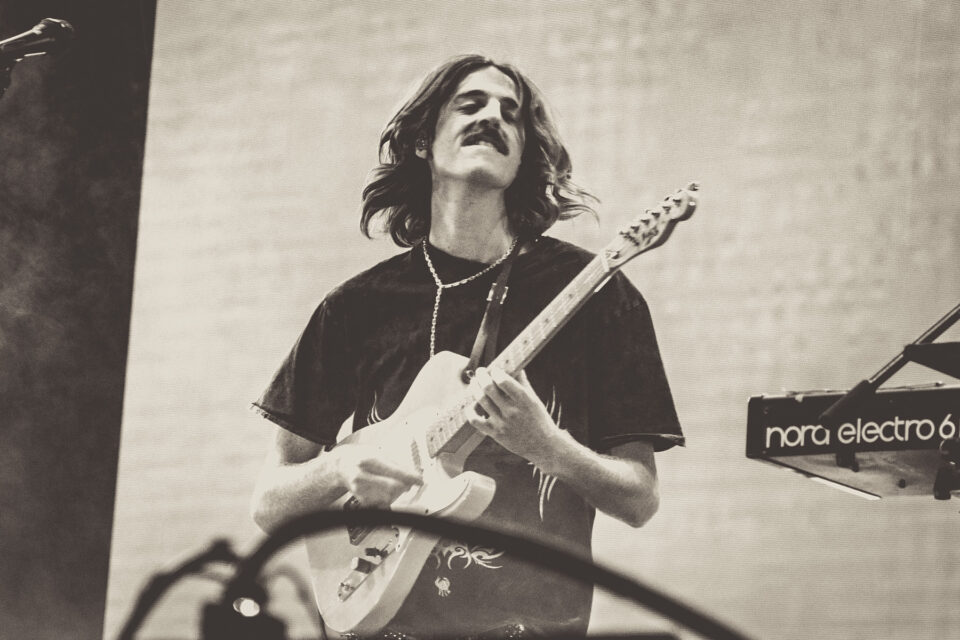
Parcels

Parcels
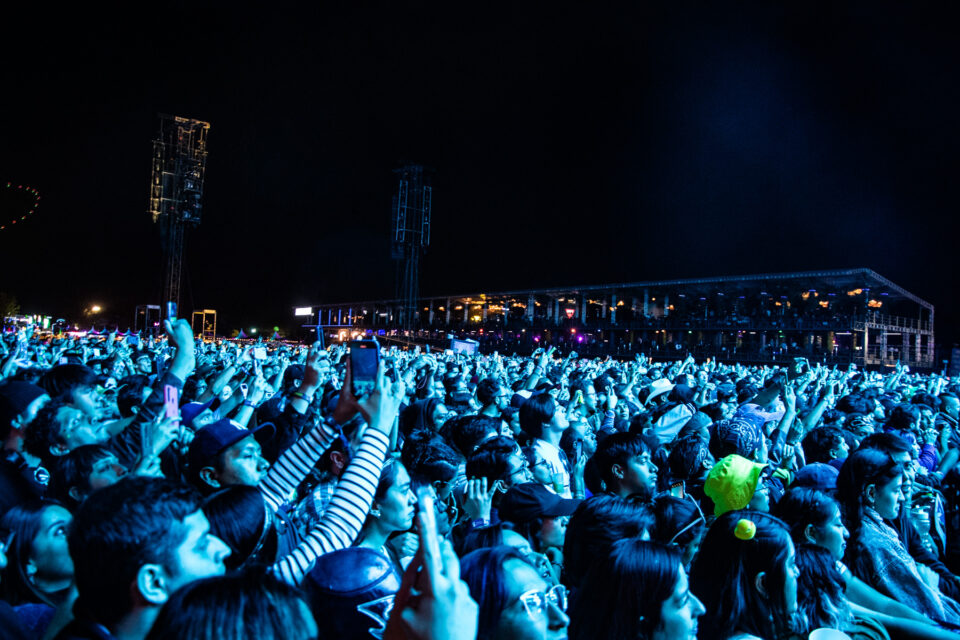
Parcels

Fever Ray
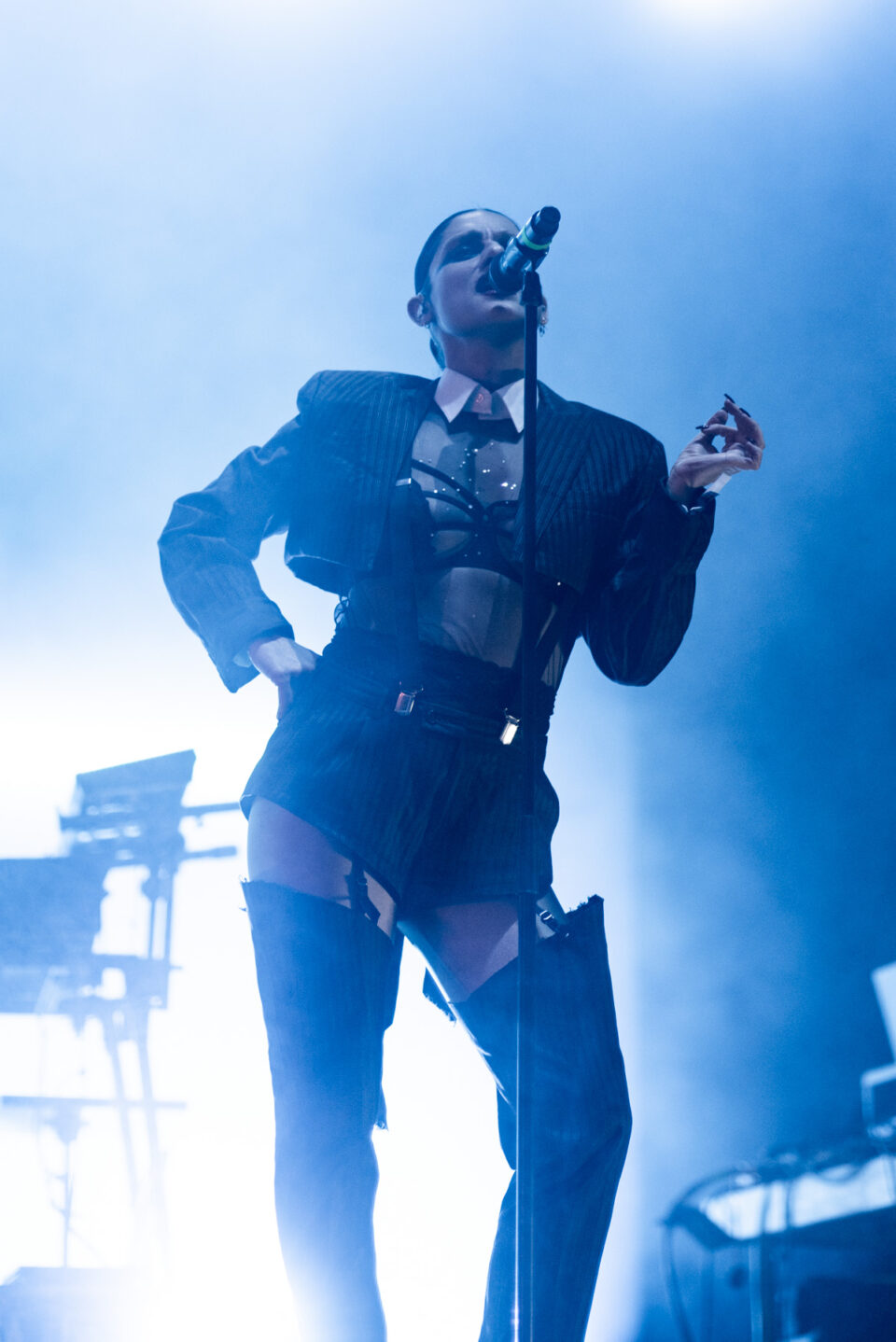
Fever Ray
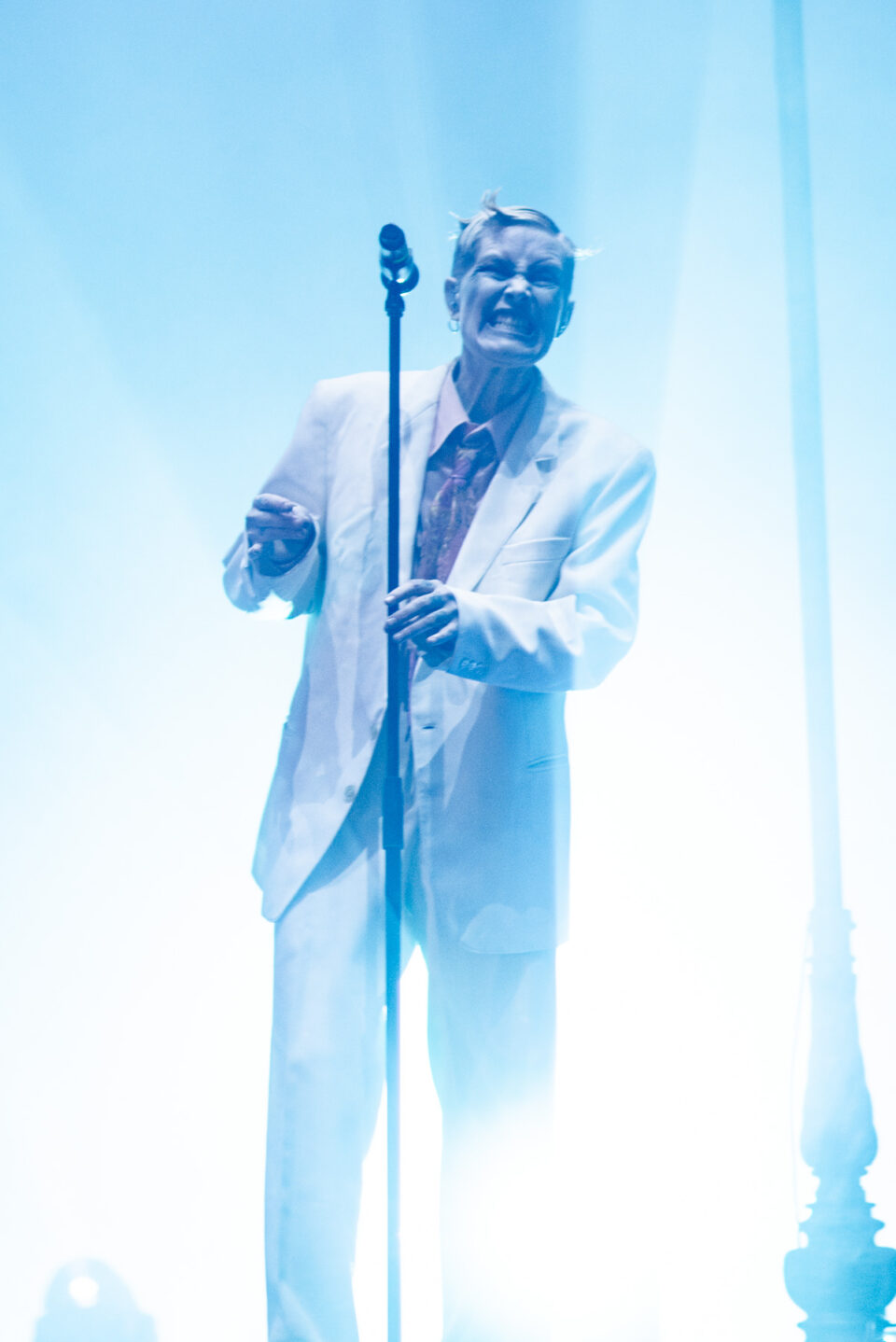
Fever Ray
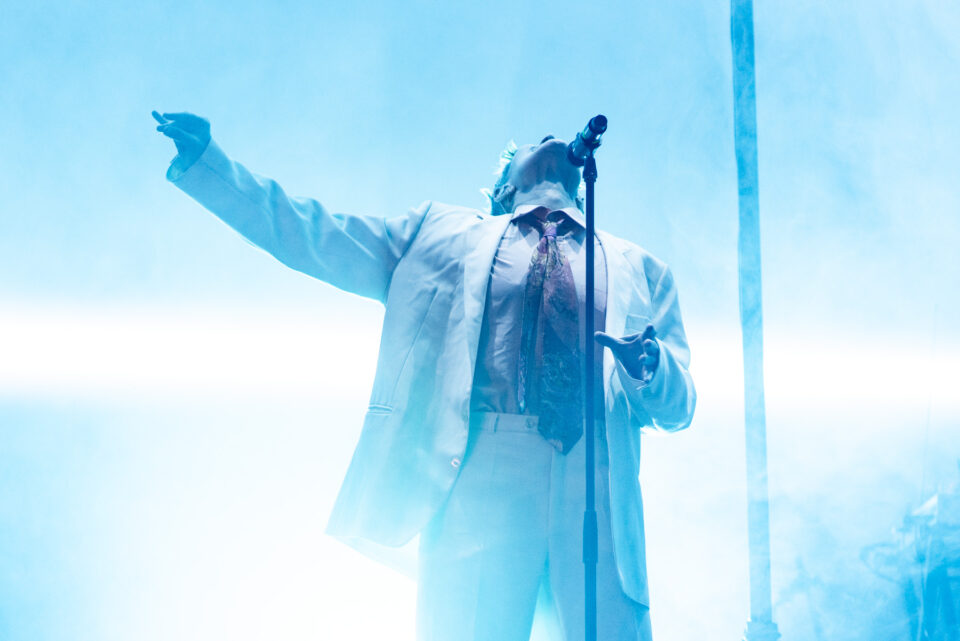
Fever Ray
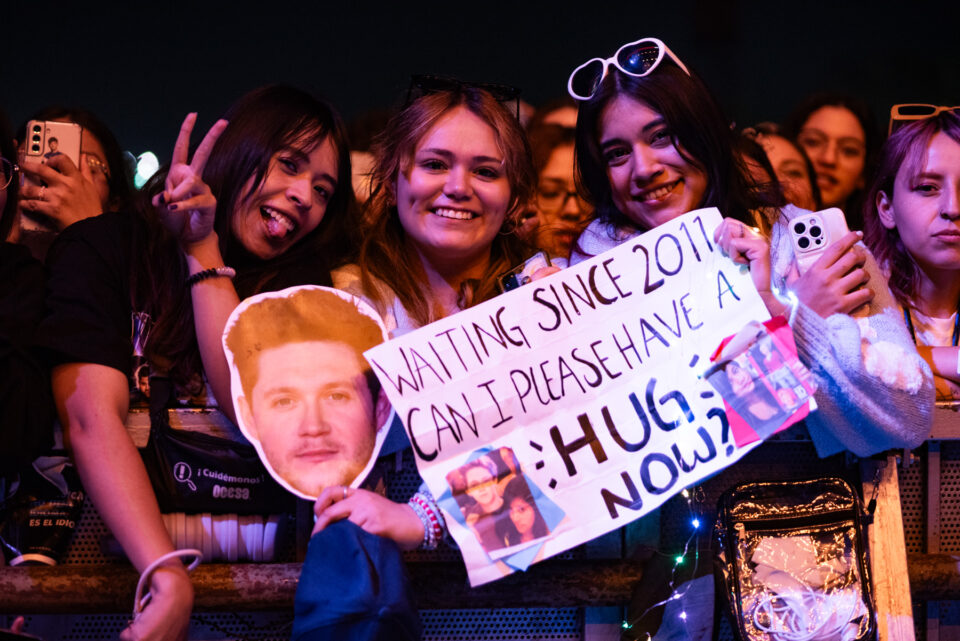
Niall Horan
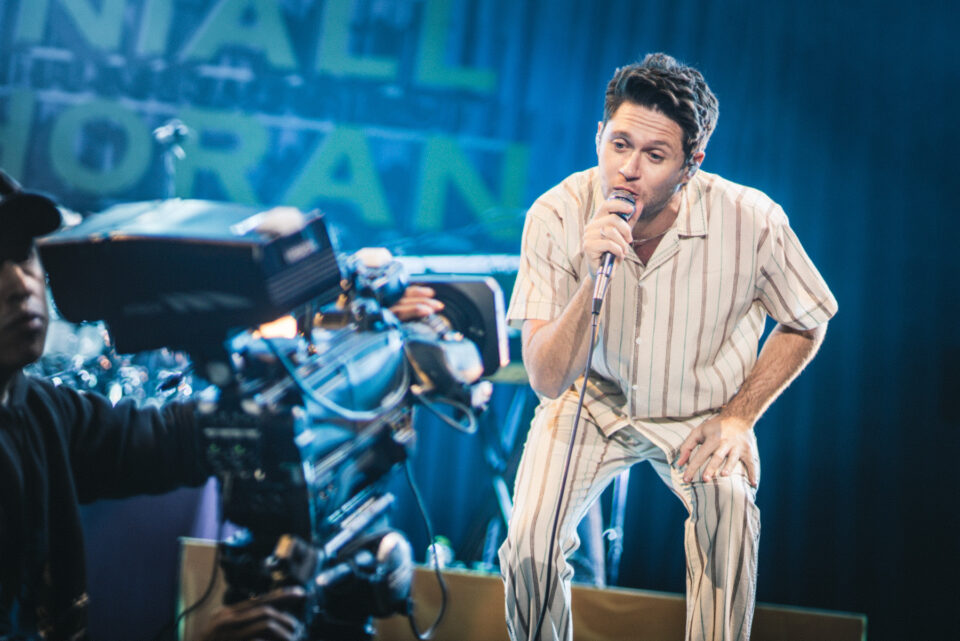
Niall Horan

Niall Horan
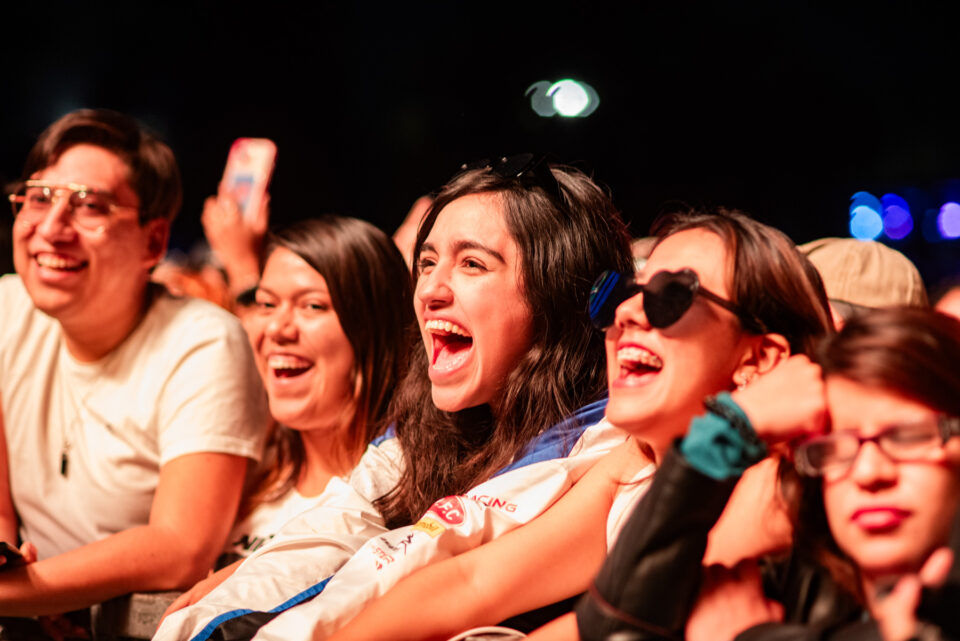
Niall Horan
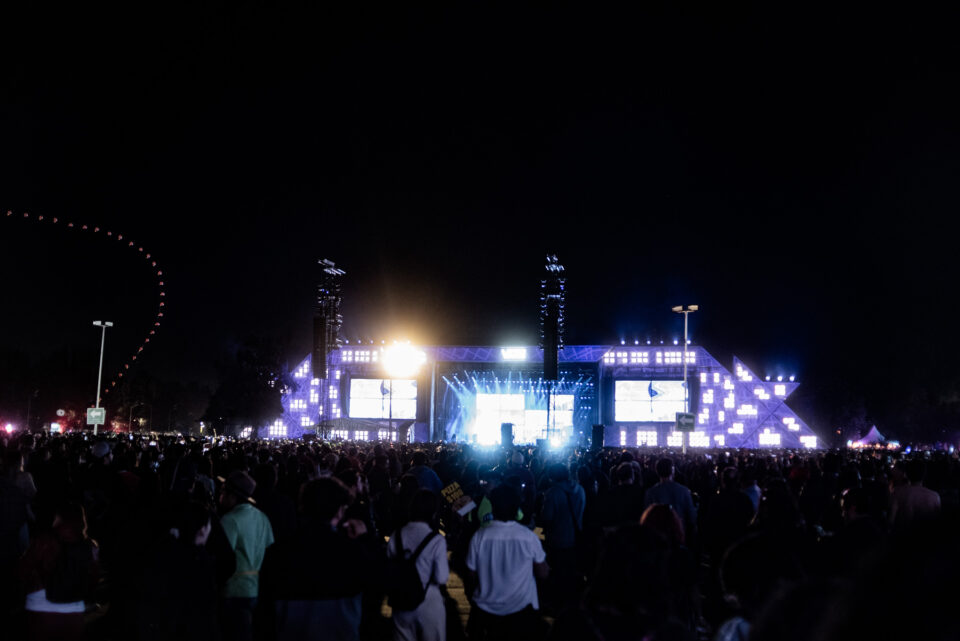
The Black Keys
DAY 3
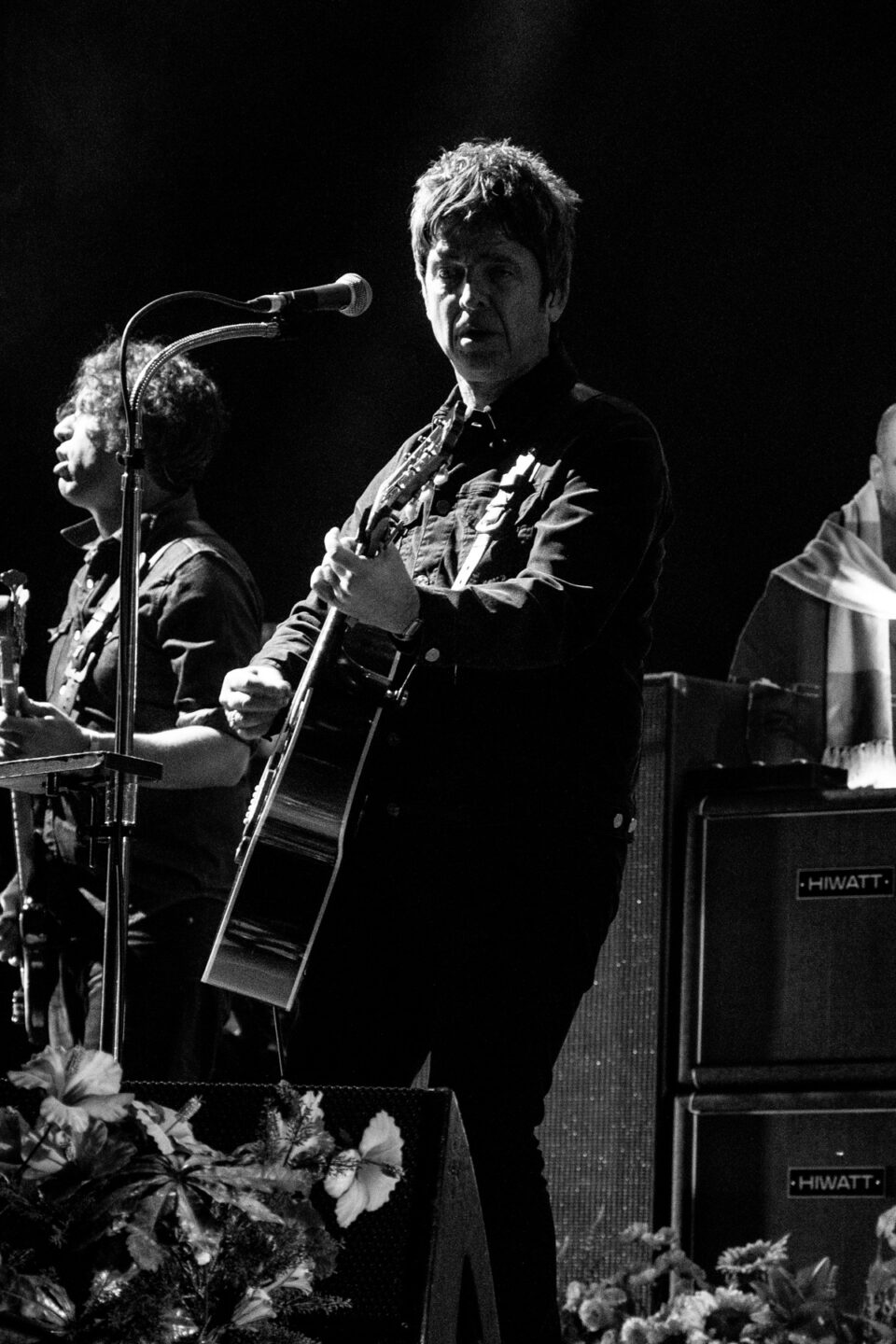
Noel Gallagher
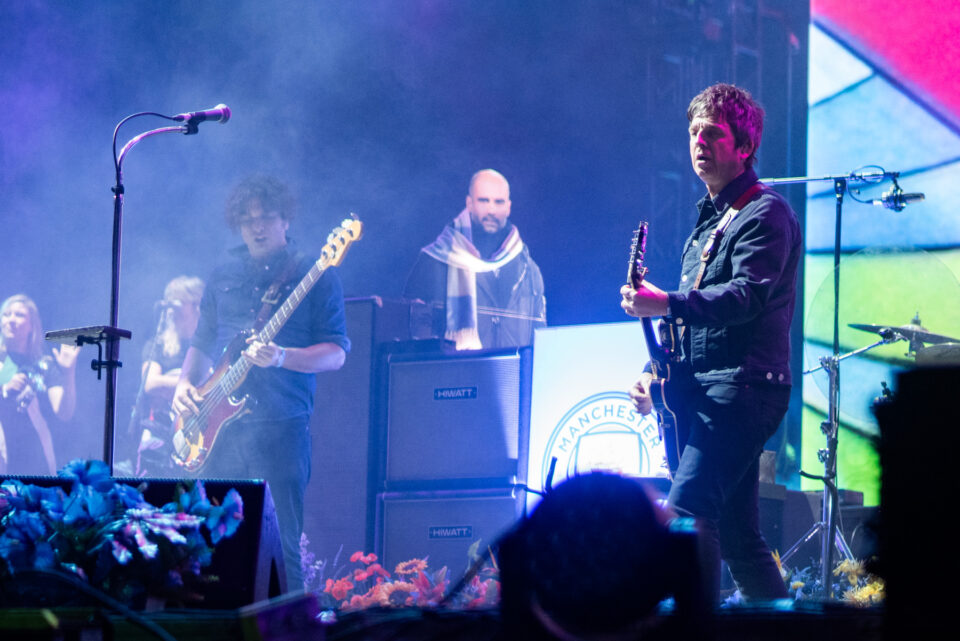
Noel Gallagher
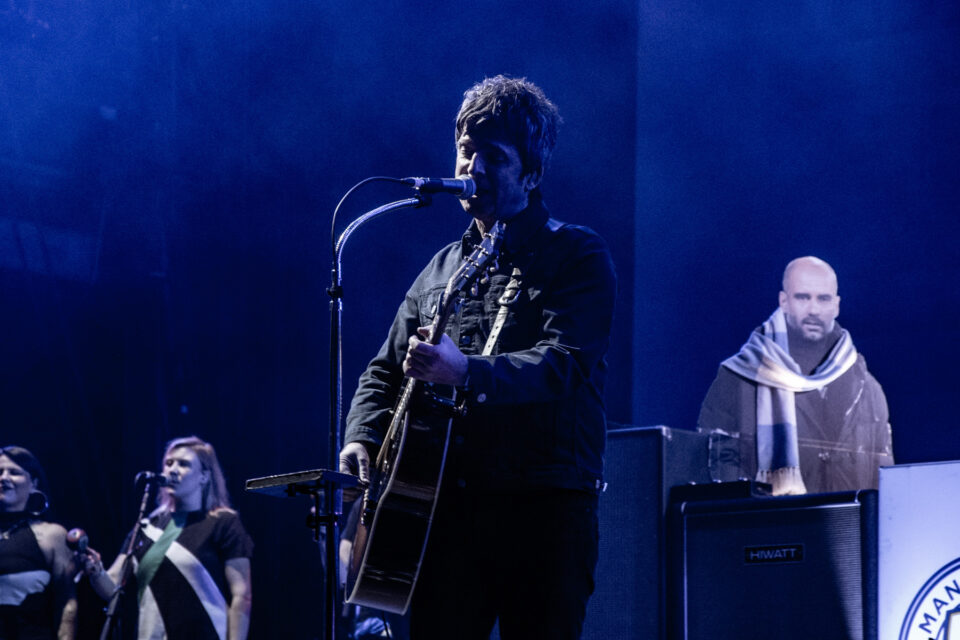
Noel Gallagher
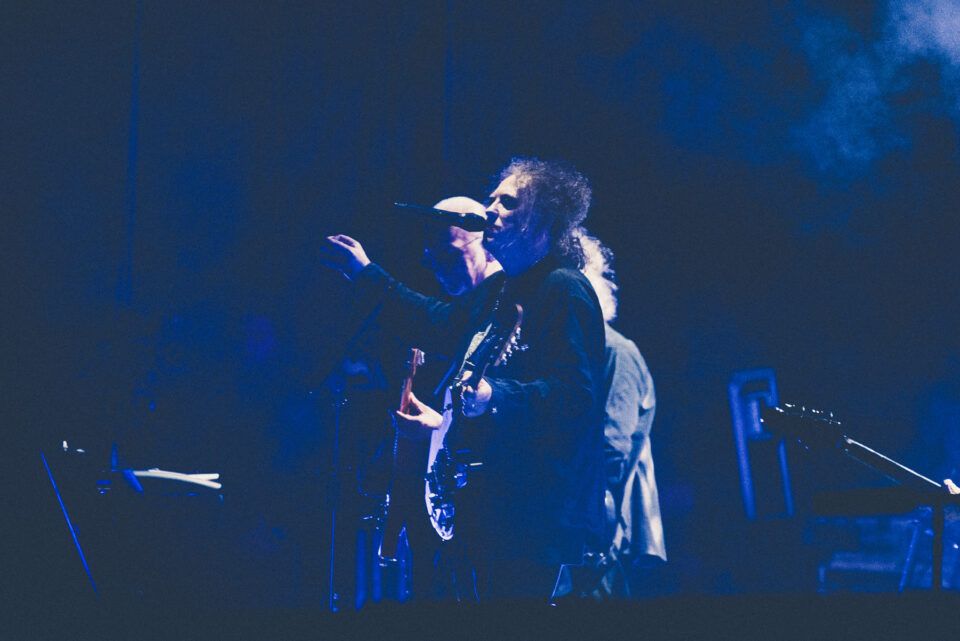
The Cure
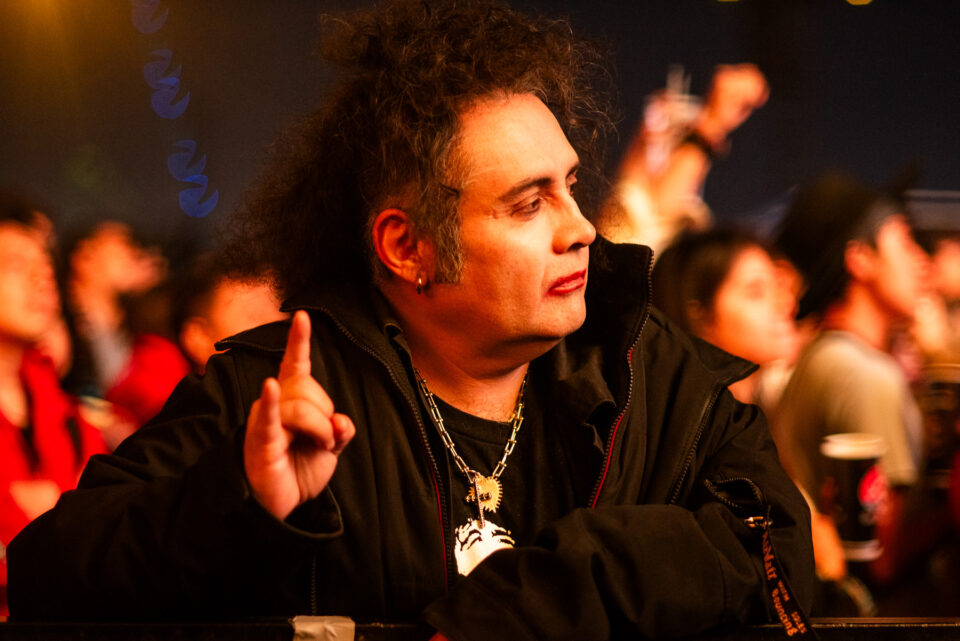

Arlo Parks

Arlo Parks


Sleater-Kinney

Sleater-Kinney
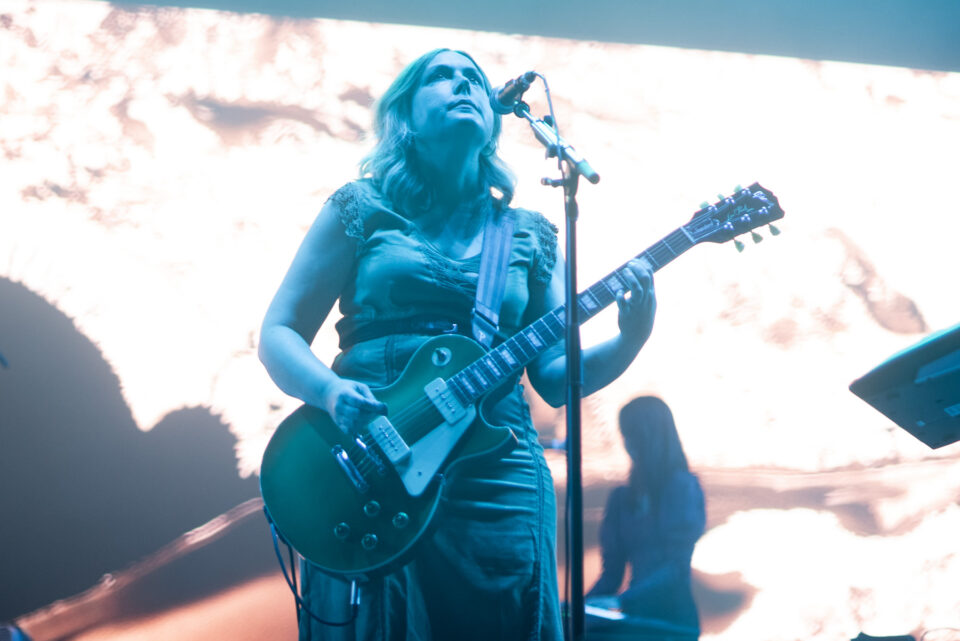
Sleater-Kinney
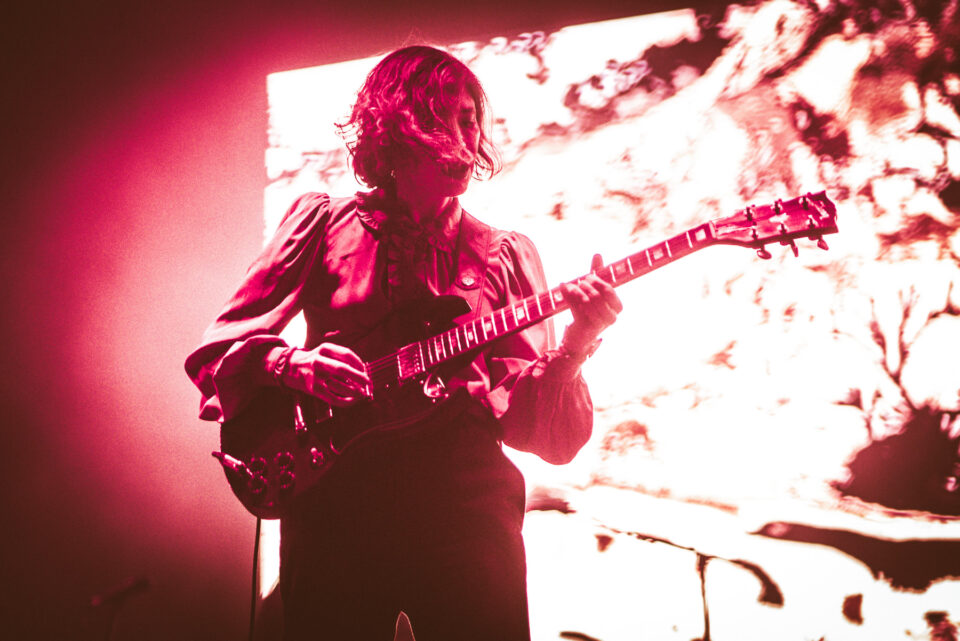
Sleater-Kinney
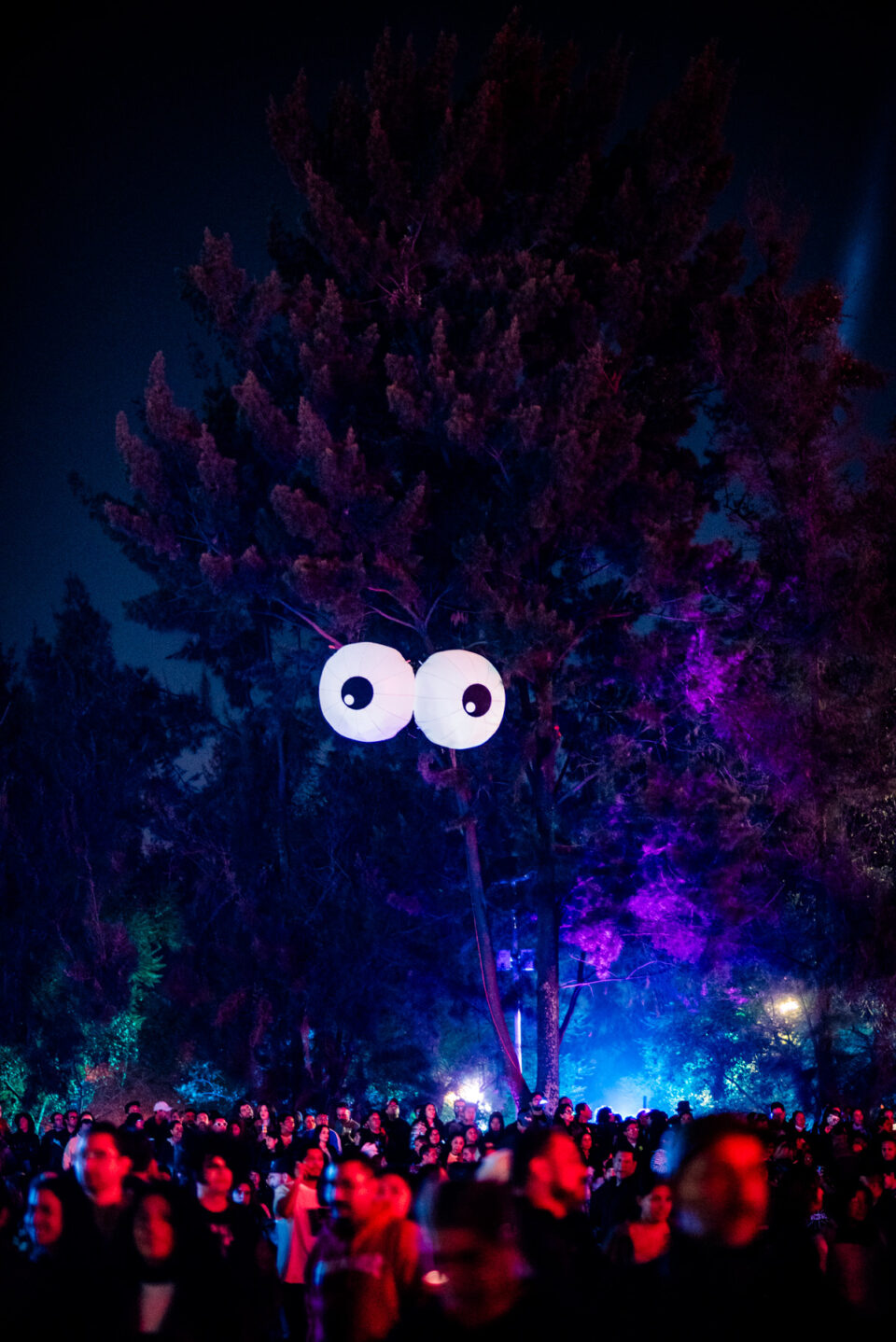

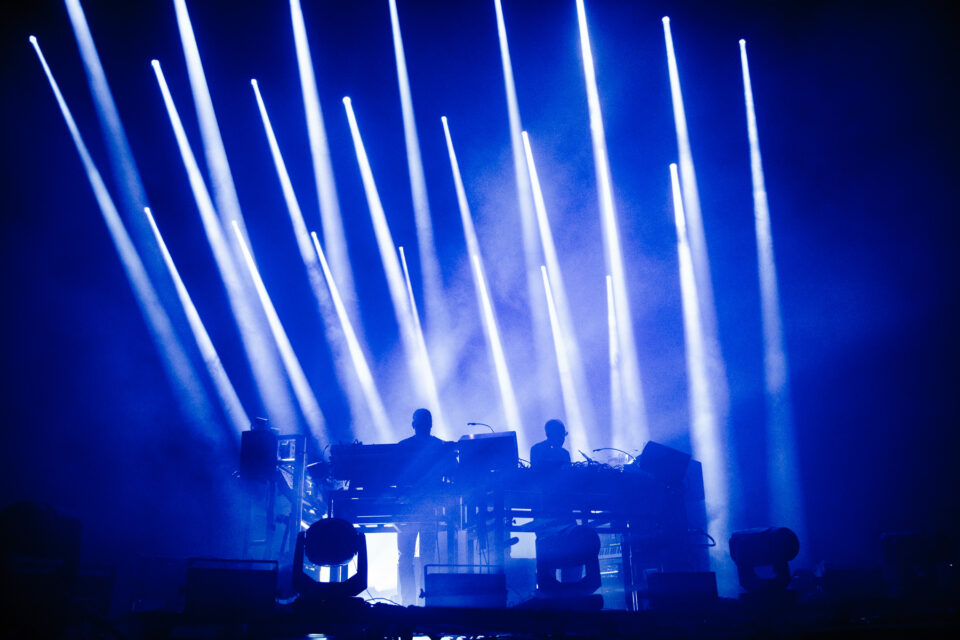
The Chemical Brothers

Feist
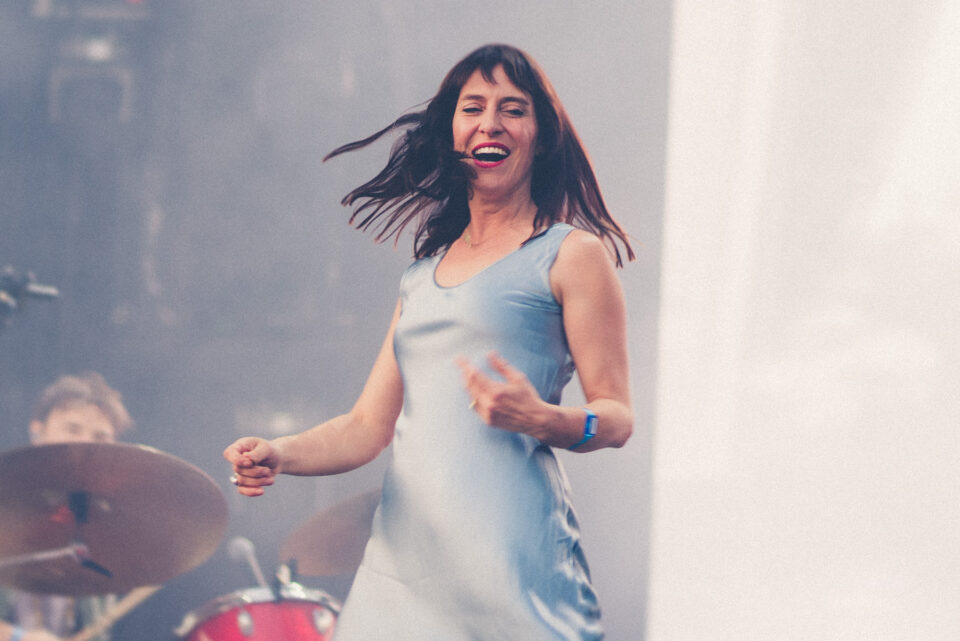
Feist

Feist

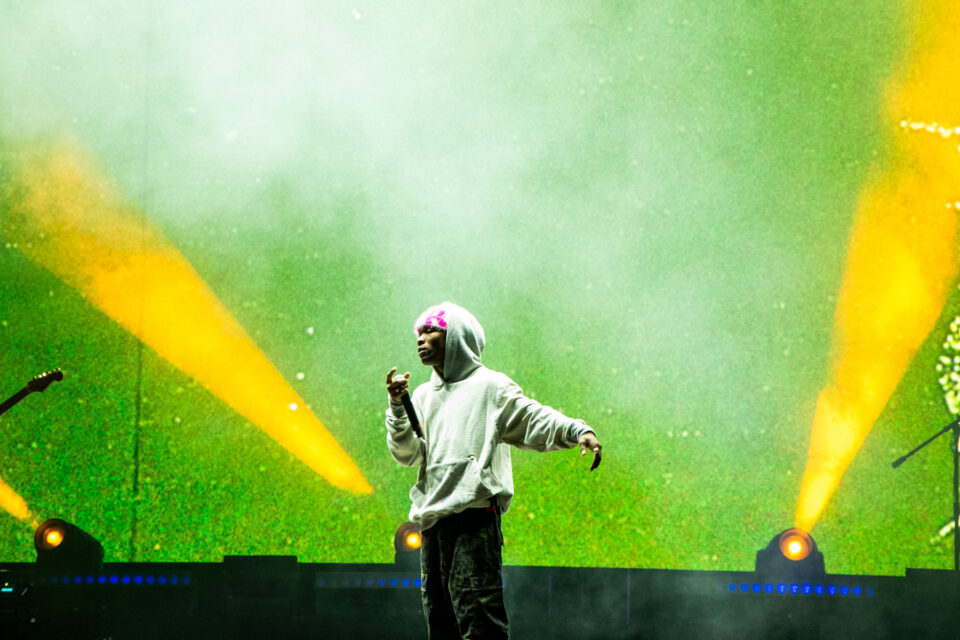
D4VD
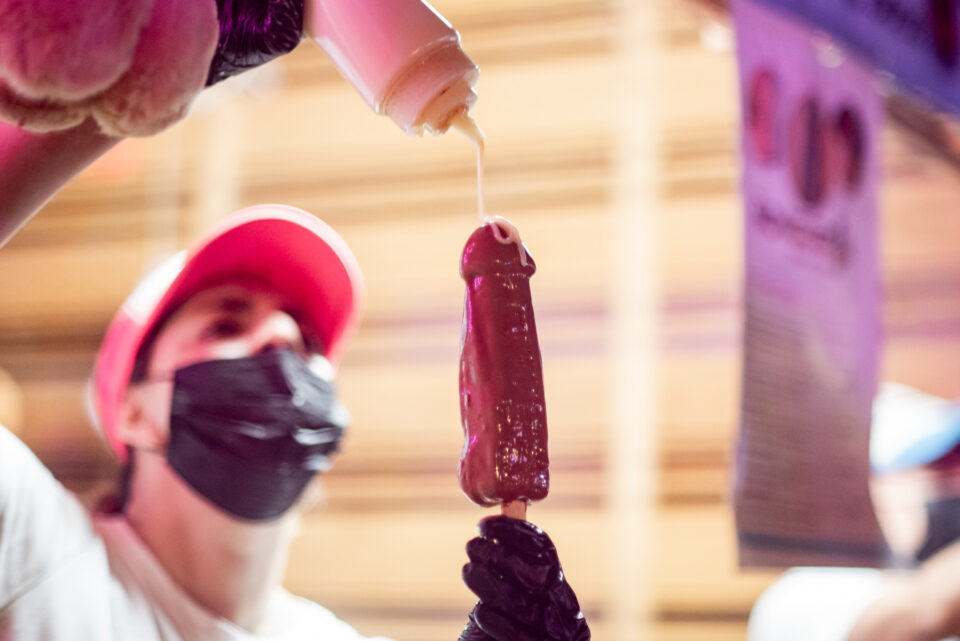
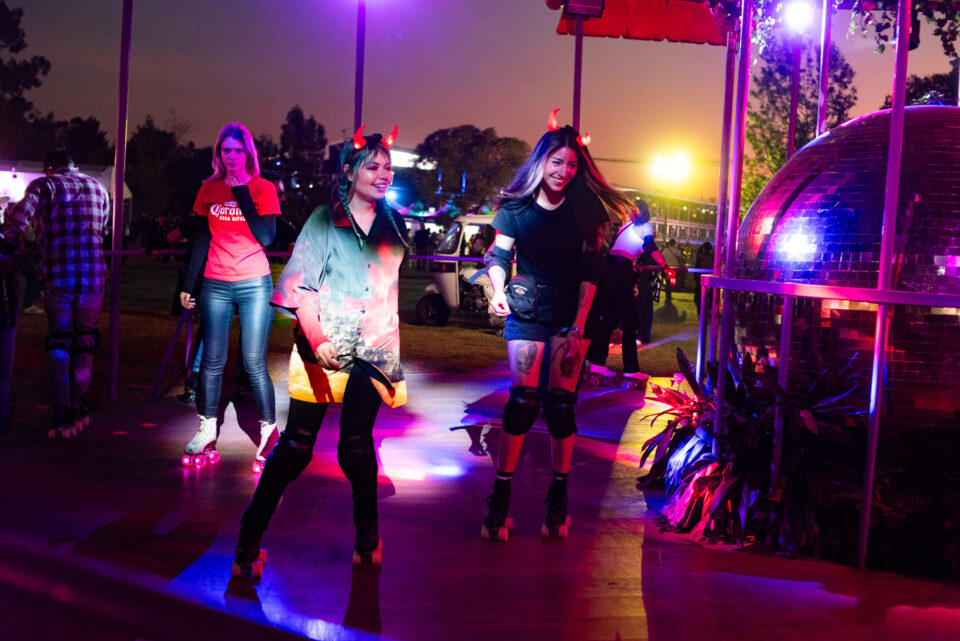

The Lumineers

The Breeders
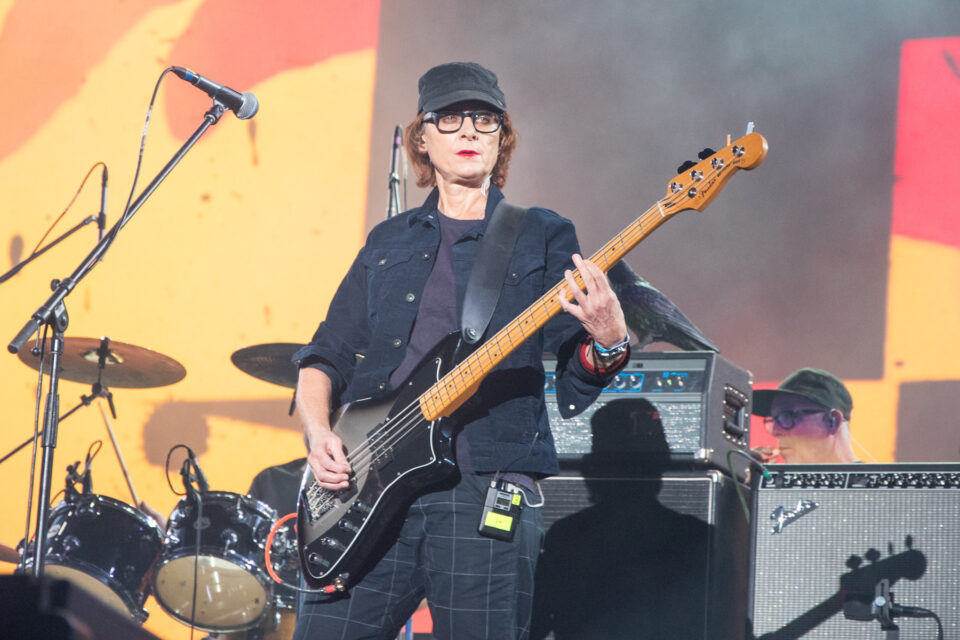
The Breeders
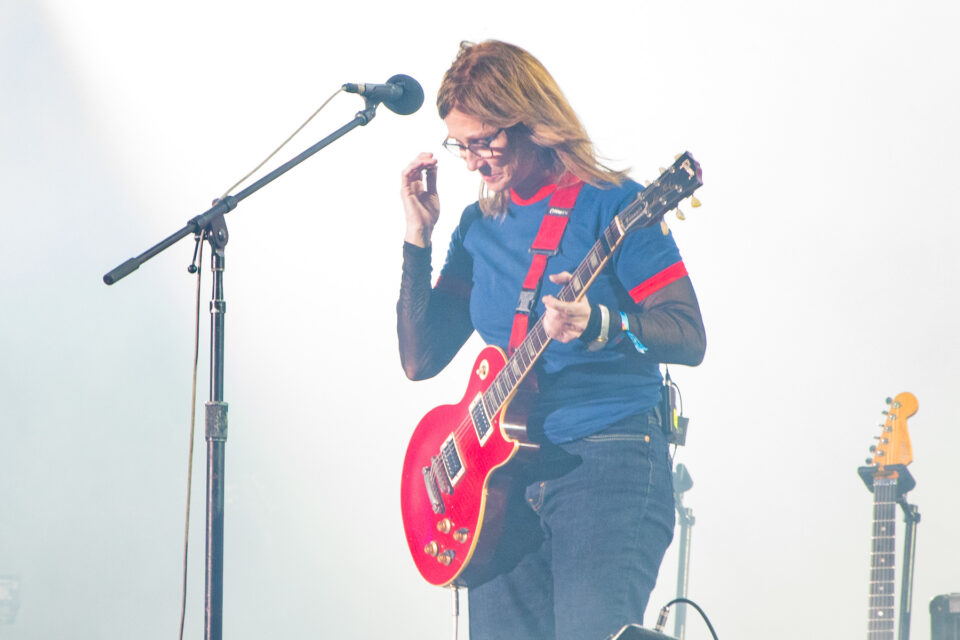
The Breeders

The Breeders
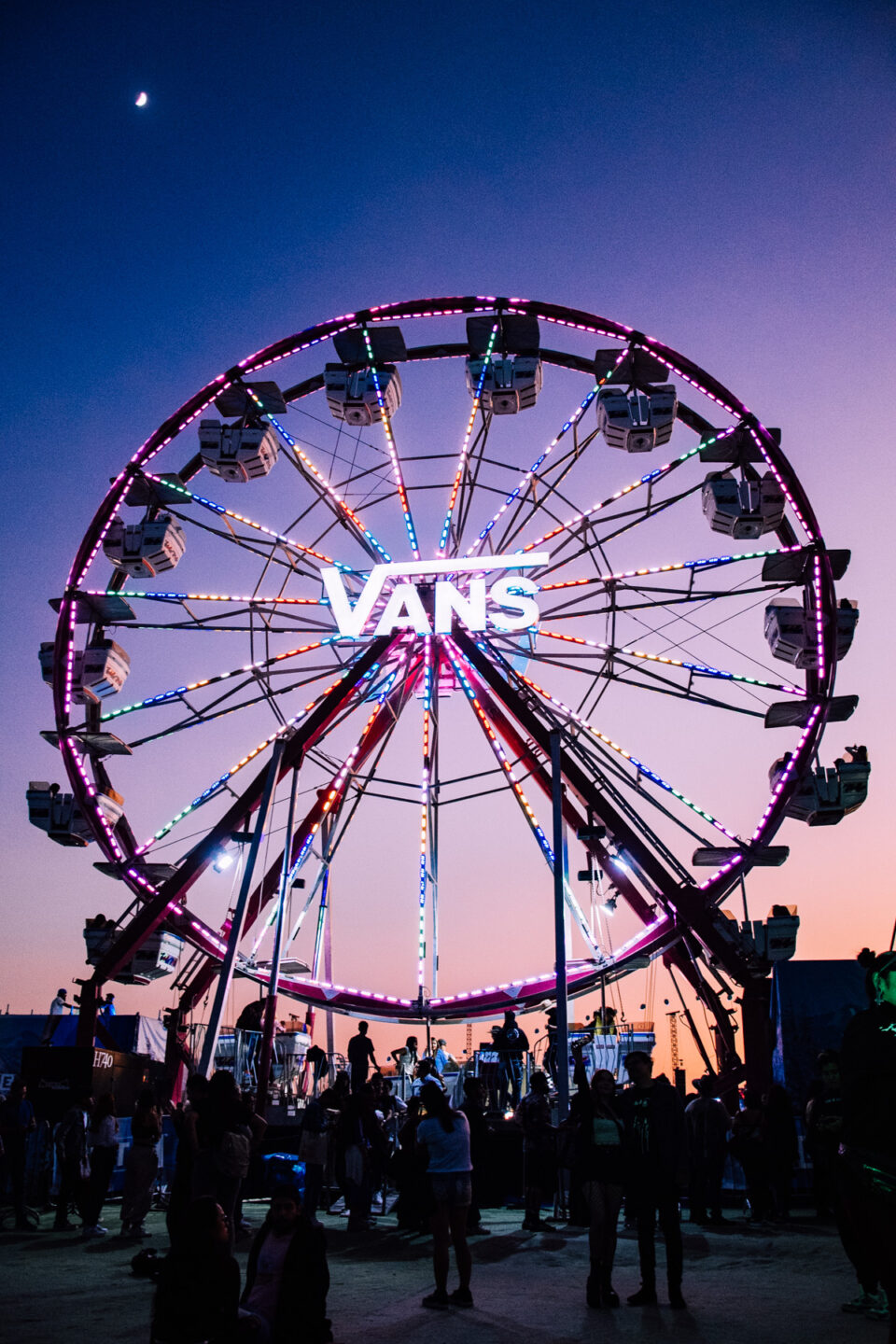
Scroll through the full Corona Capital gallery below.

